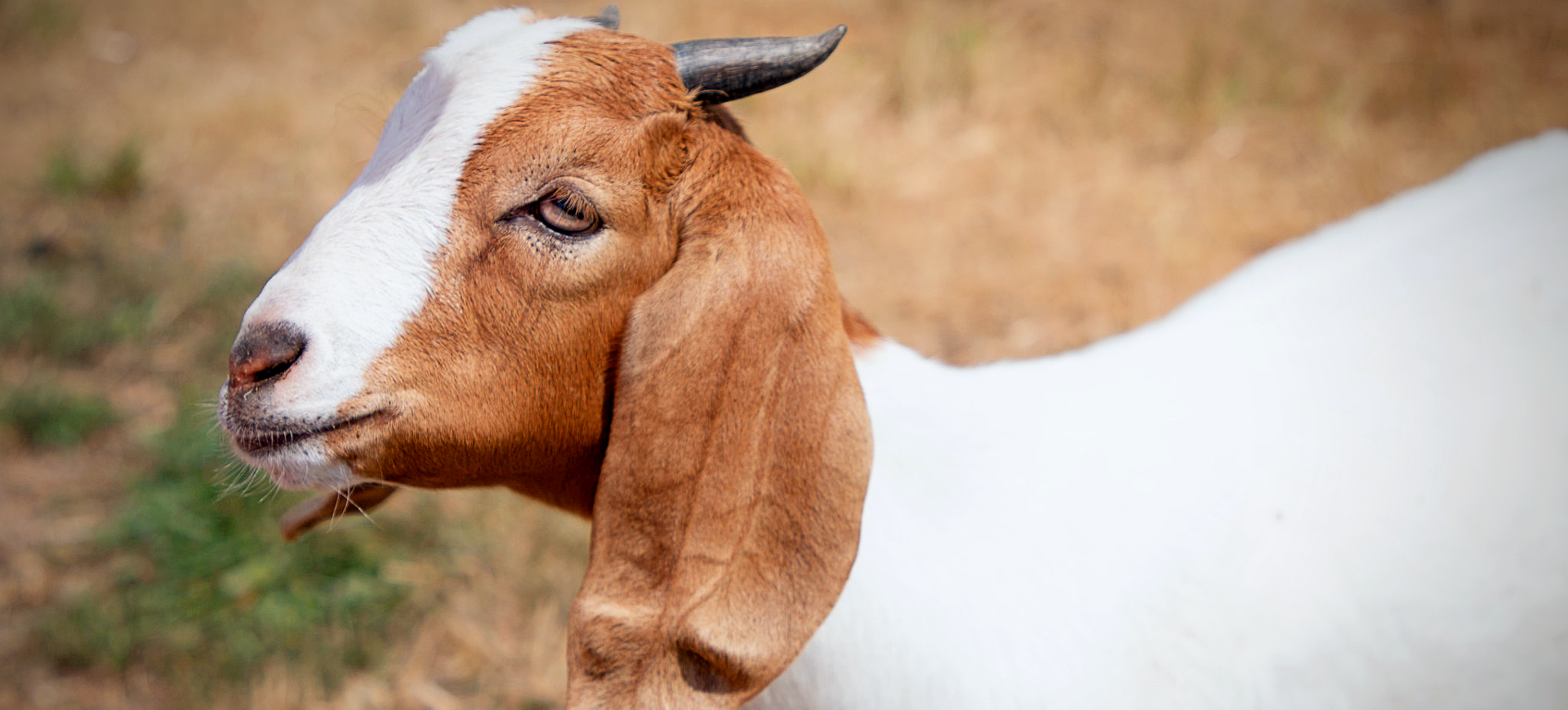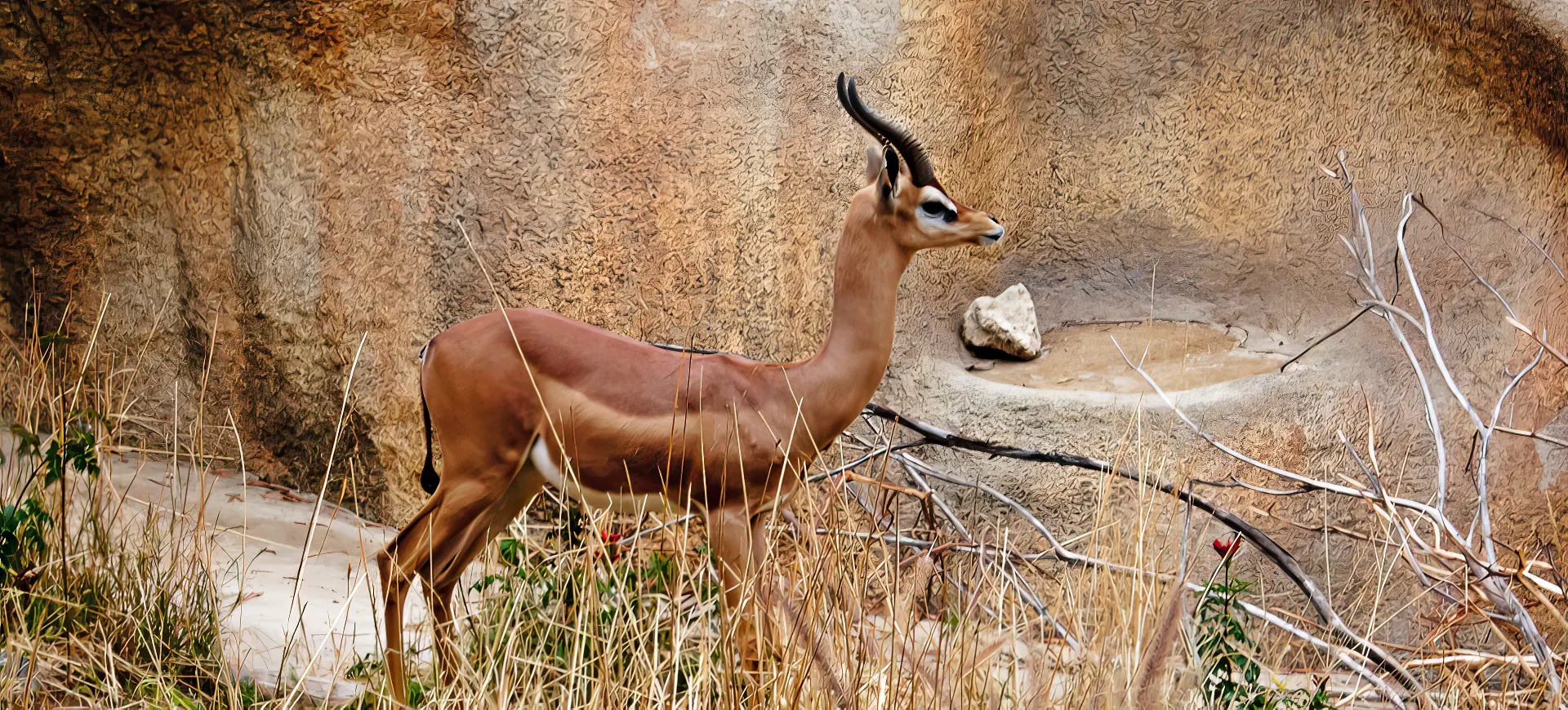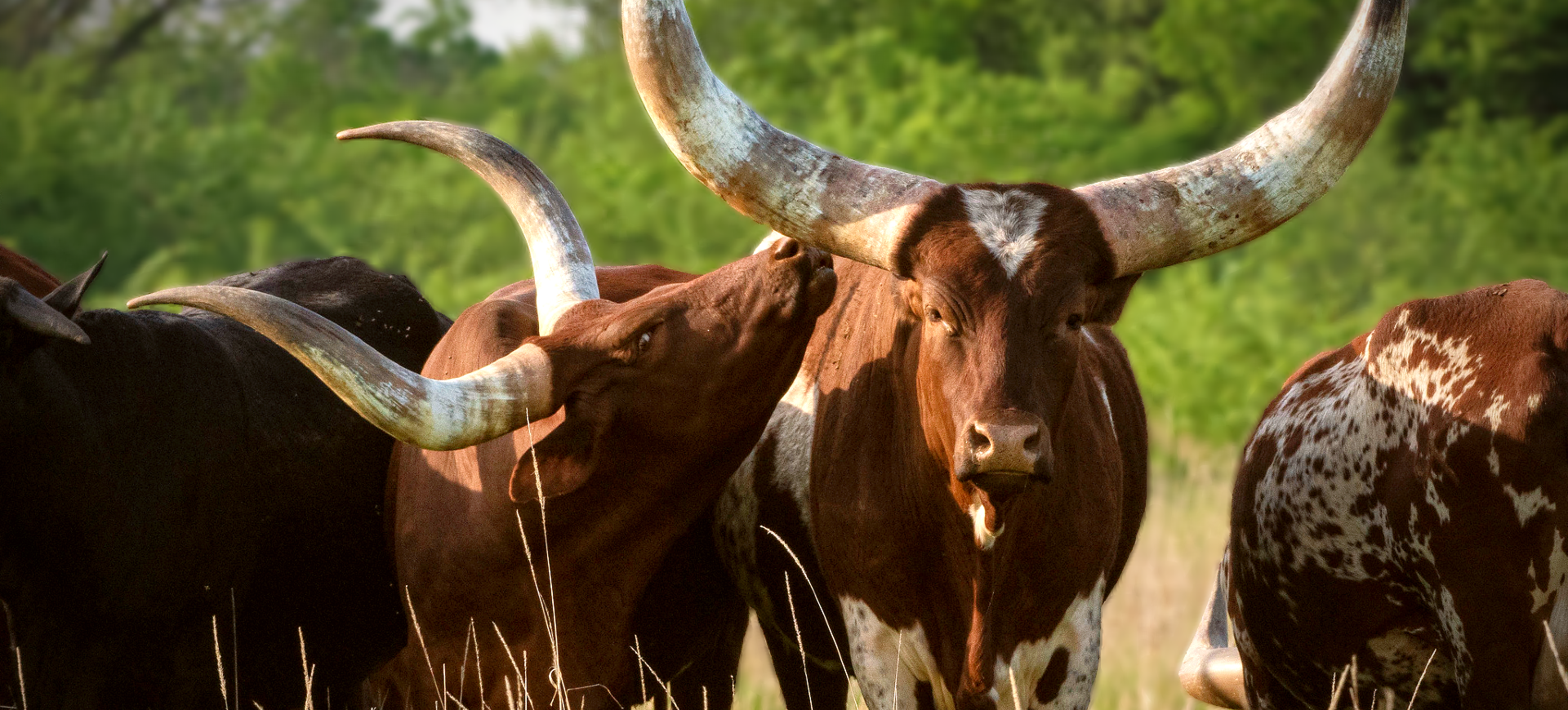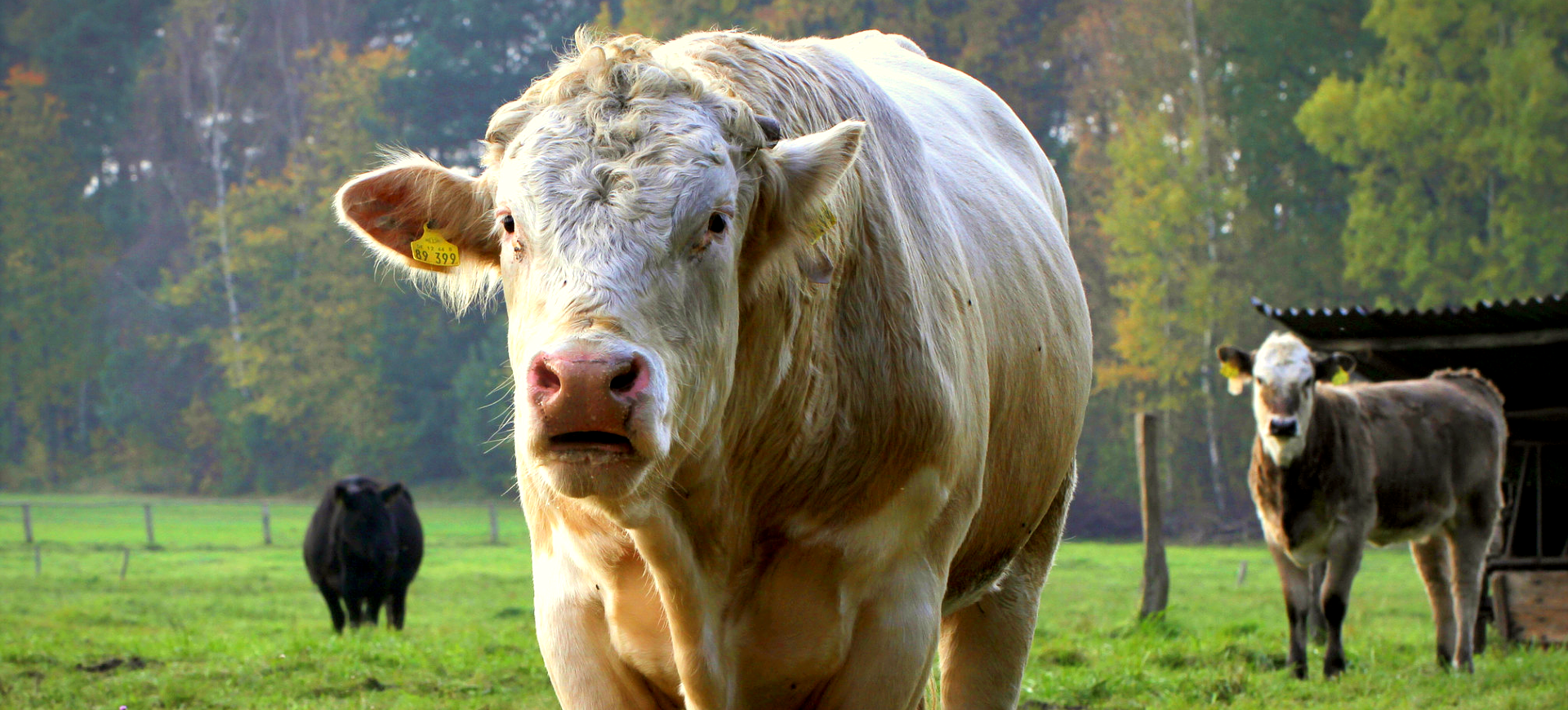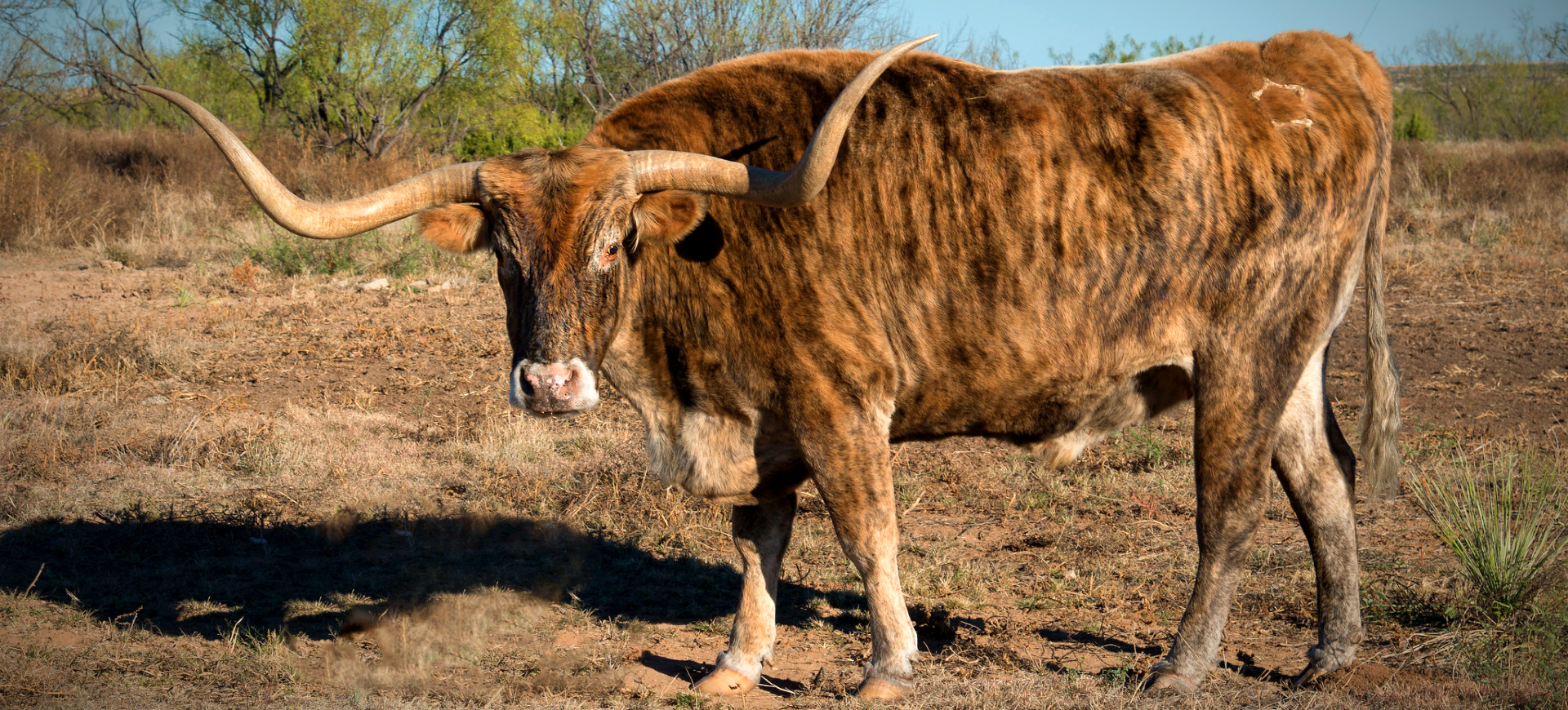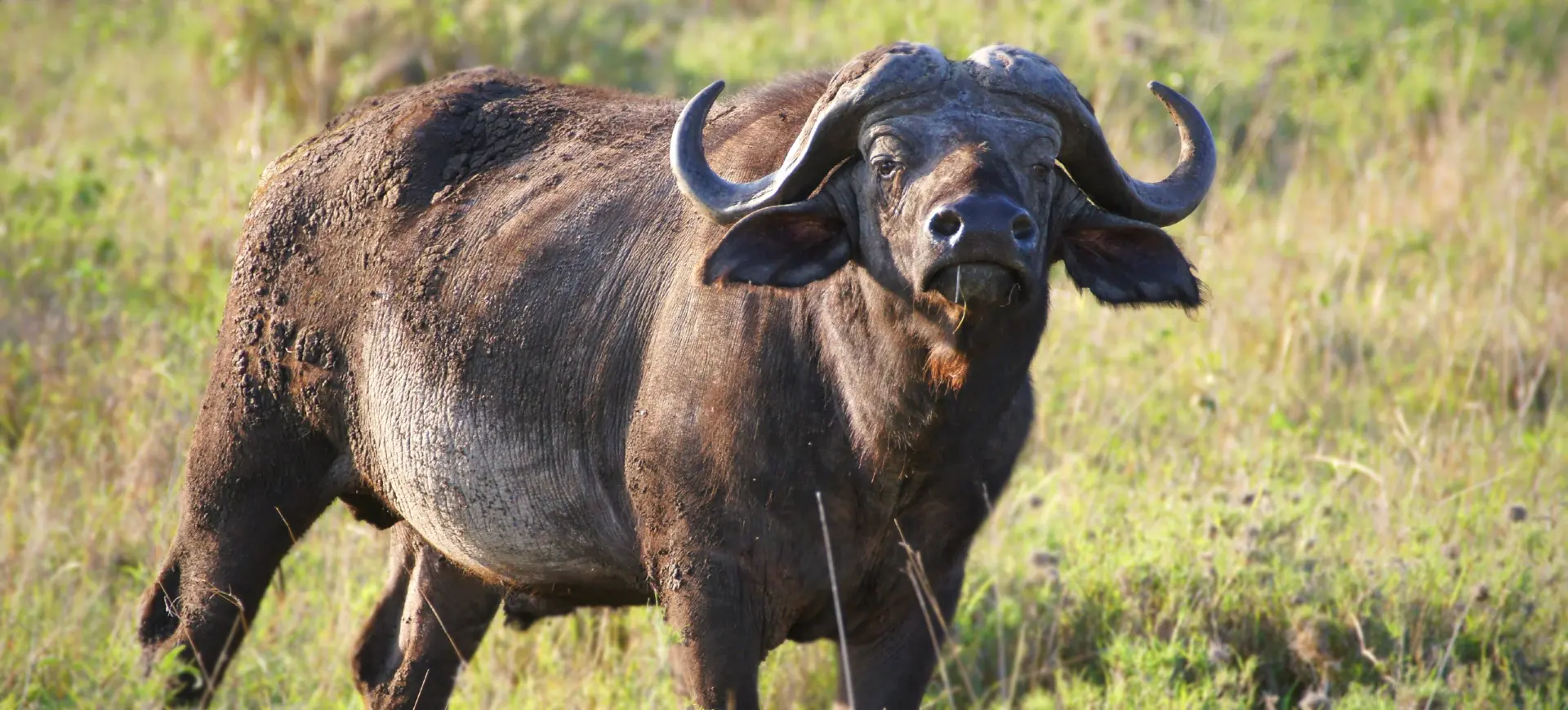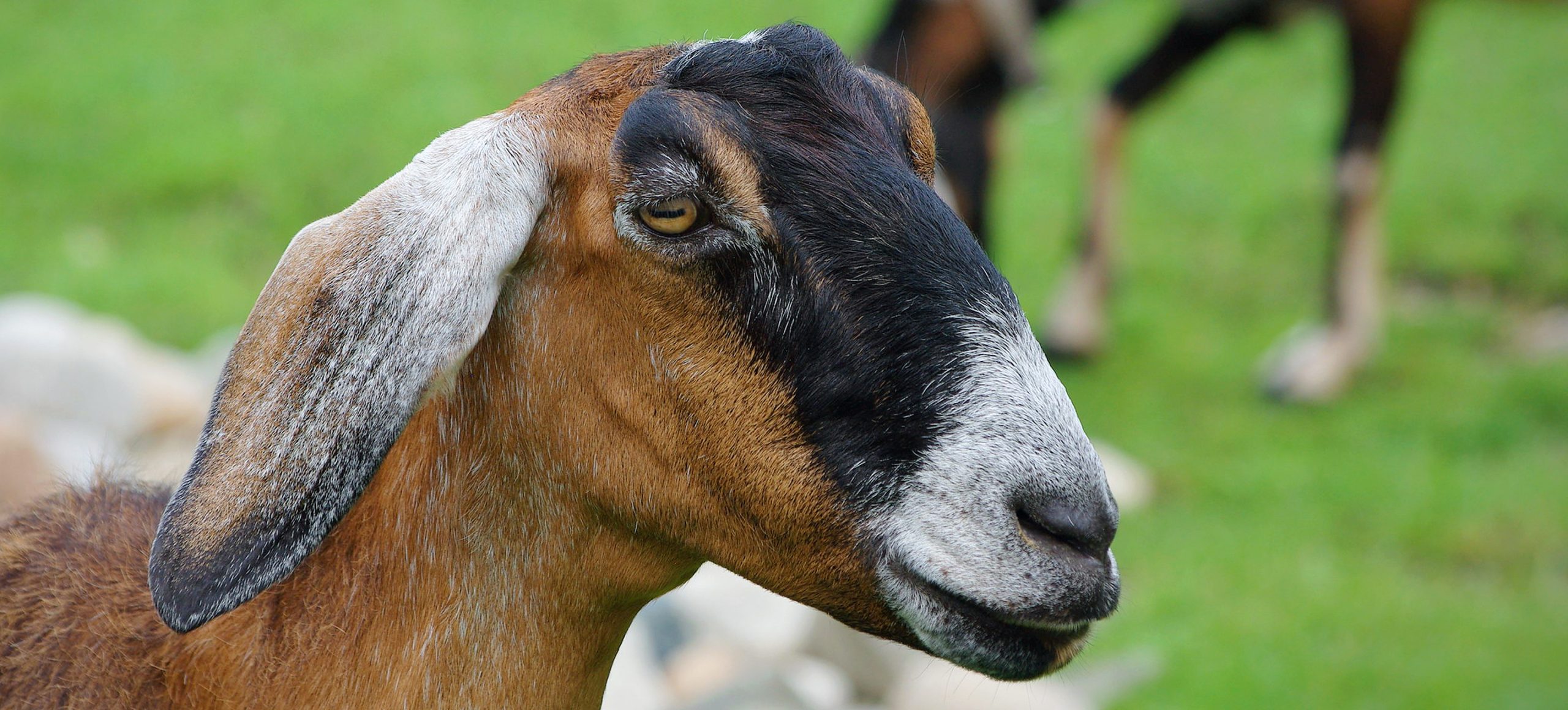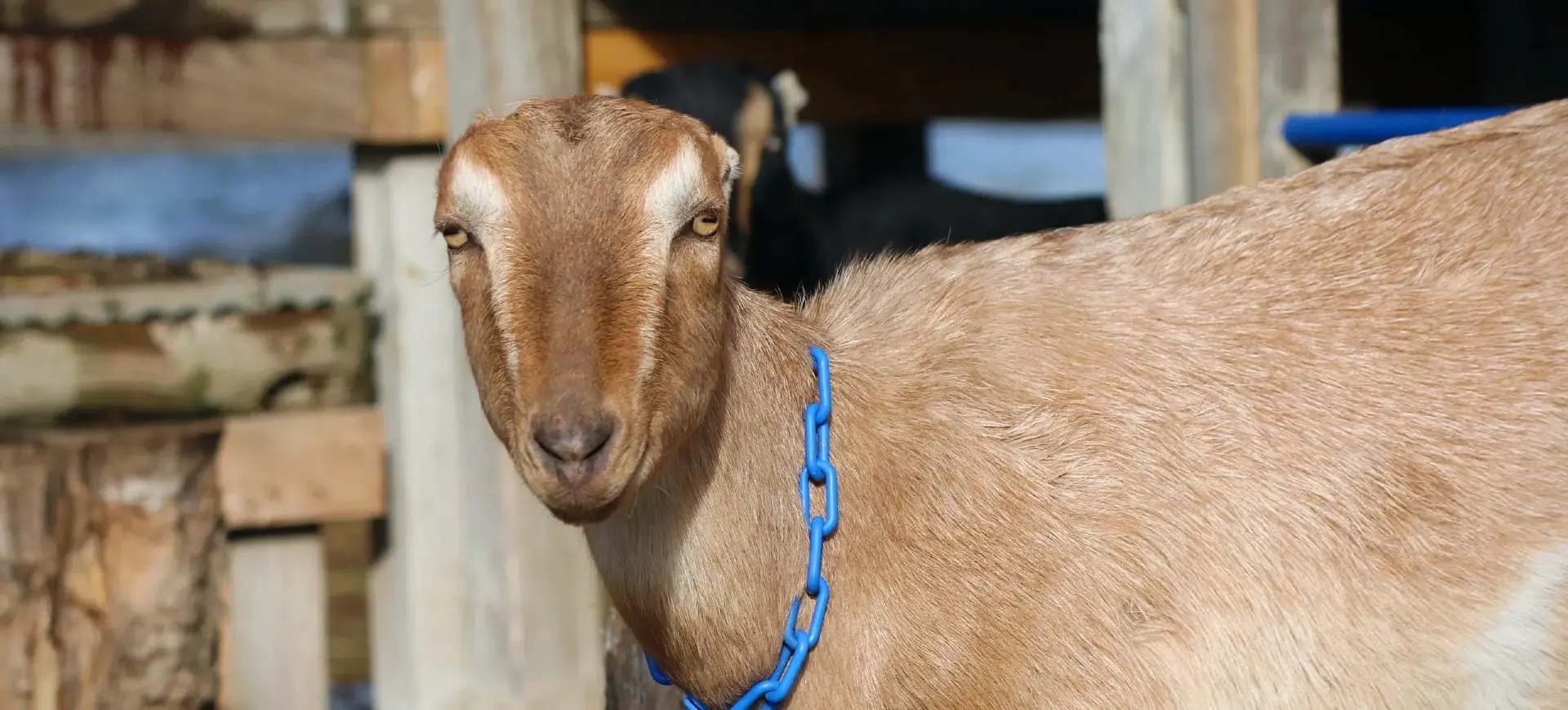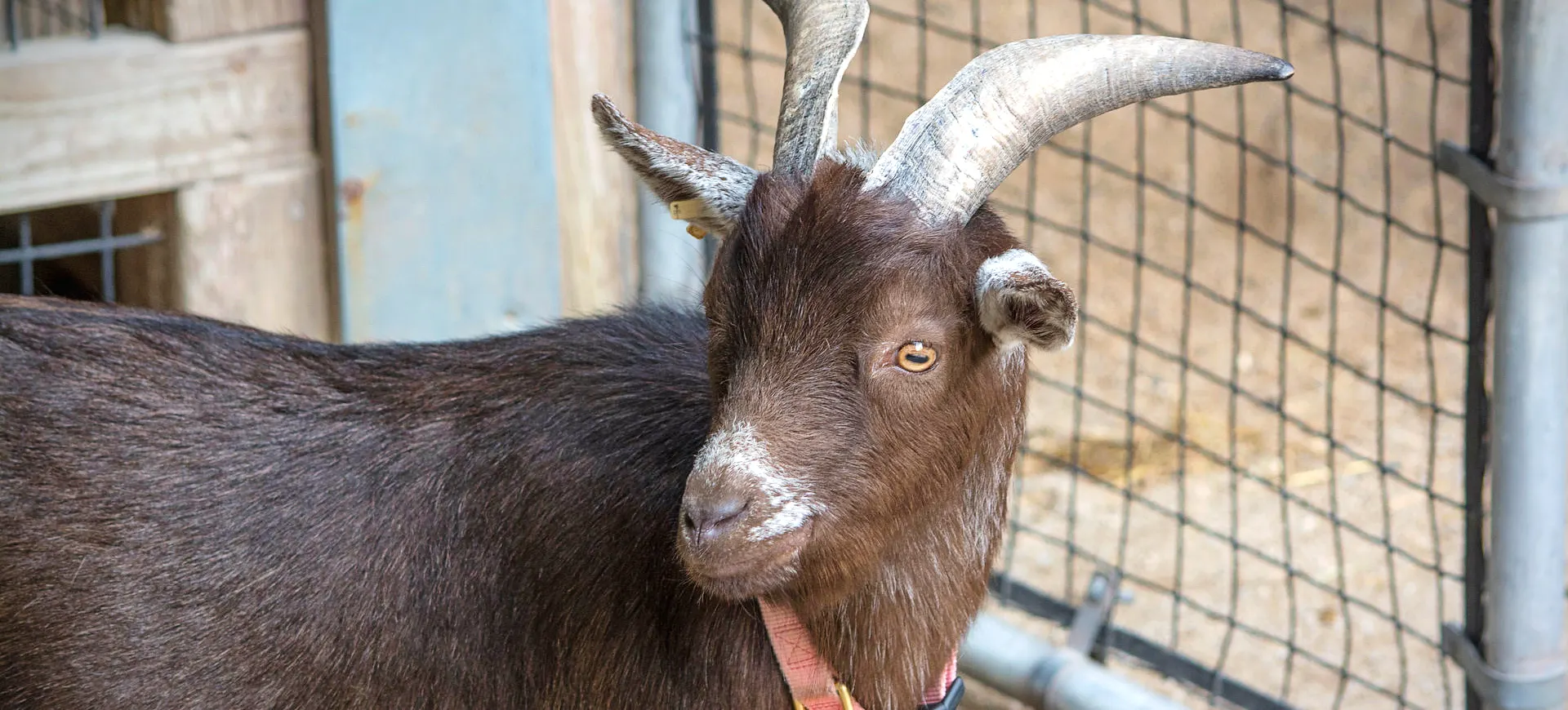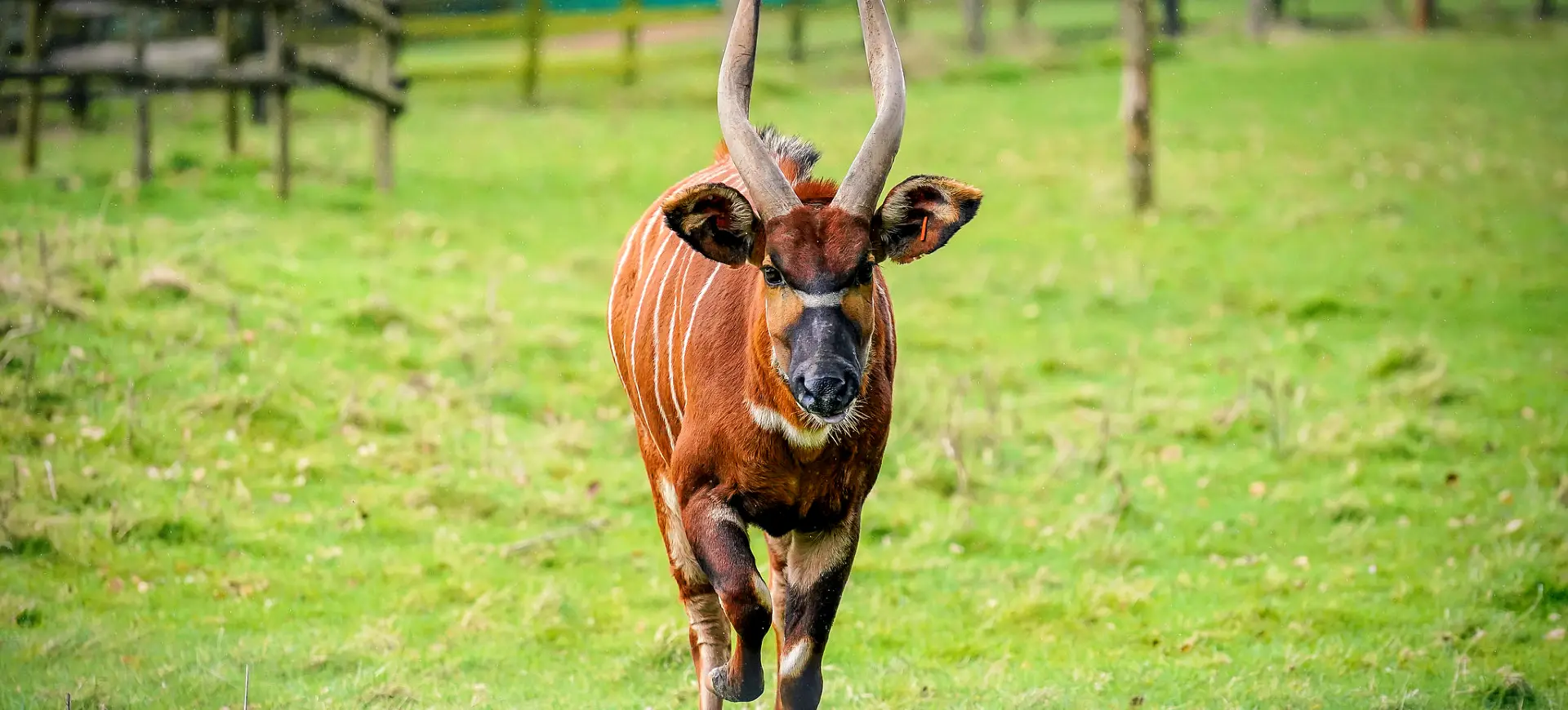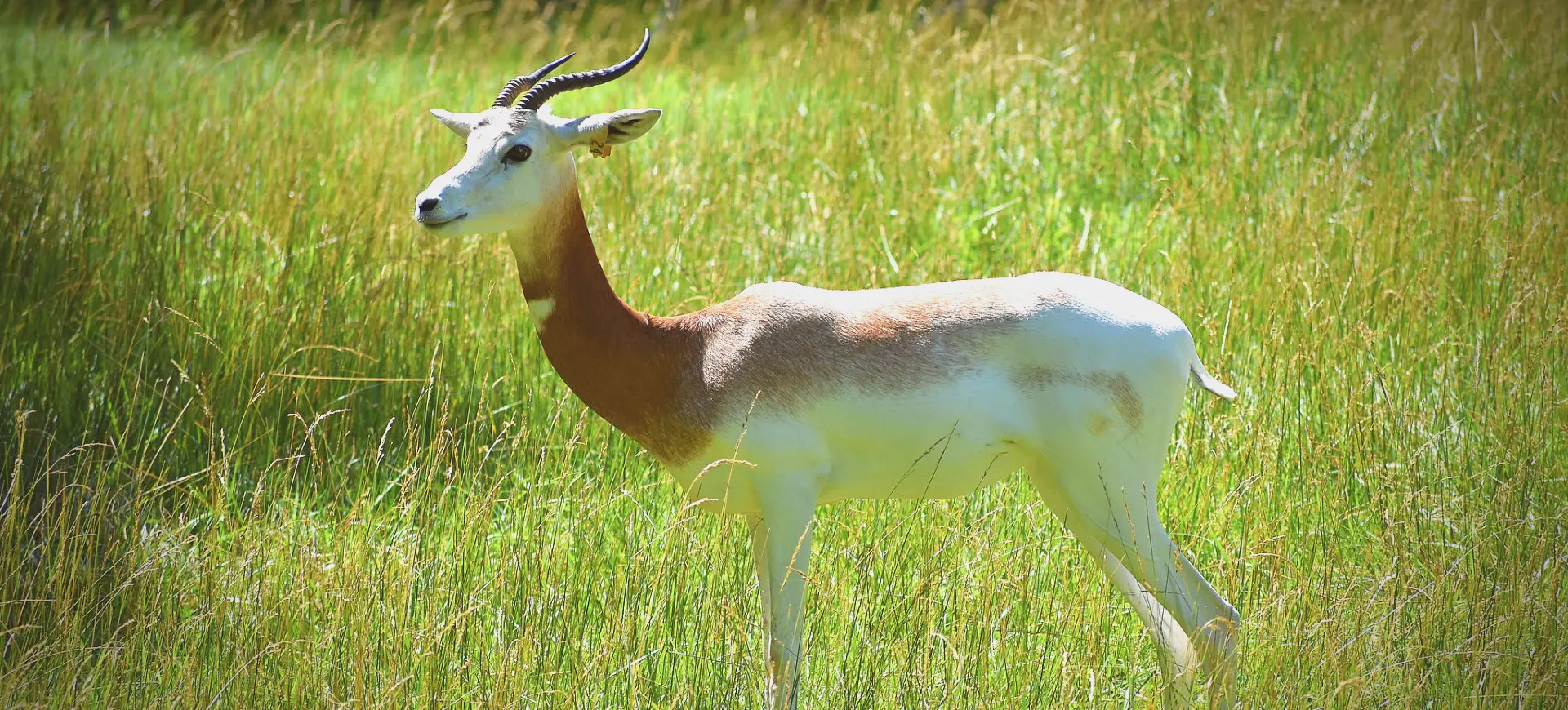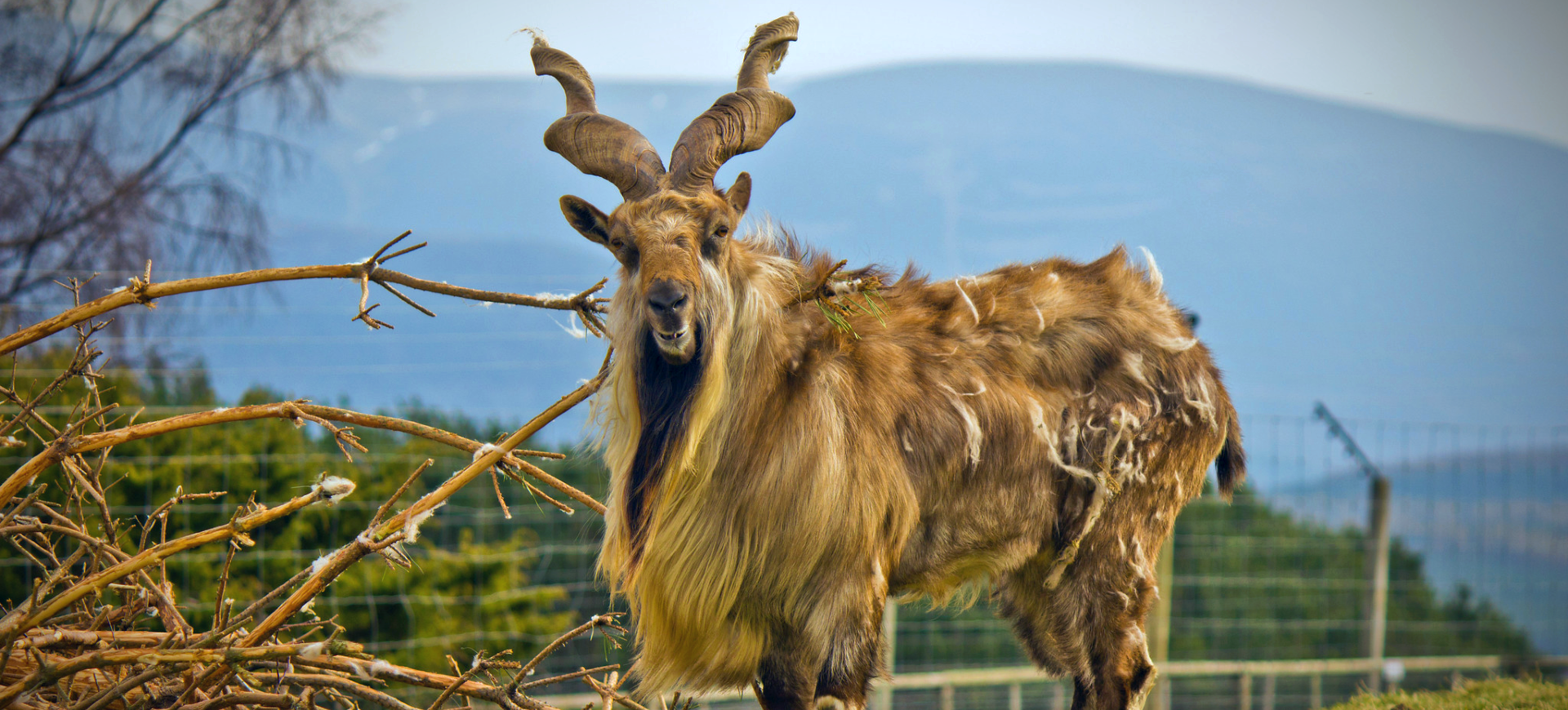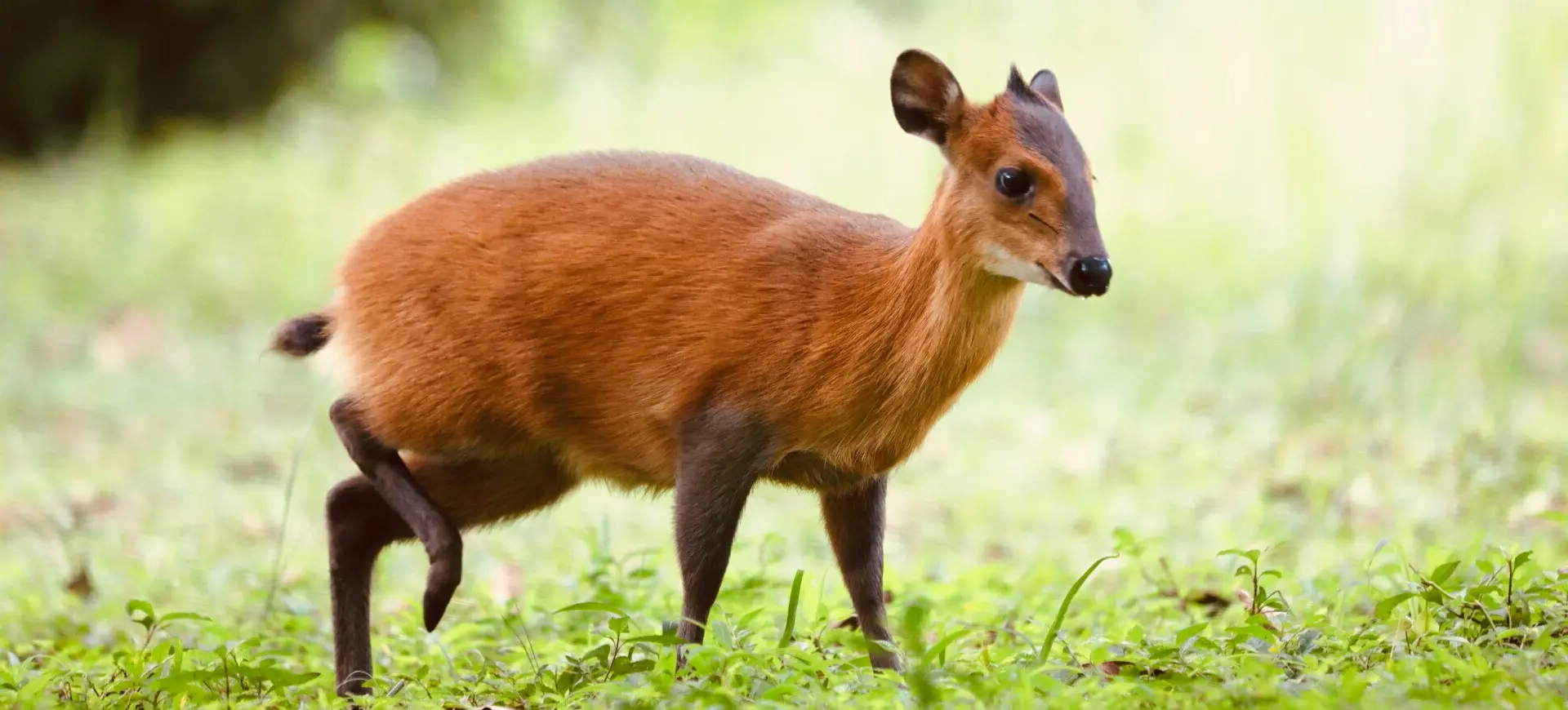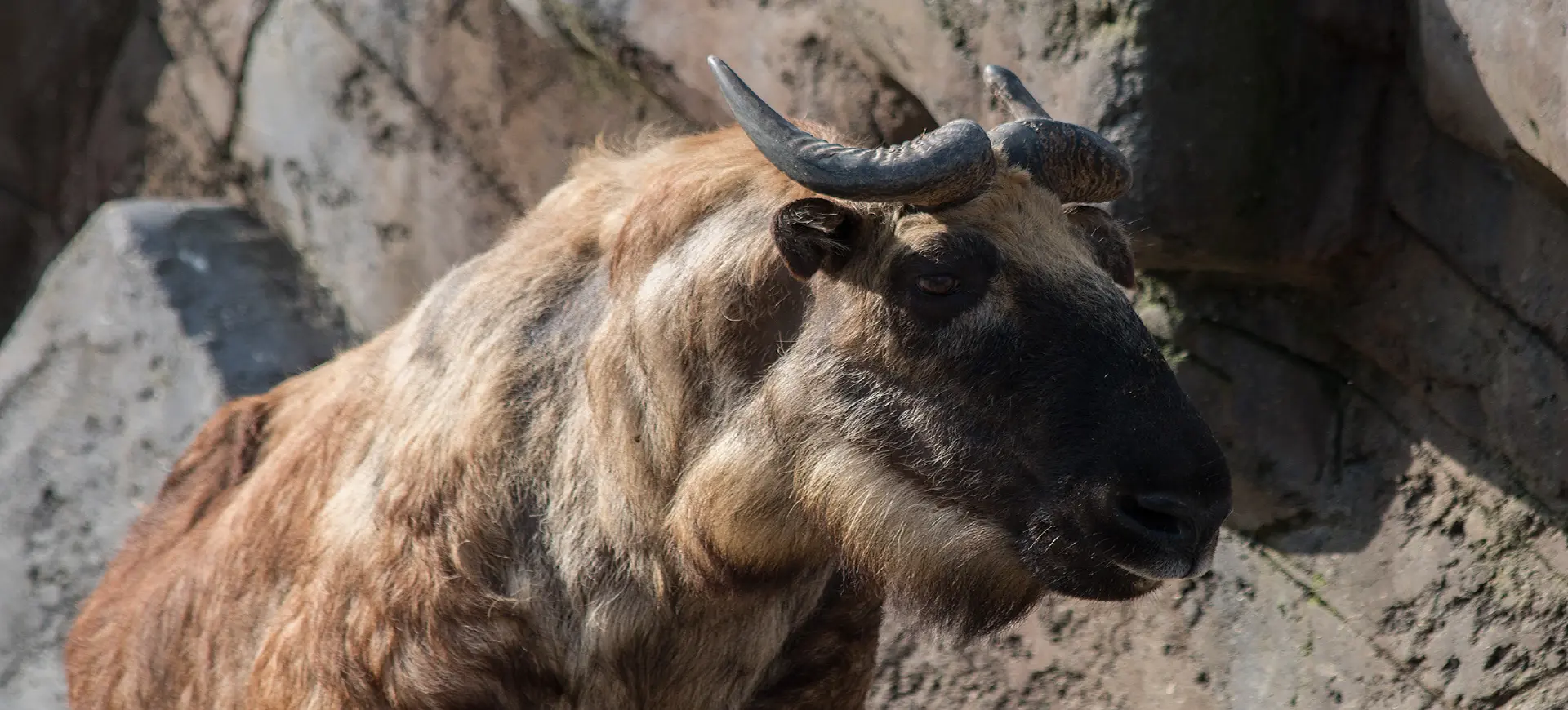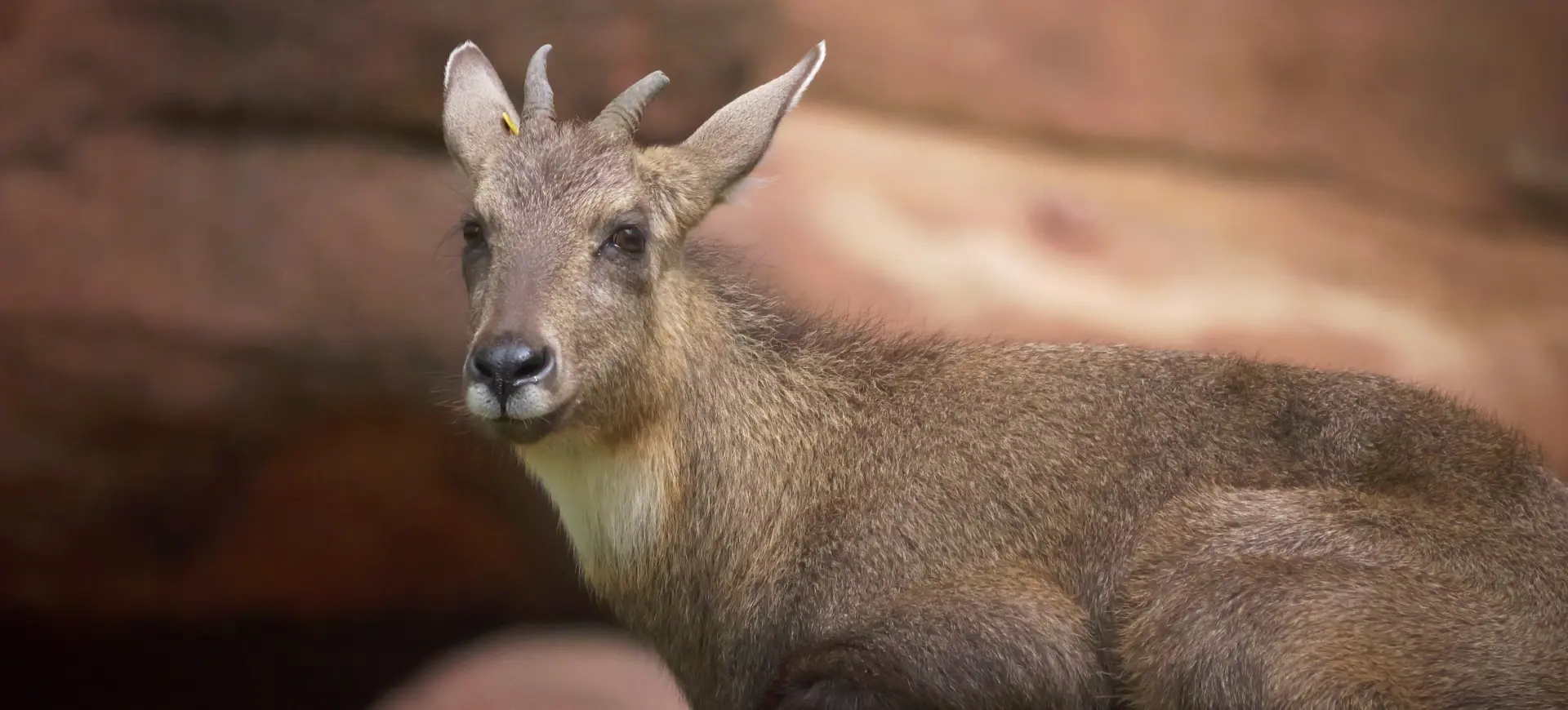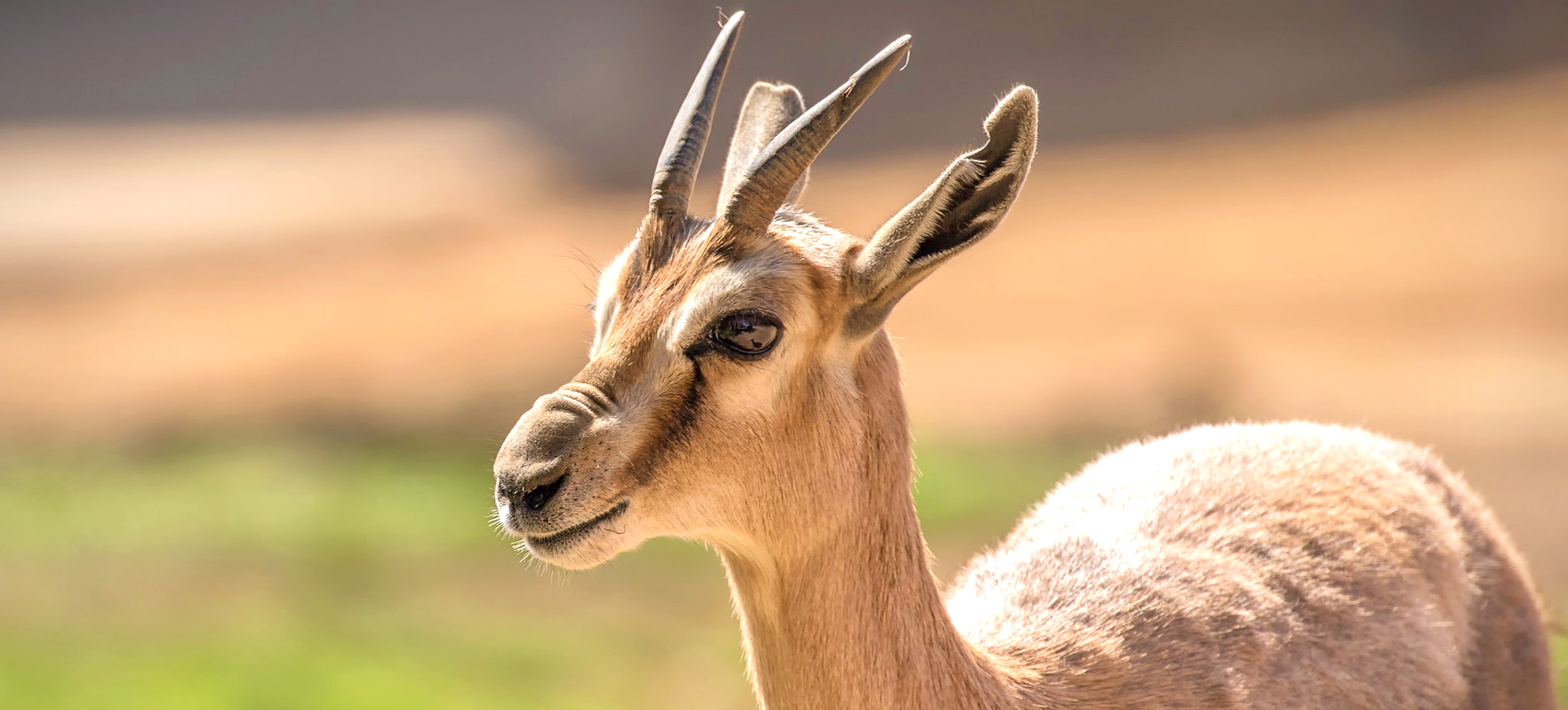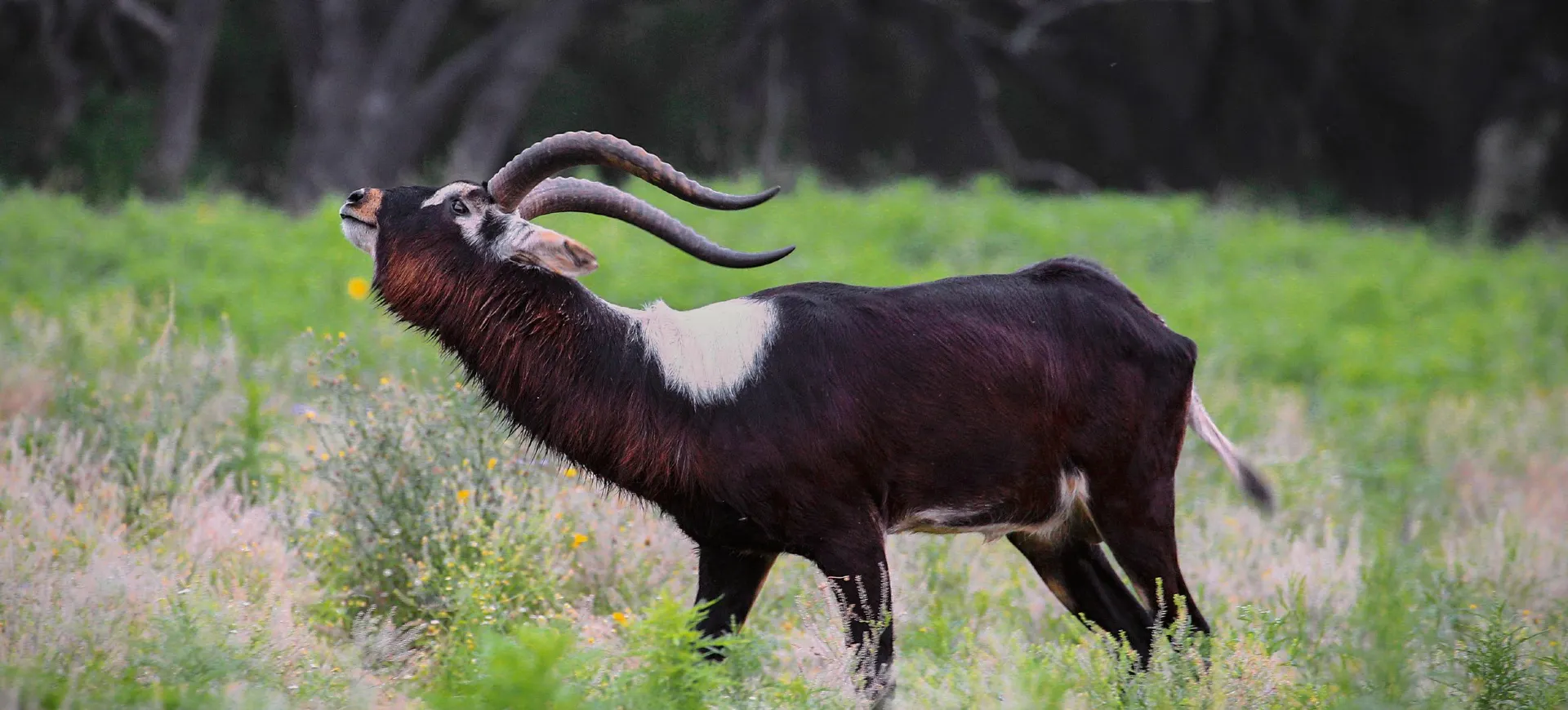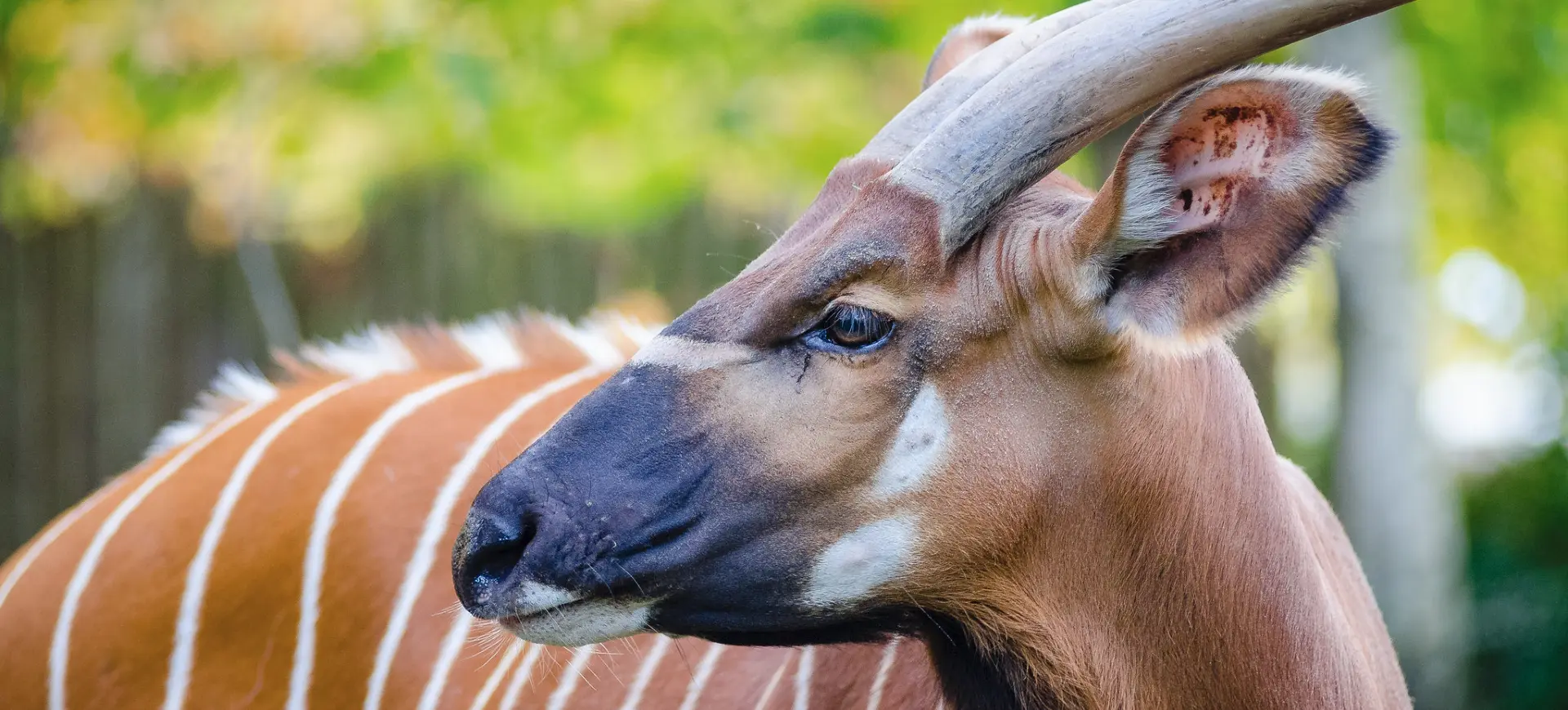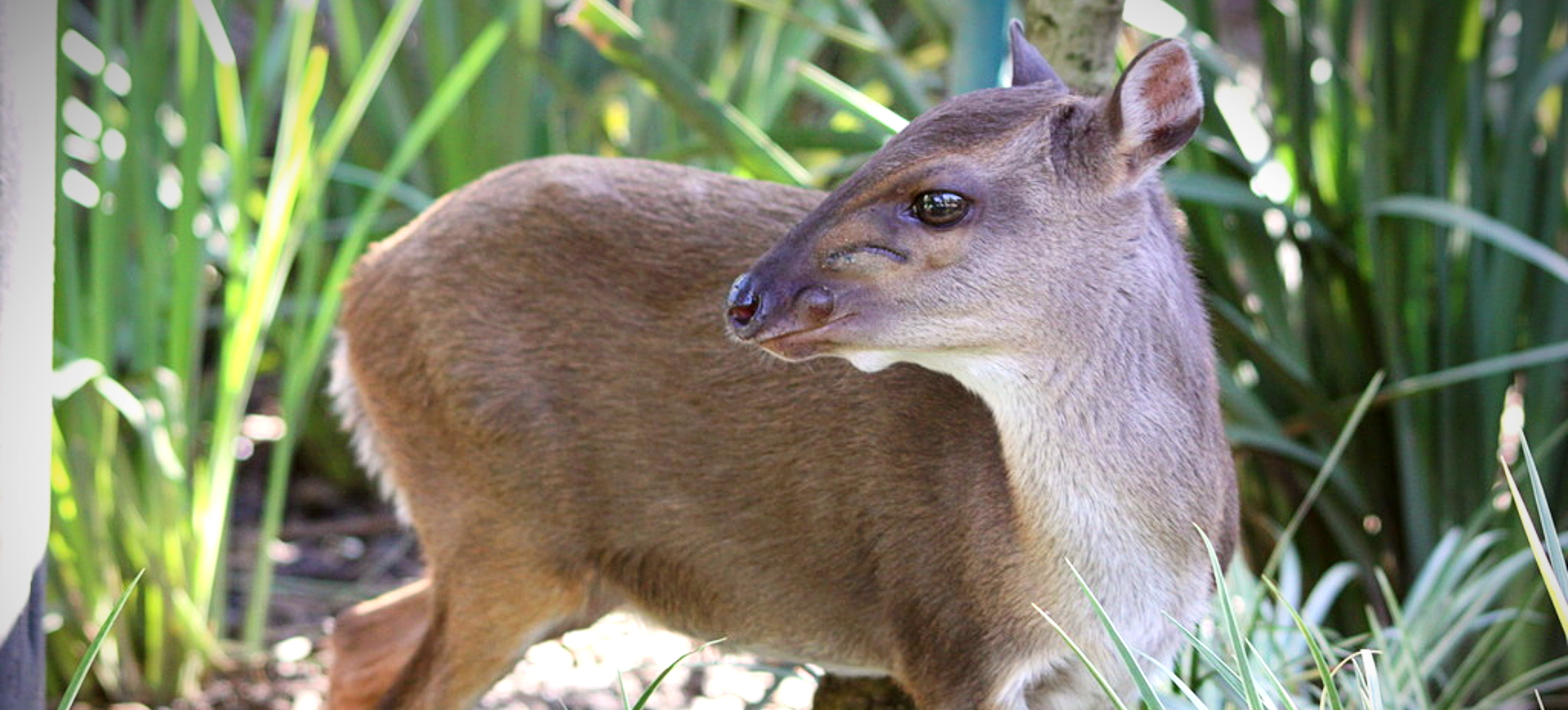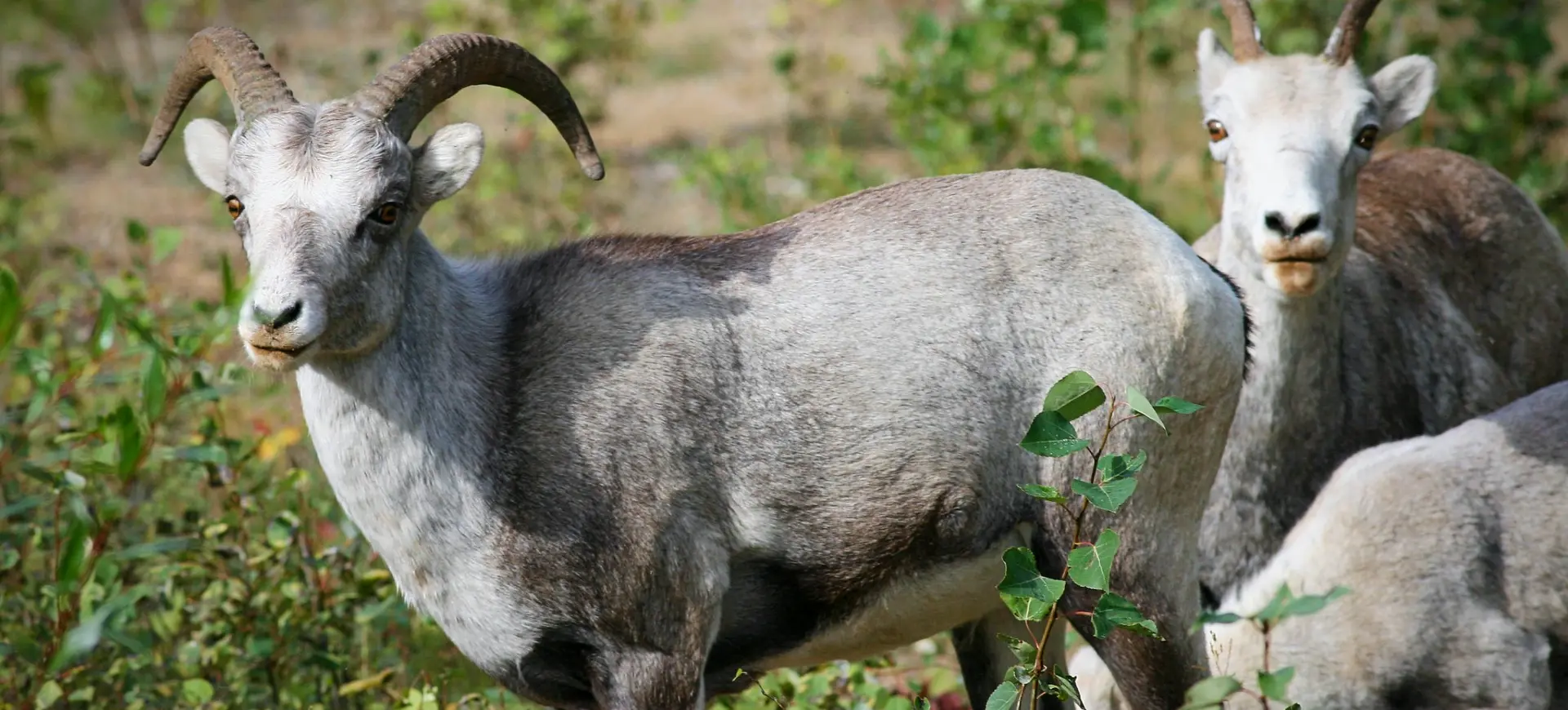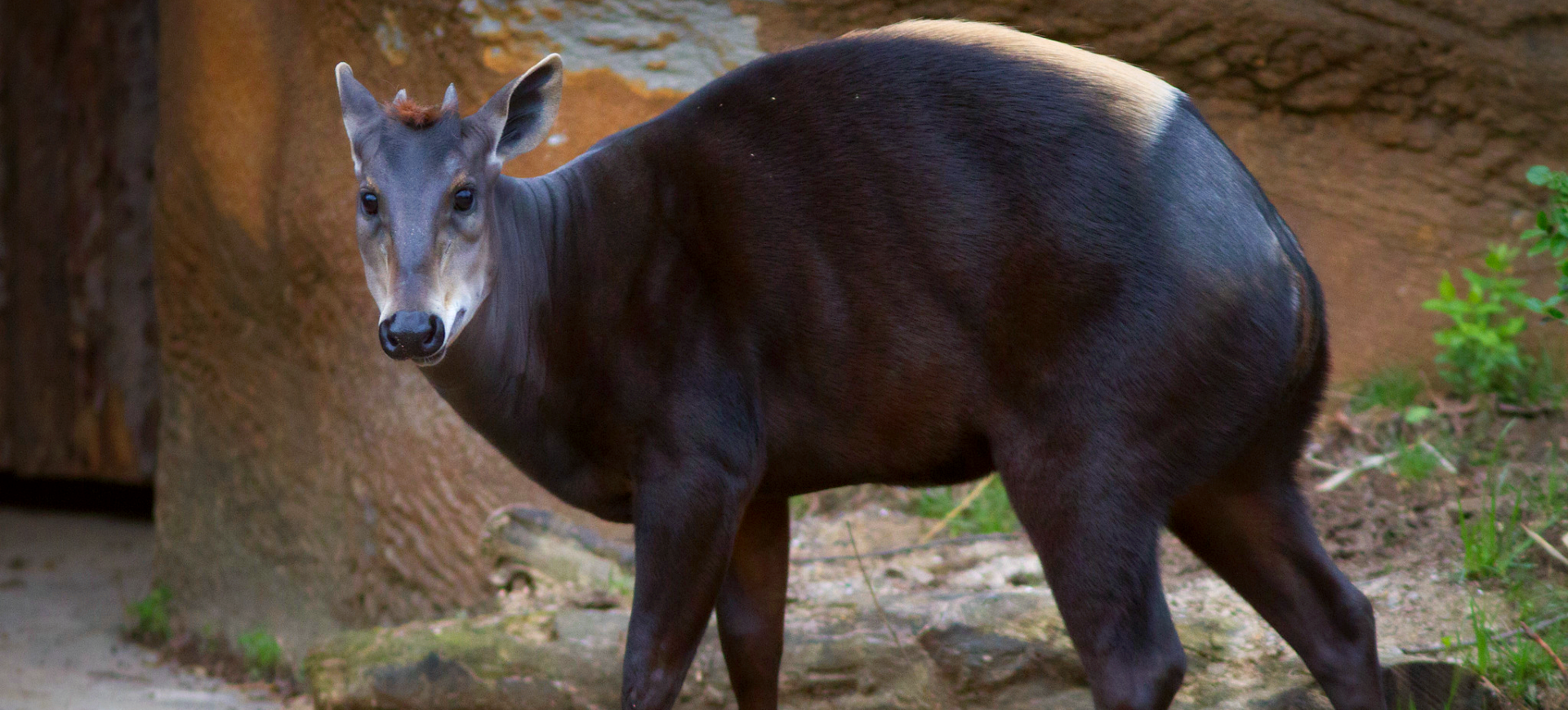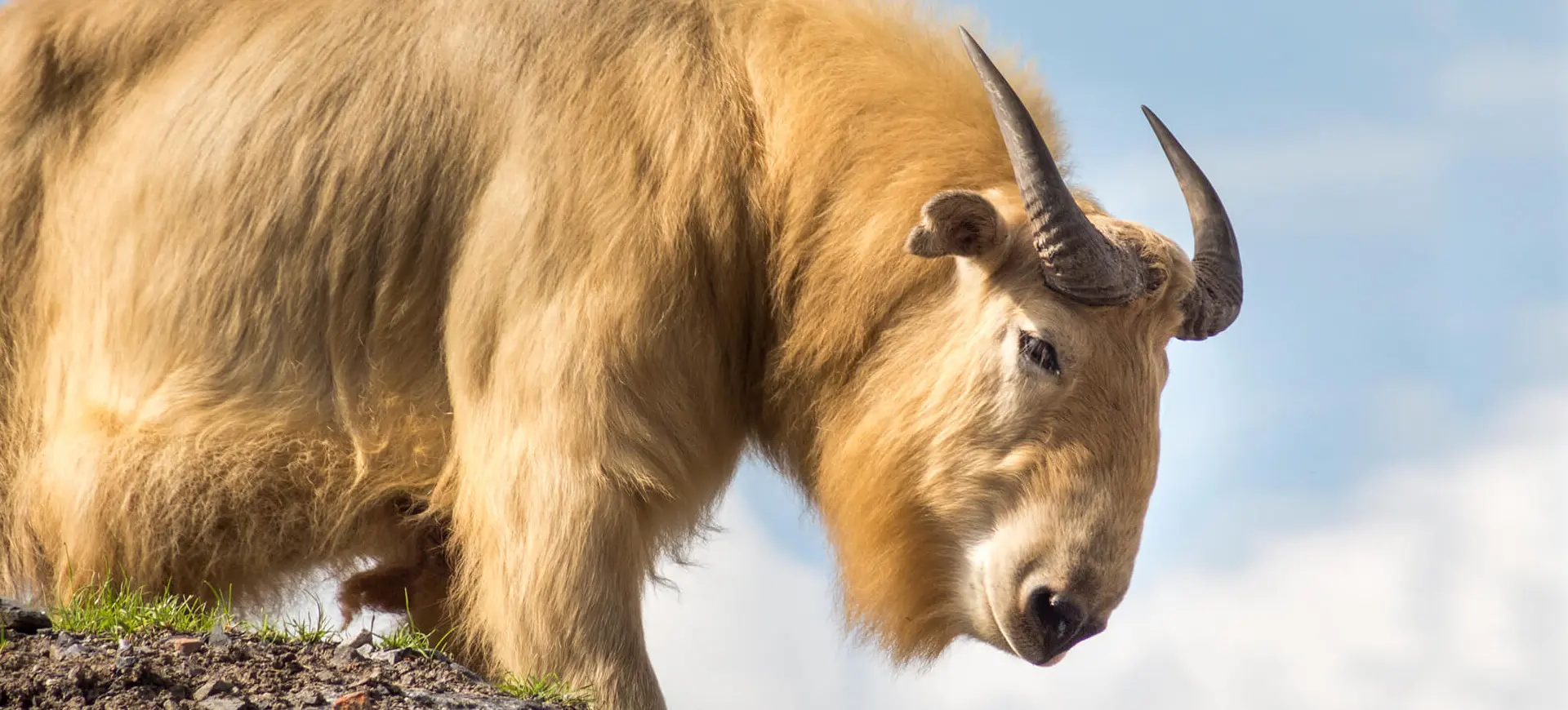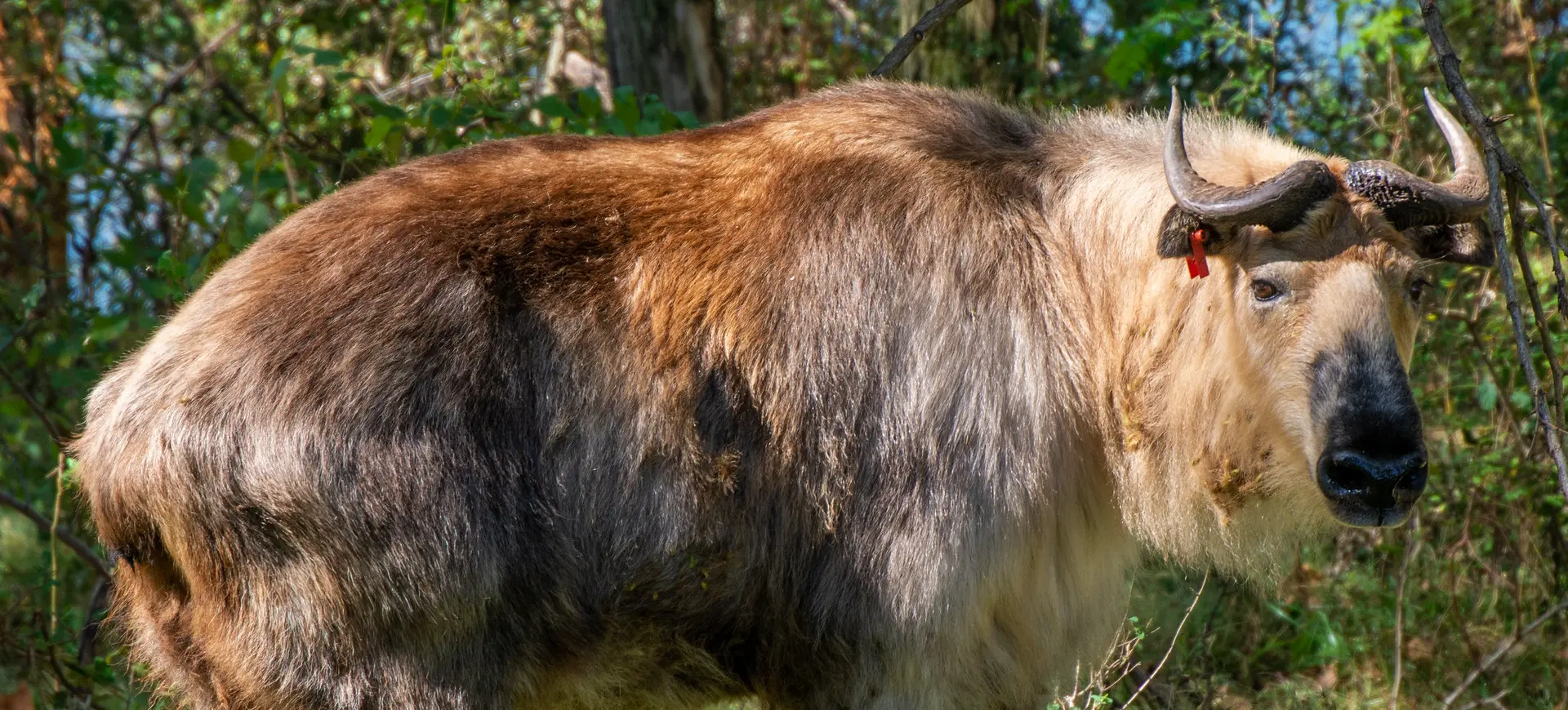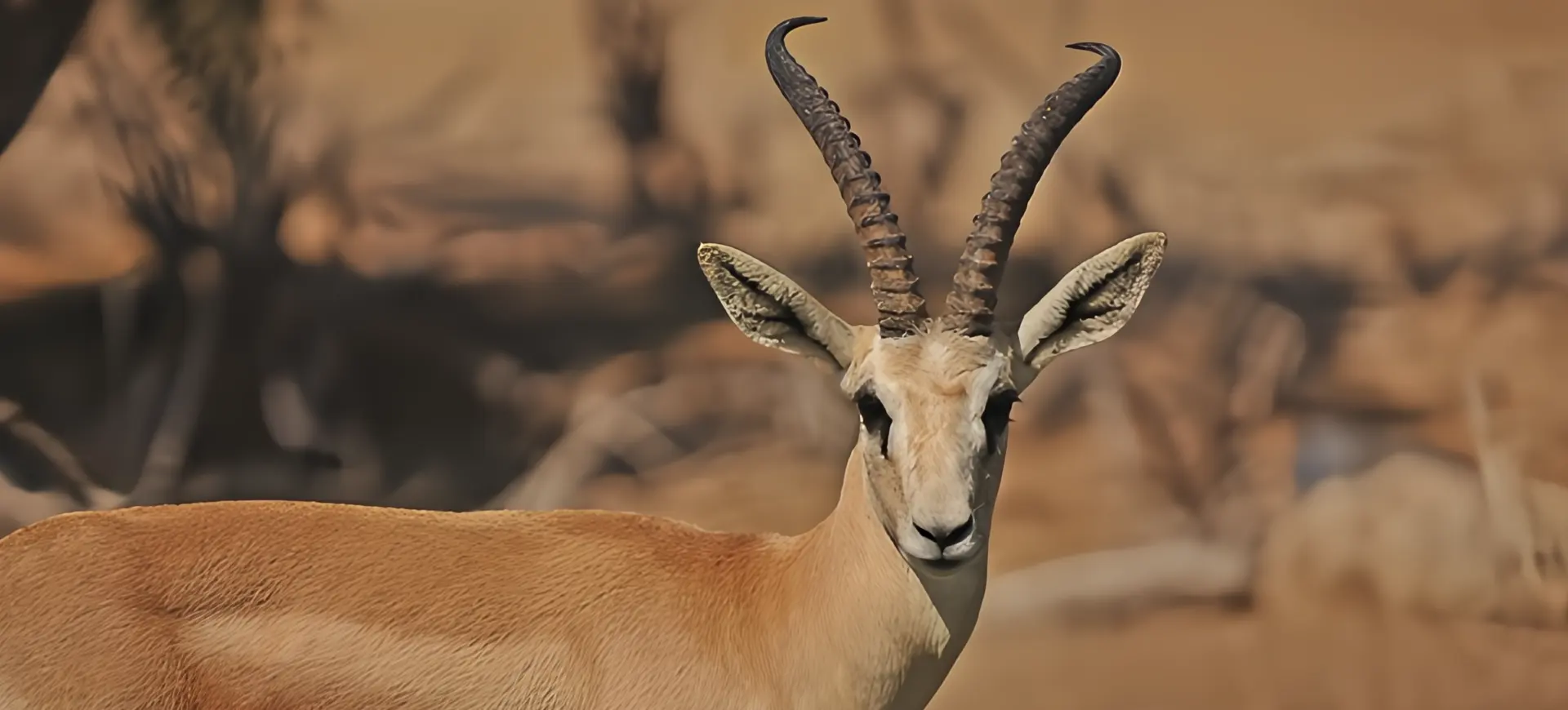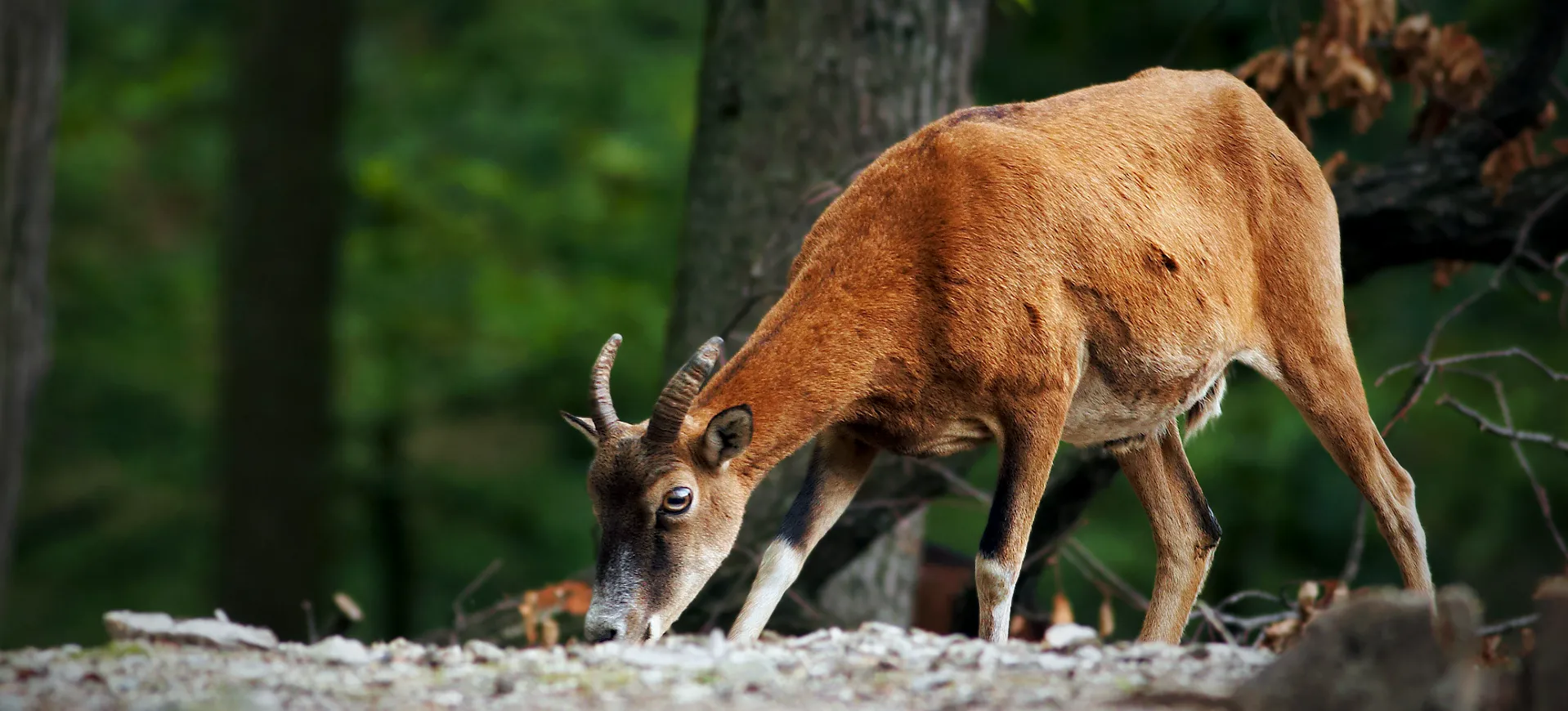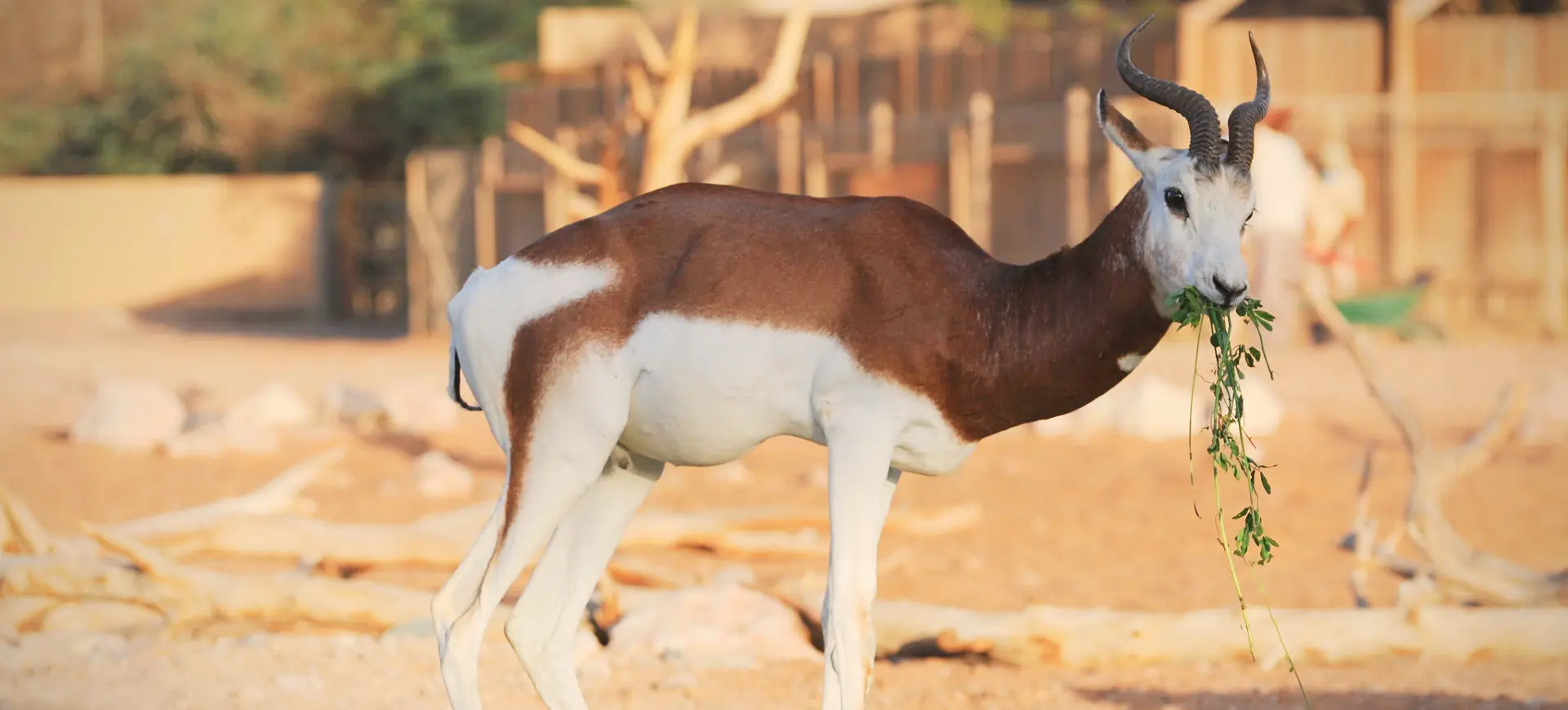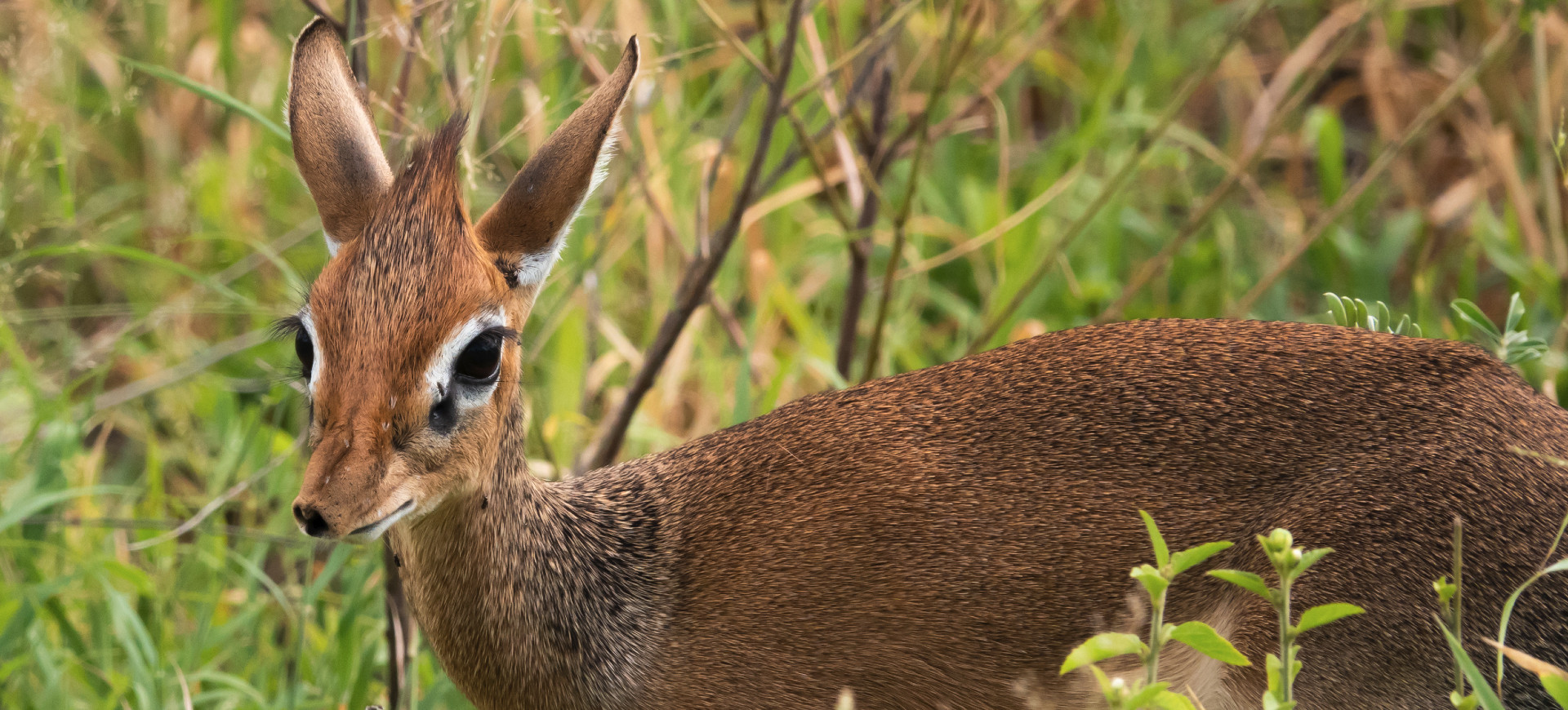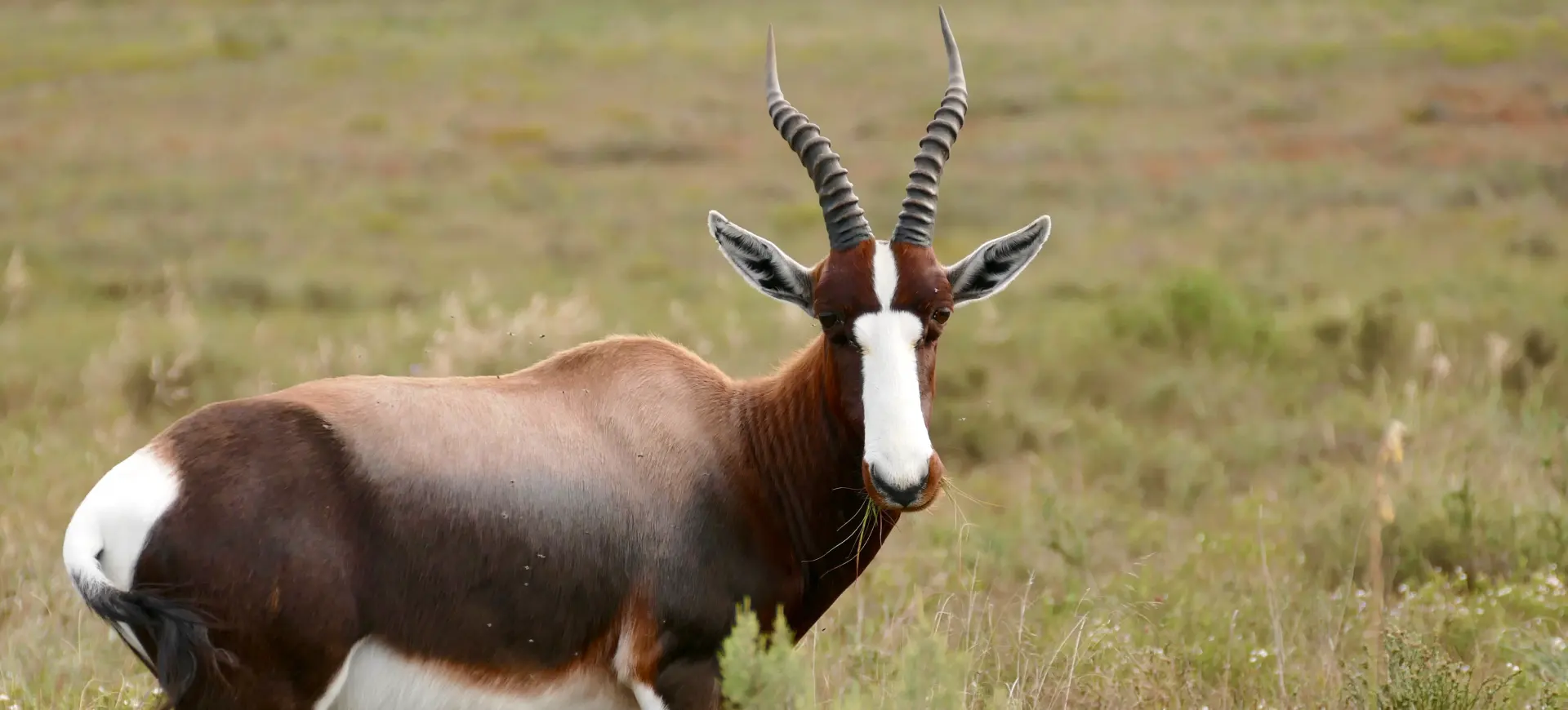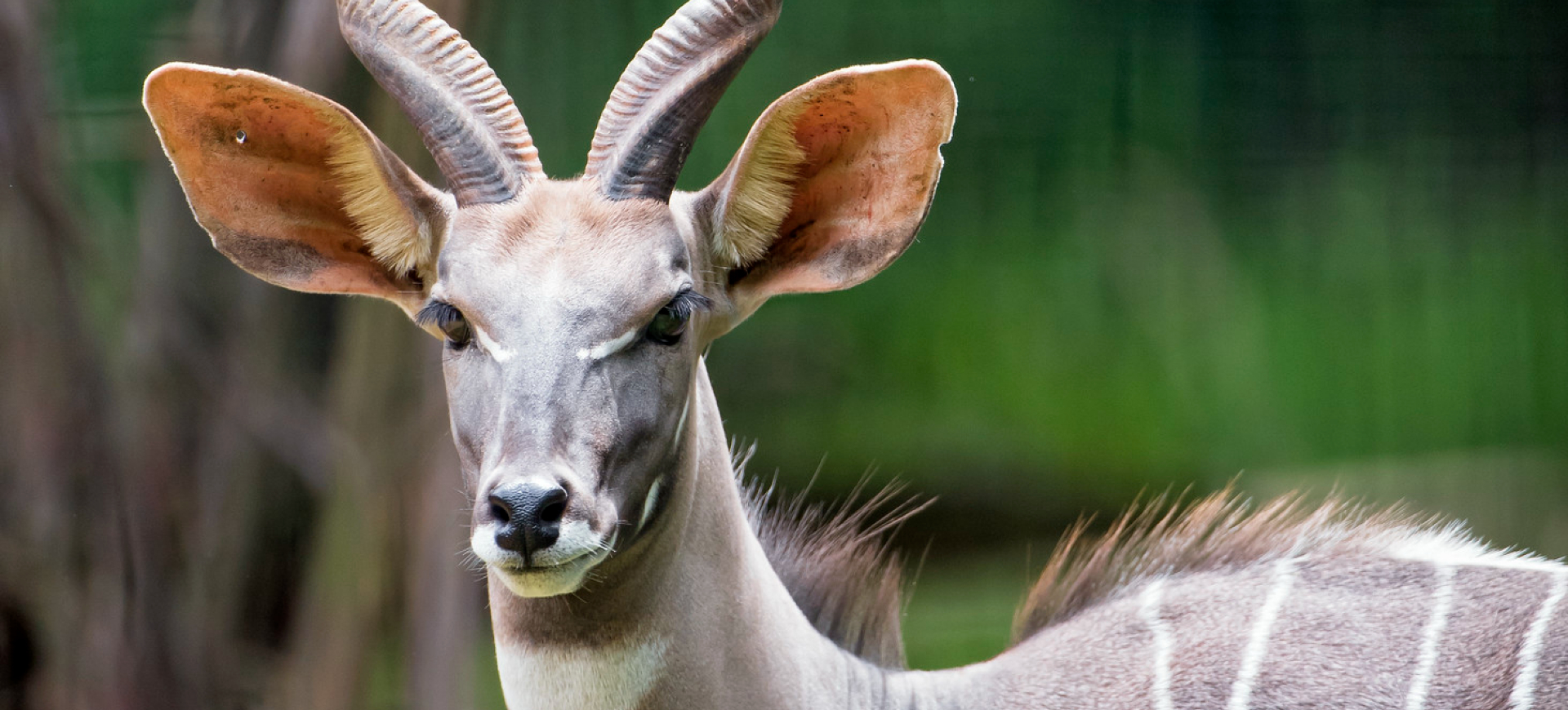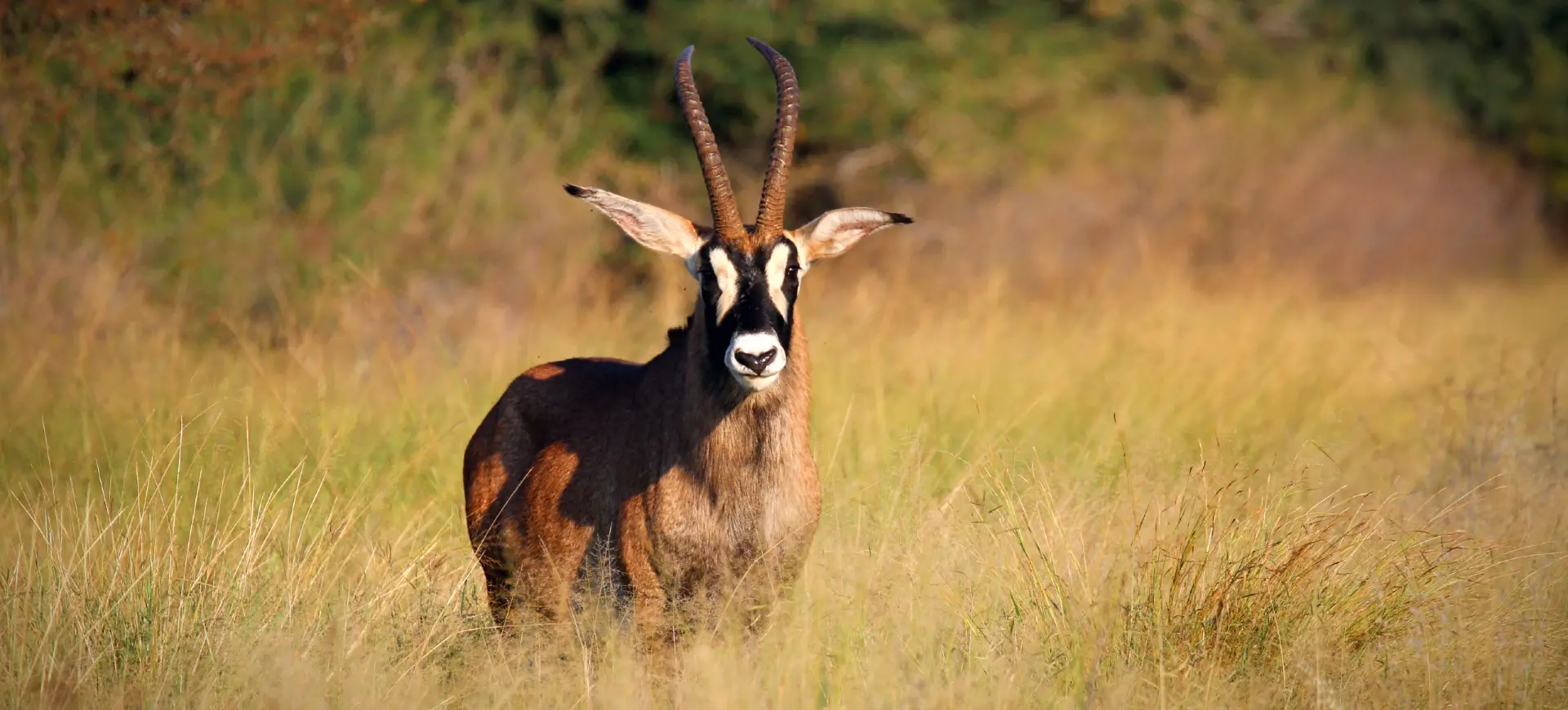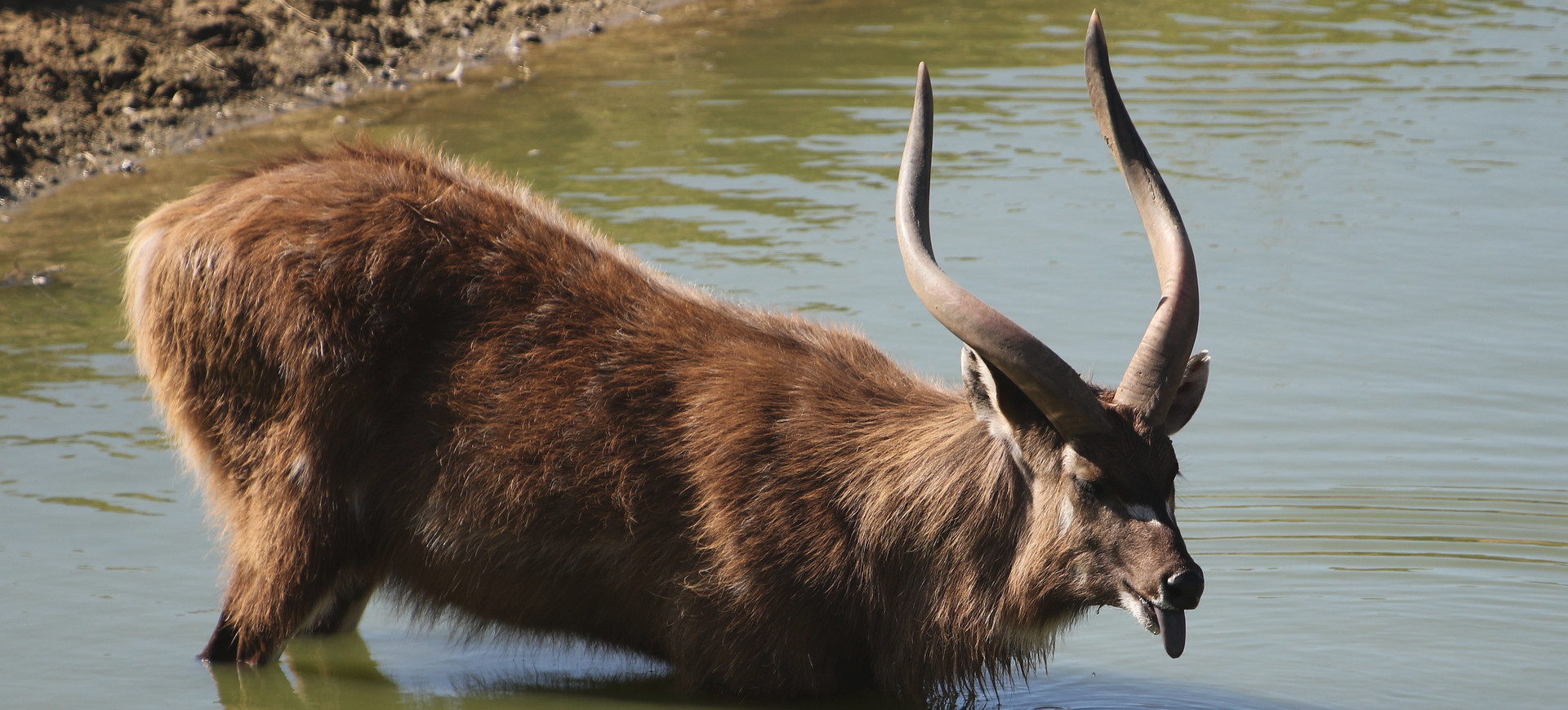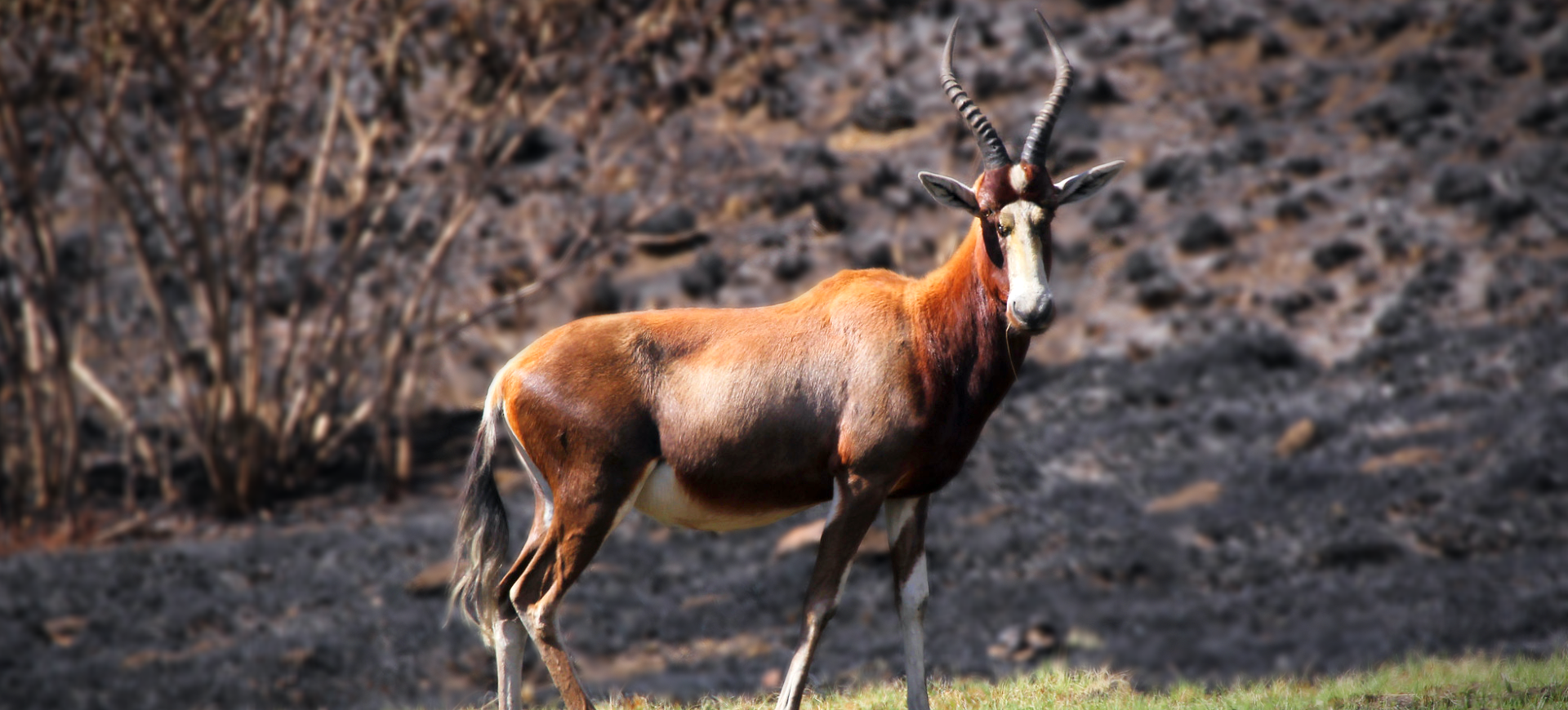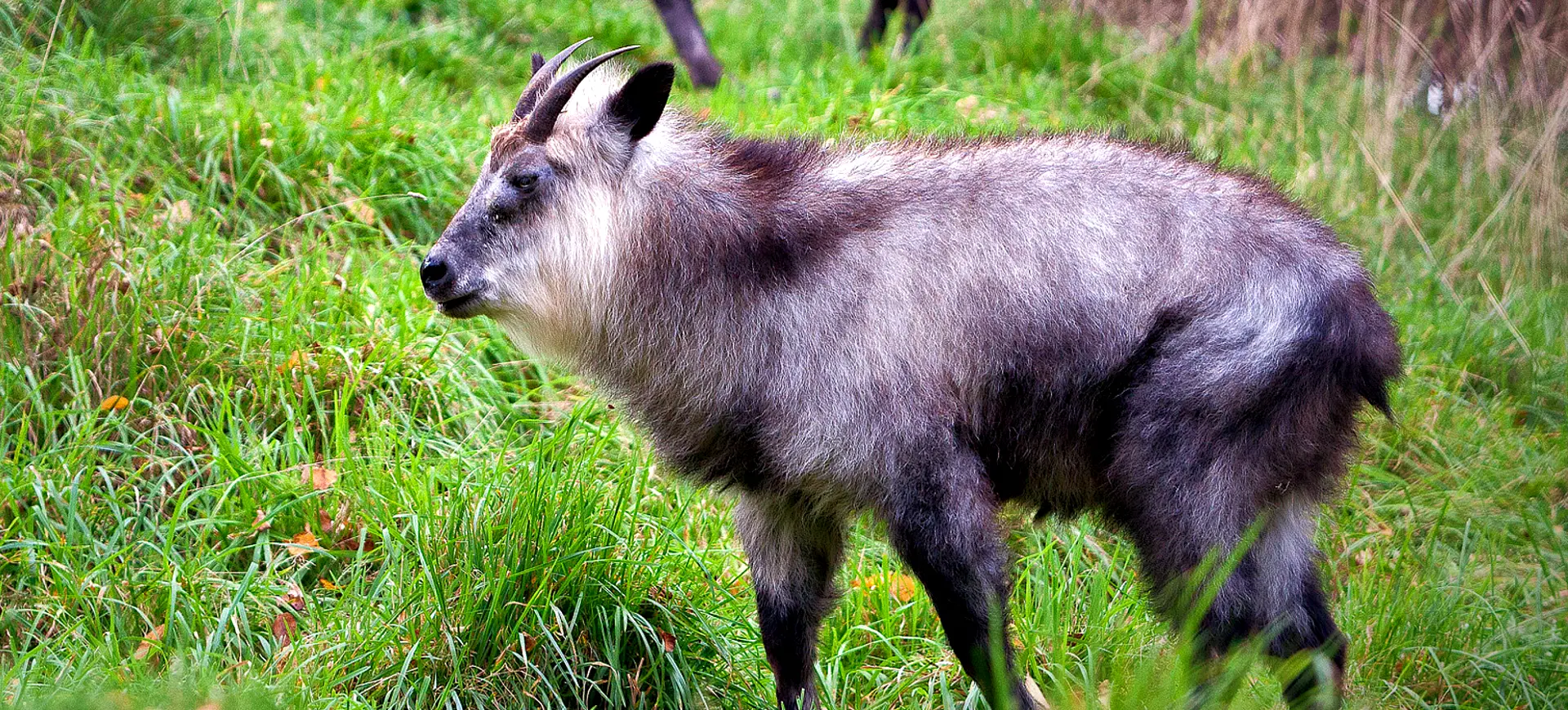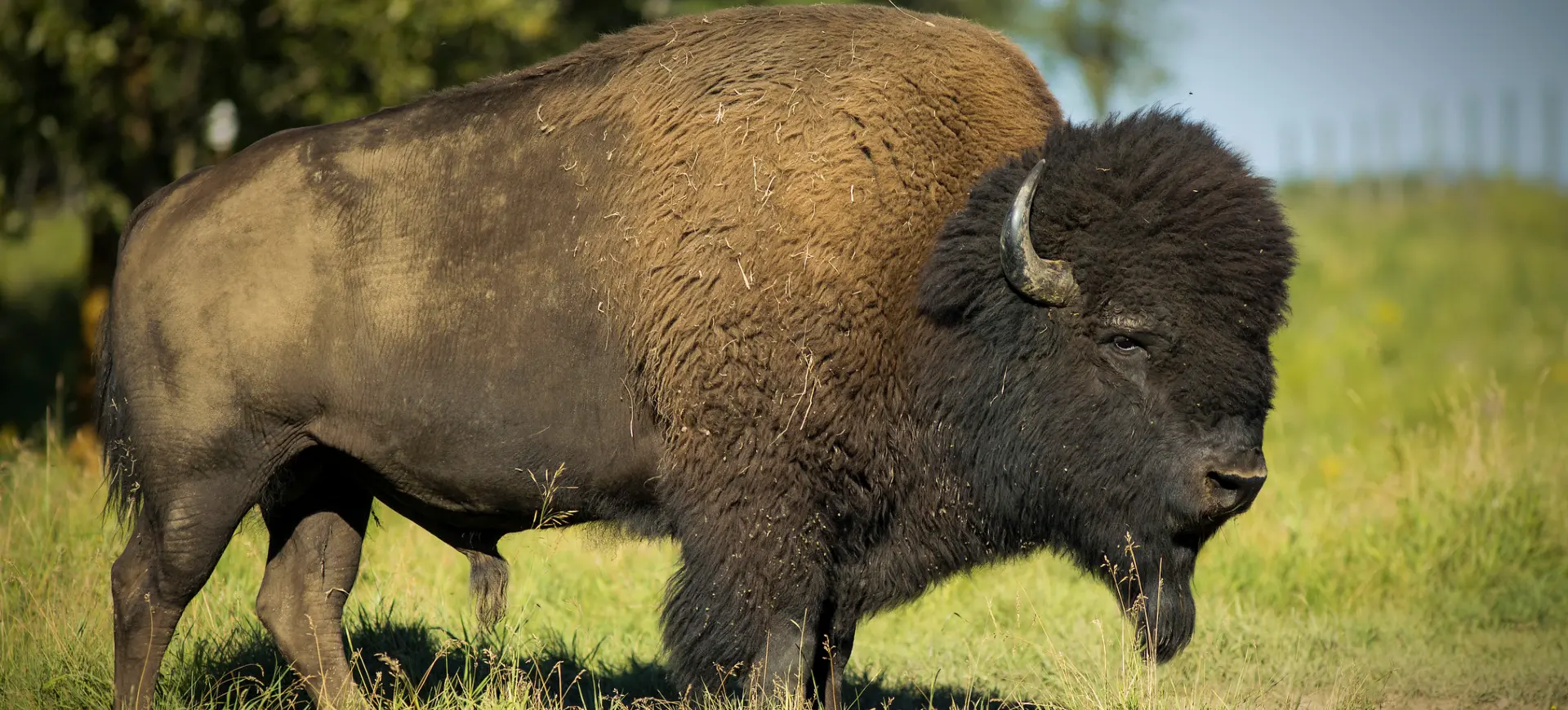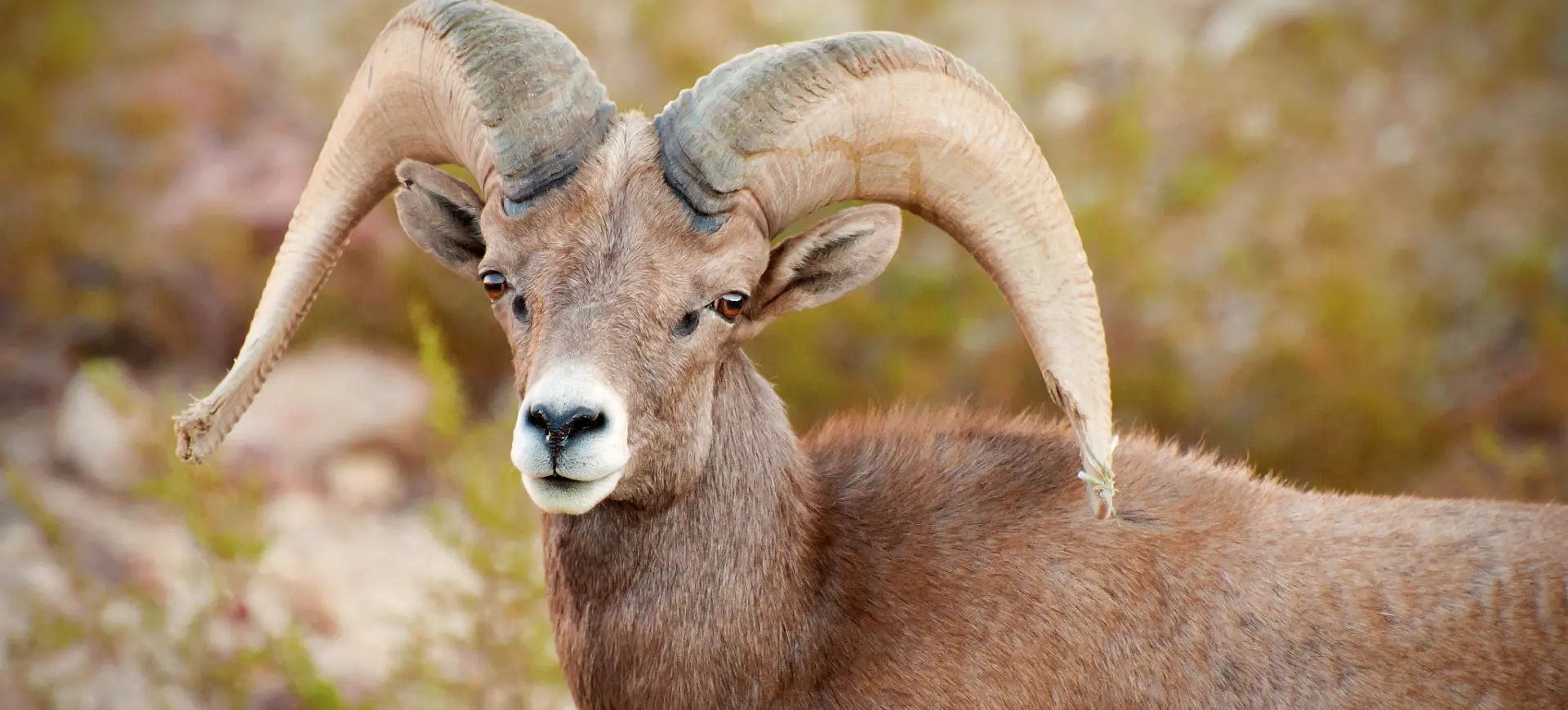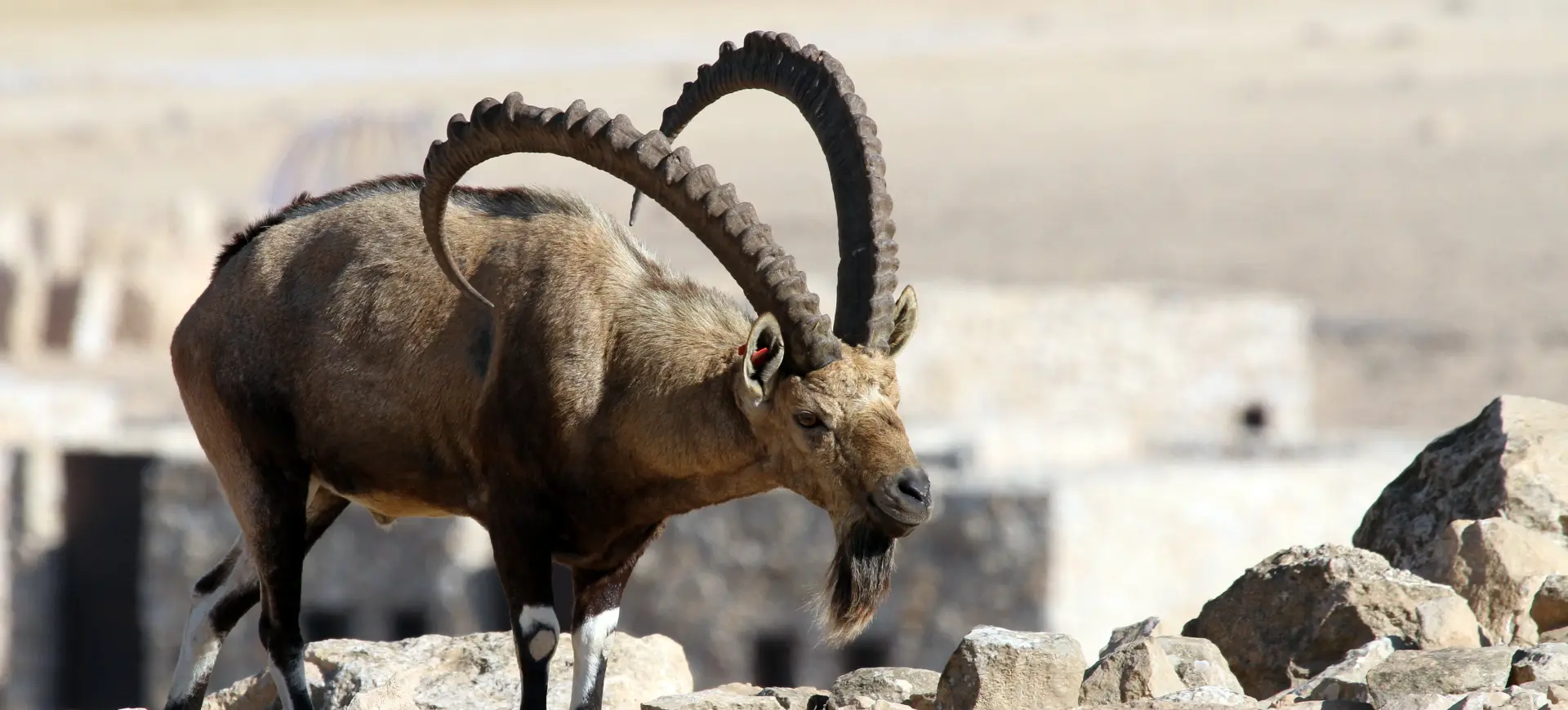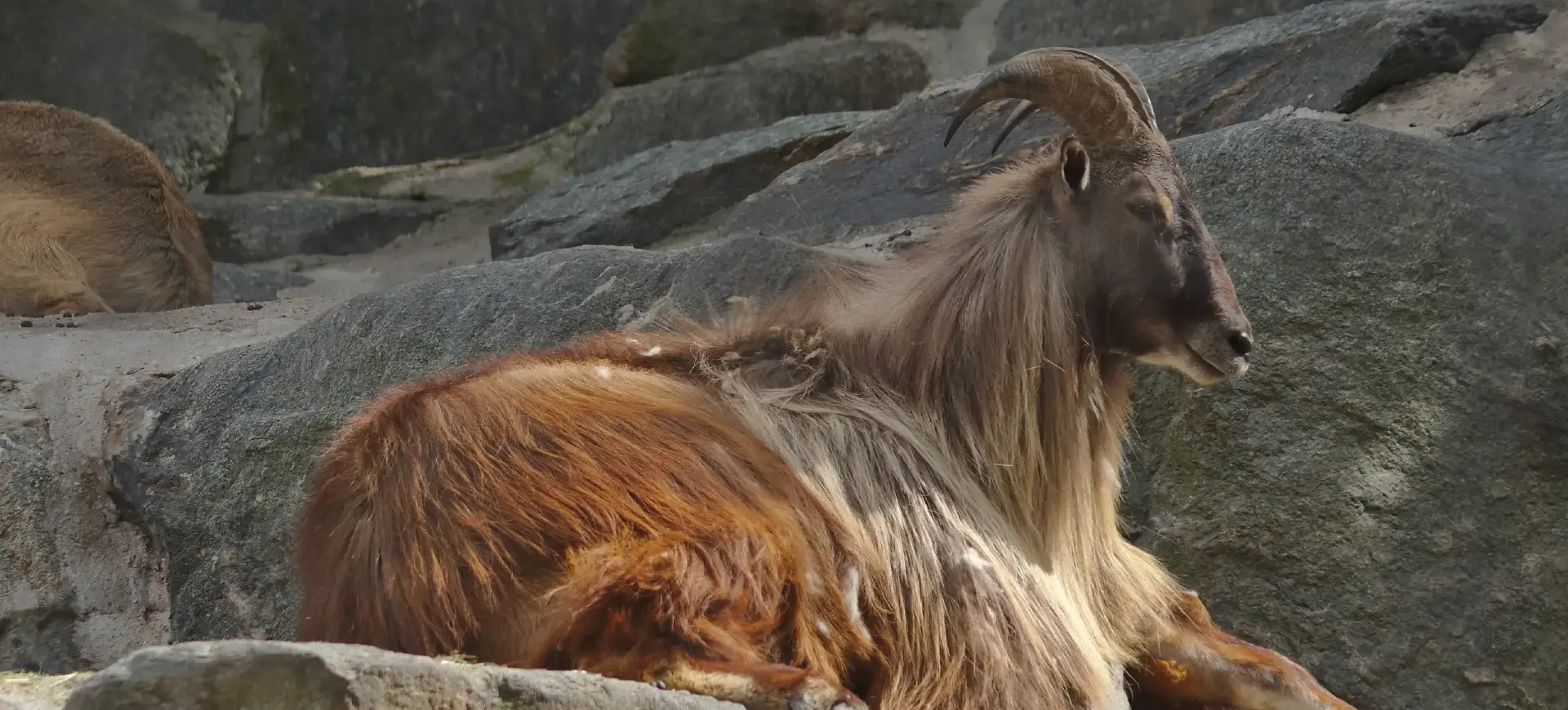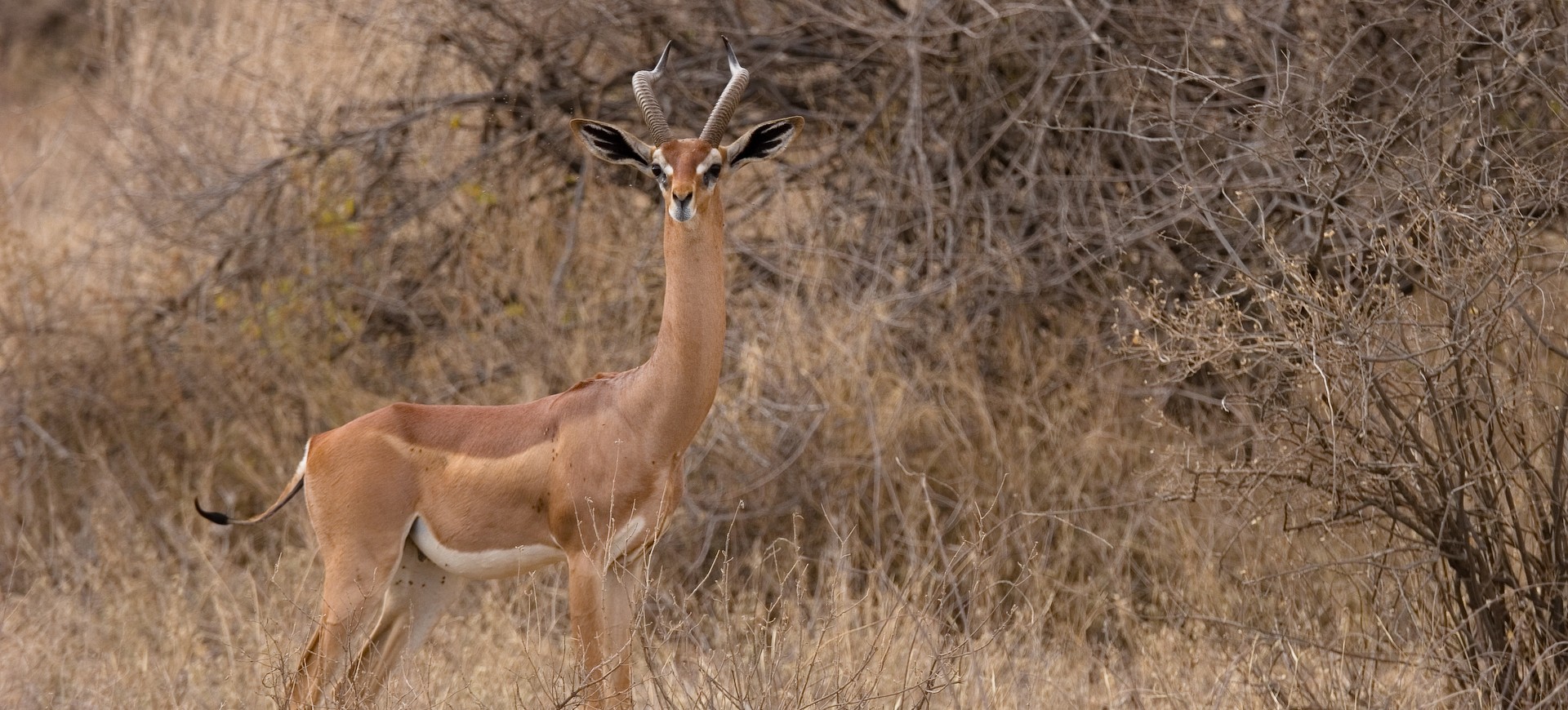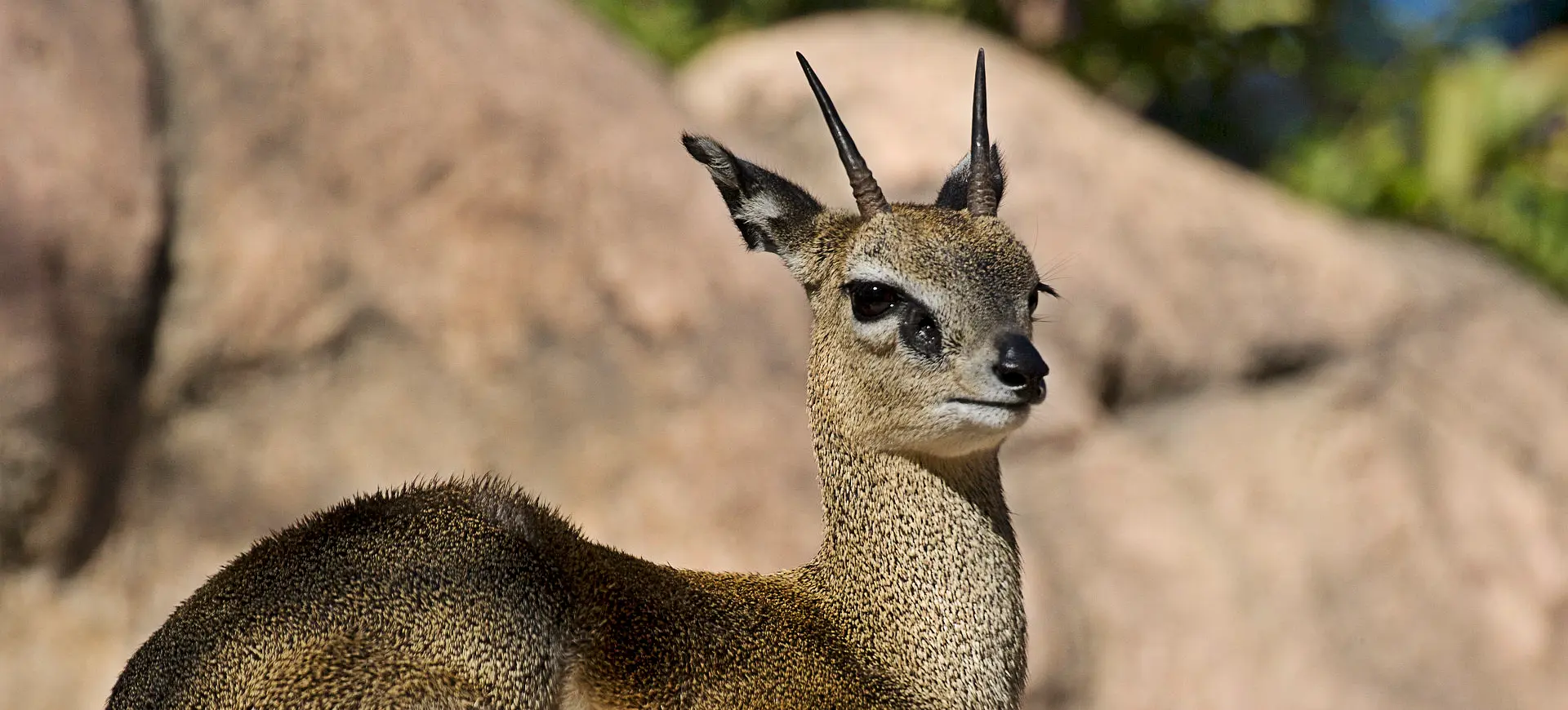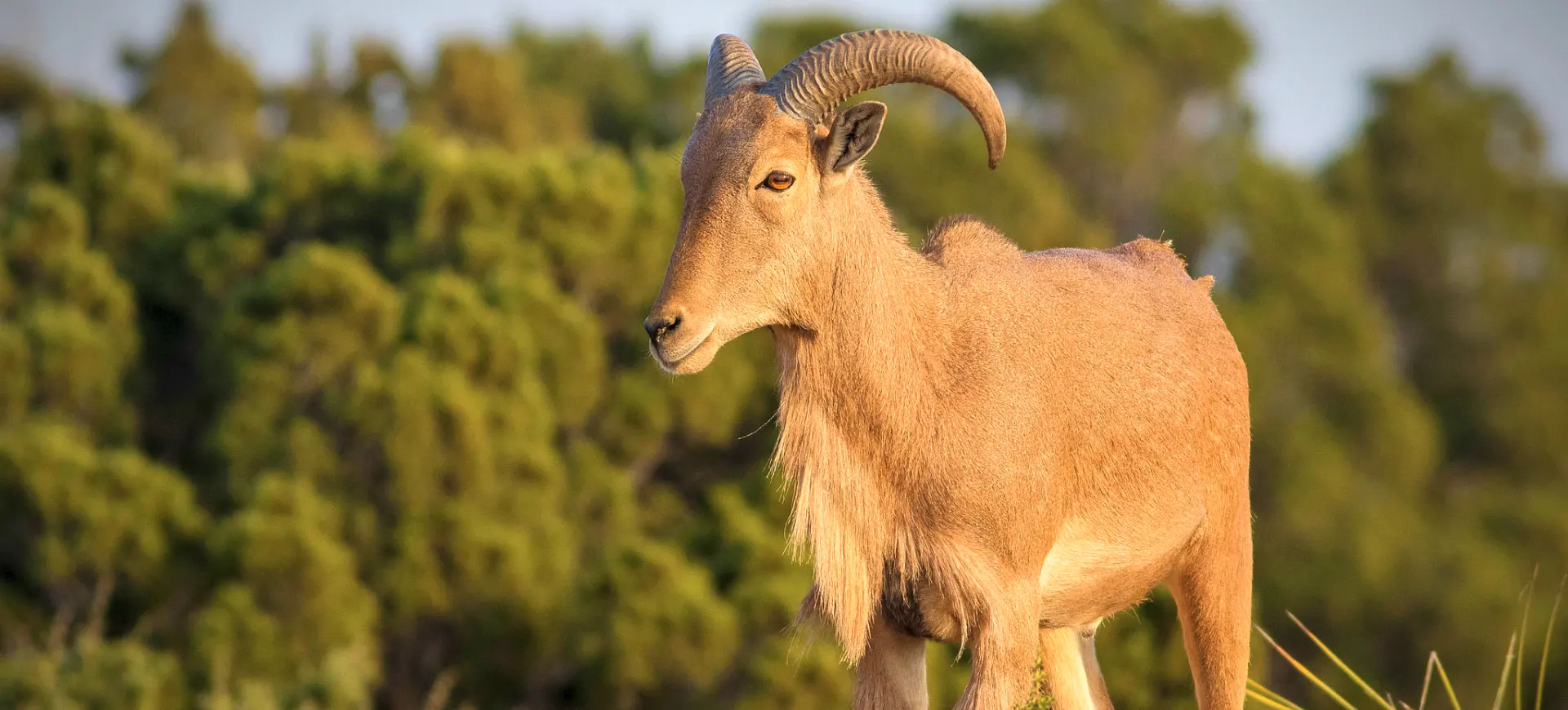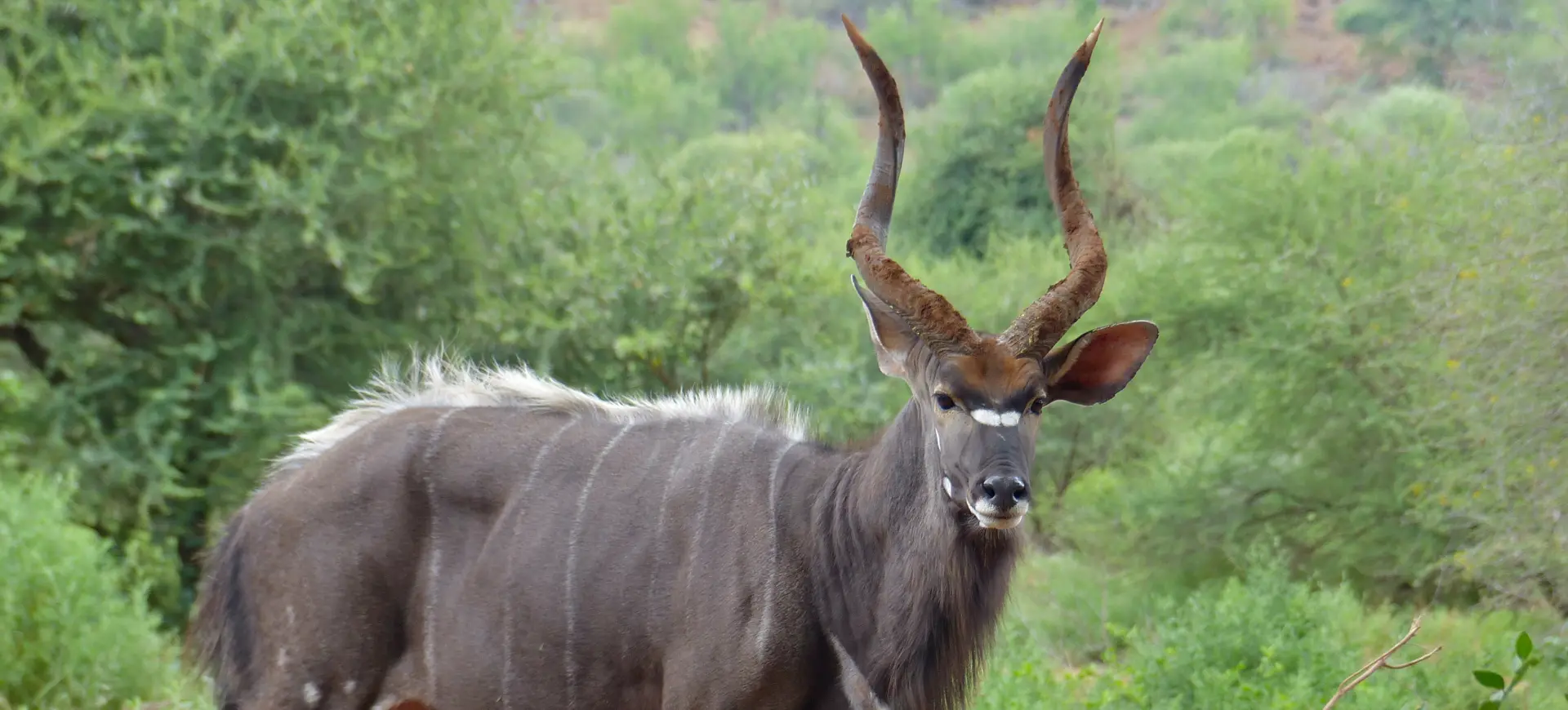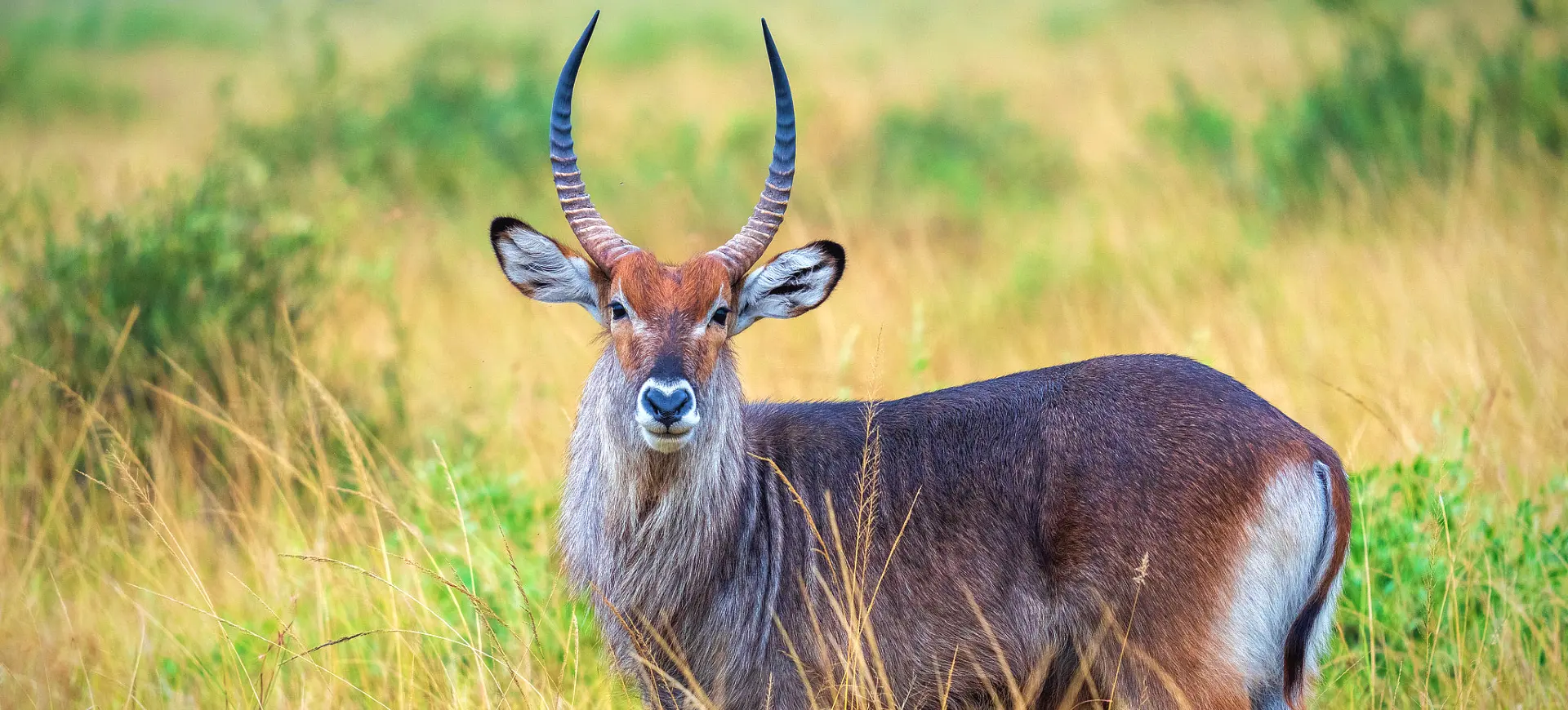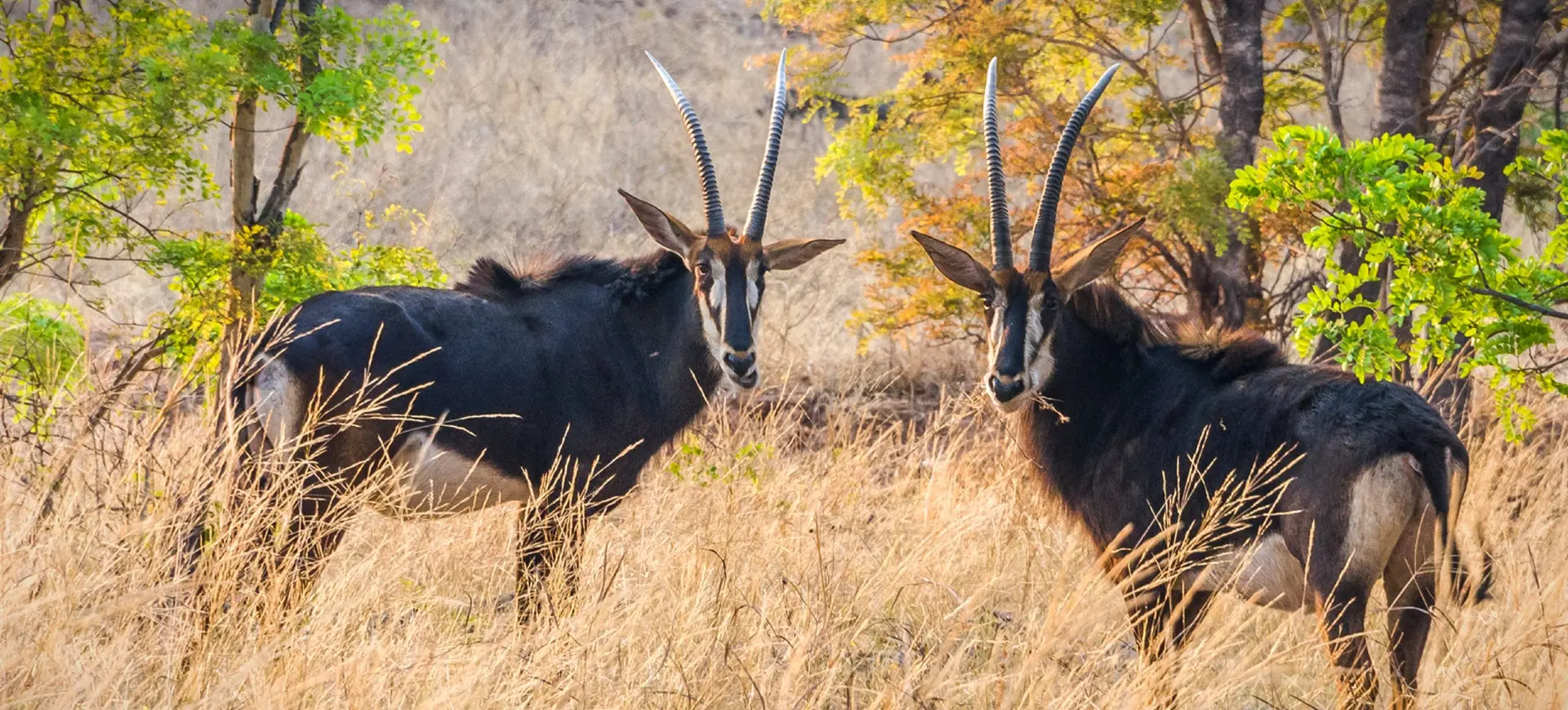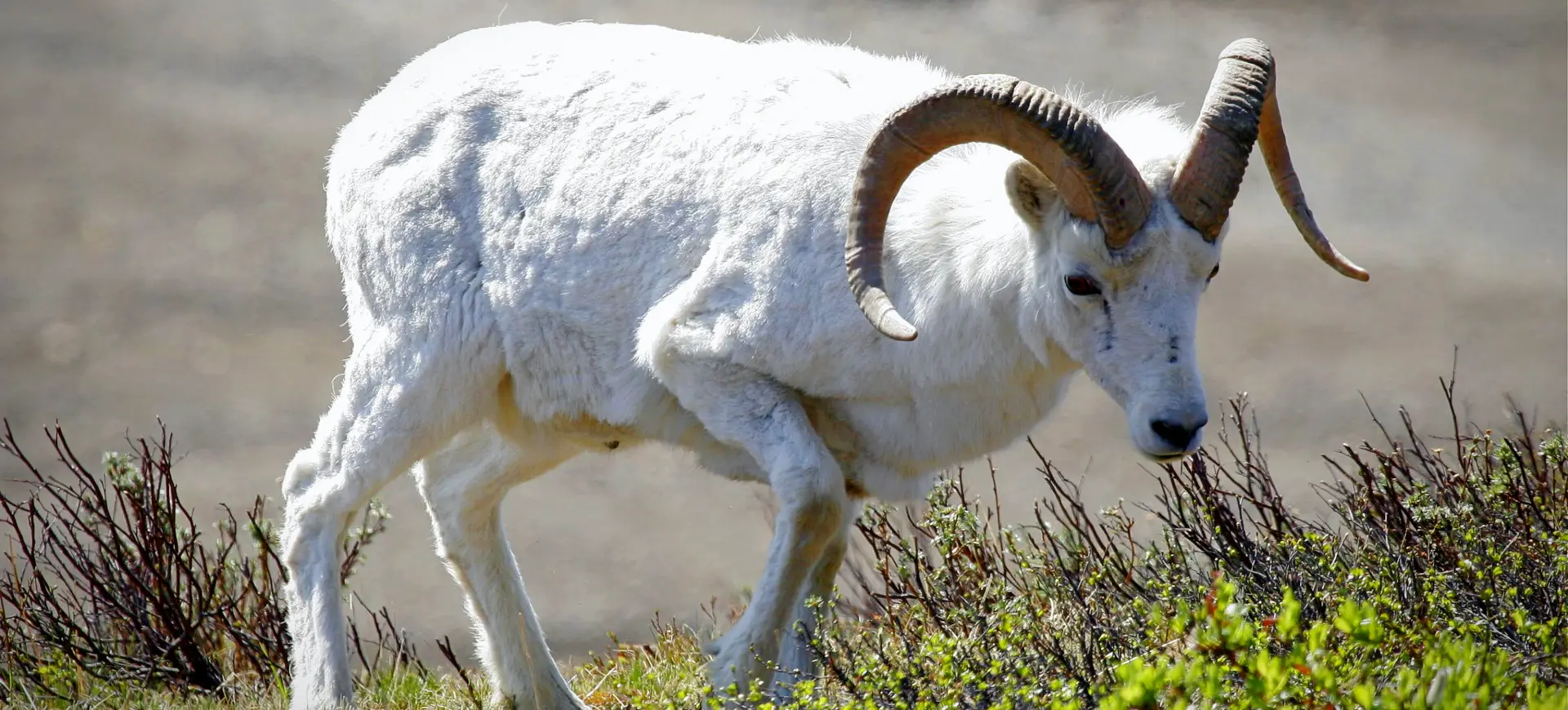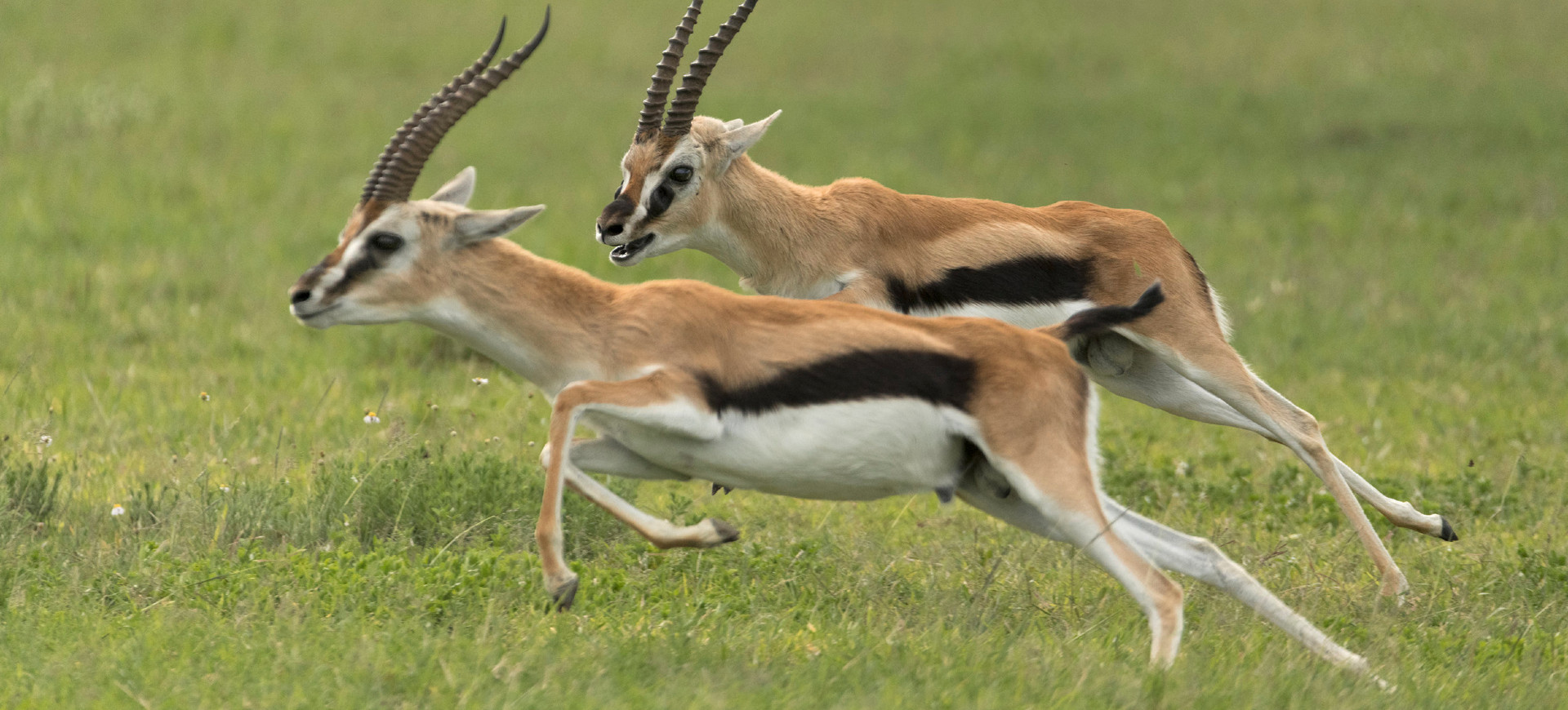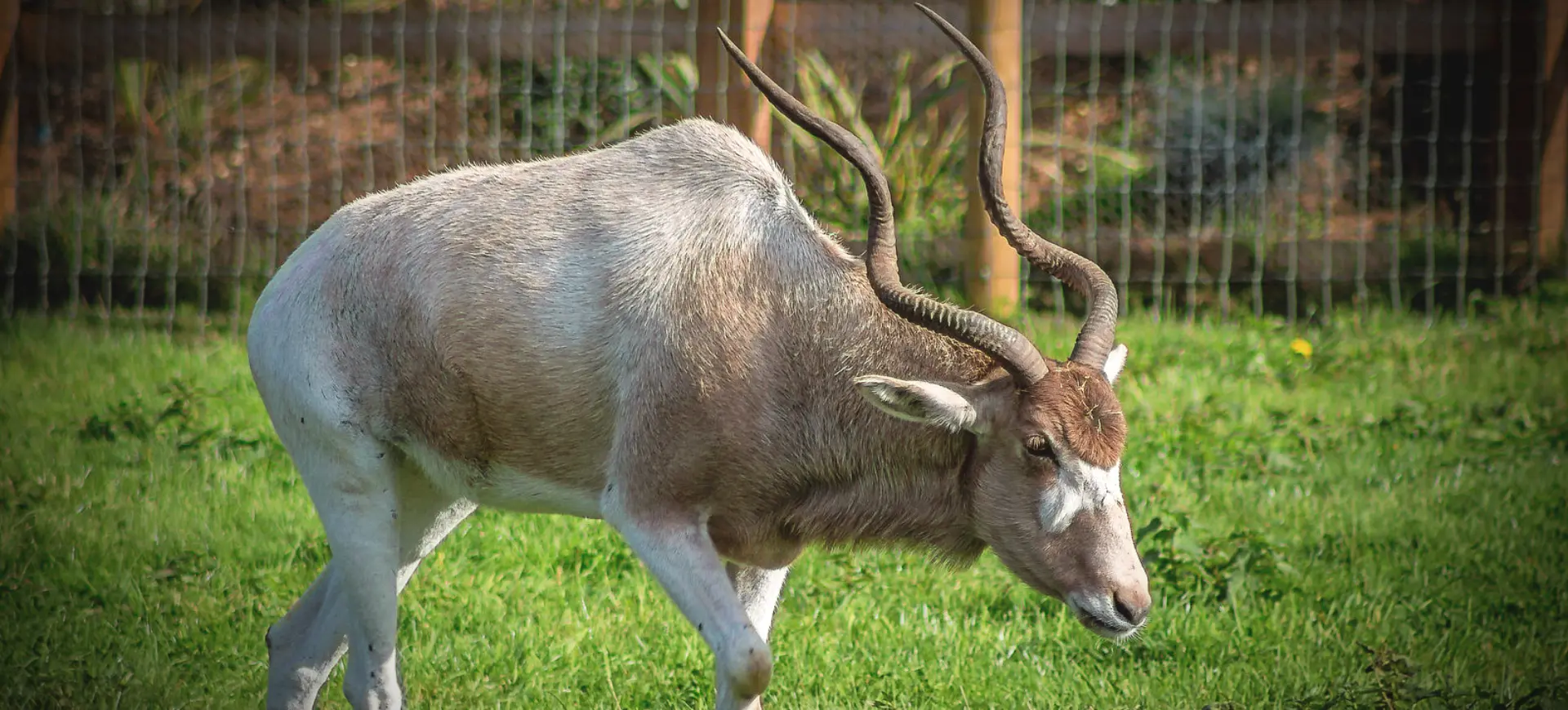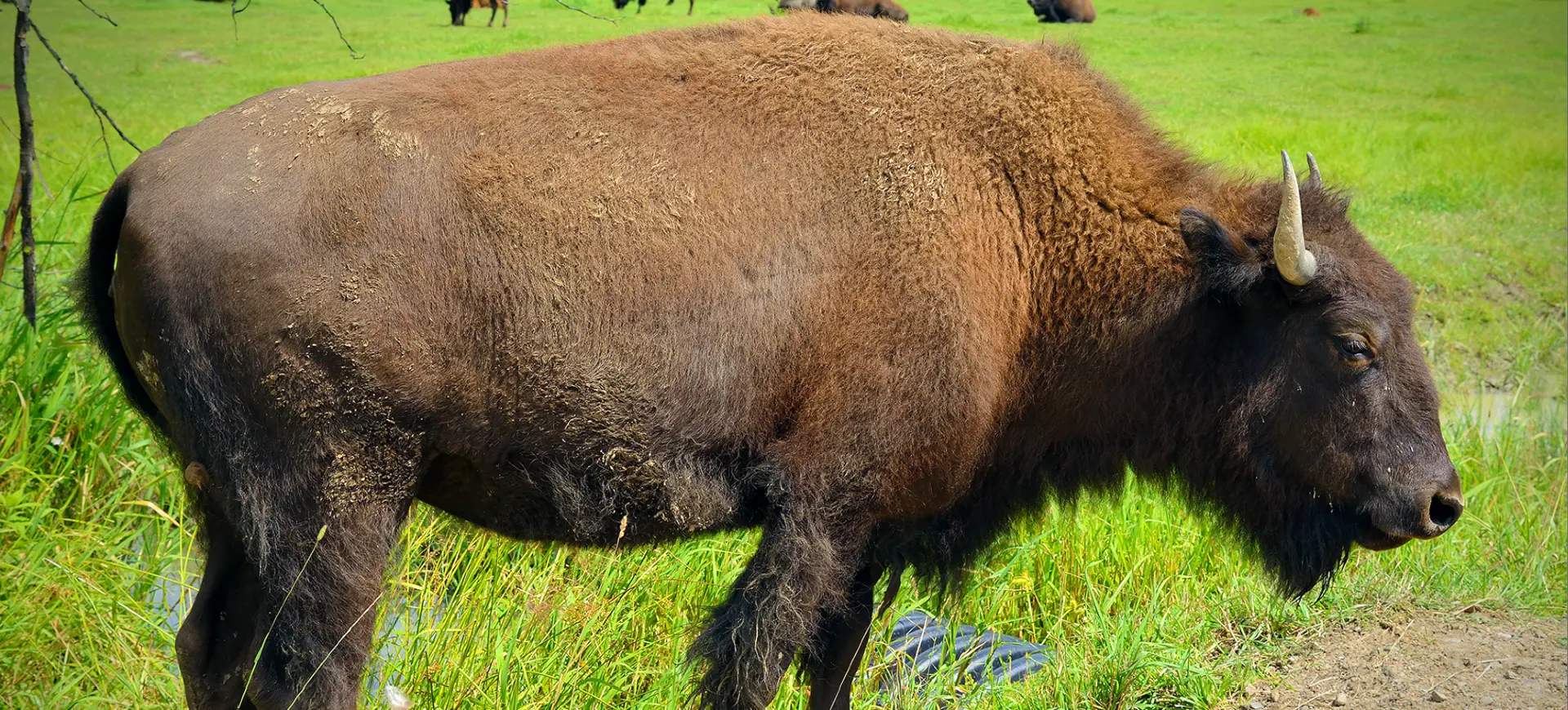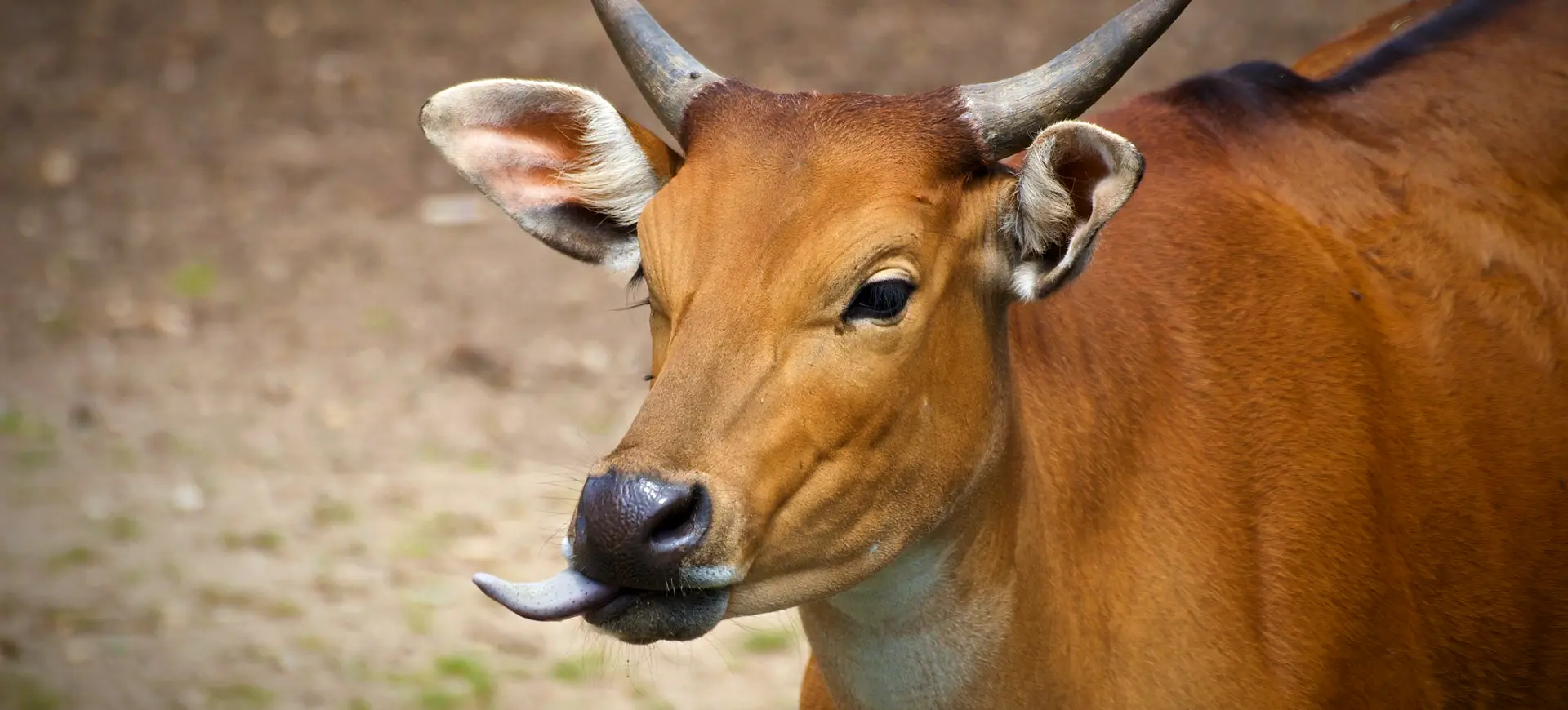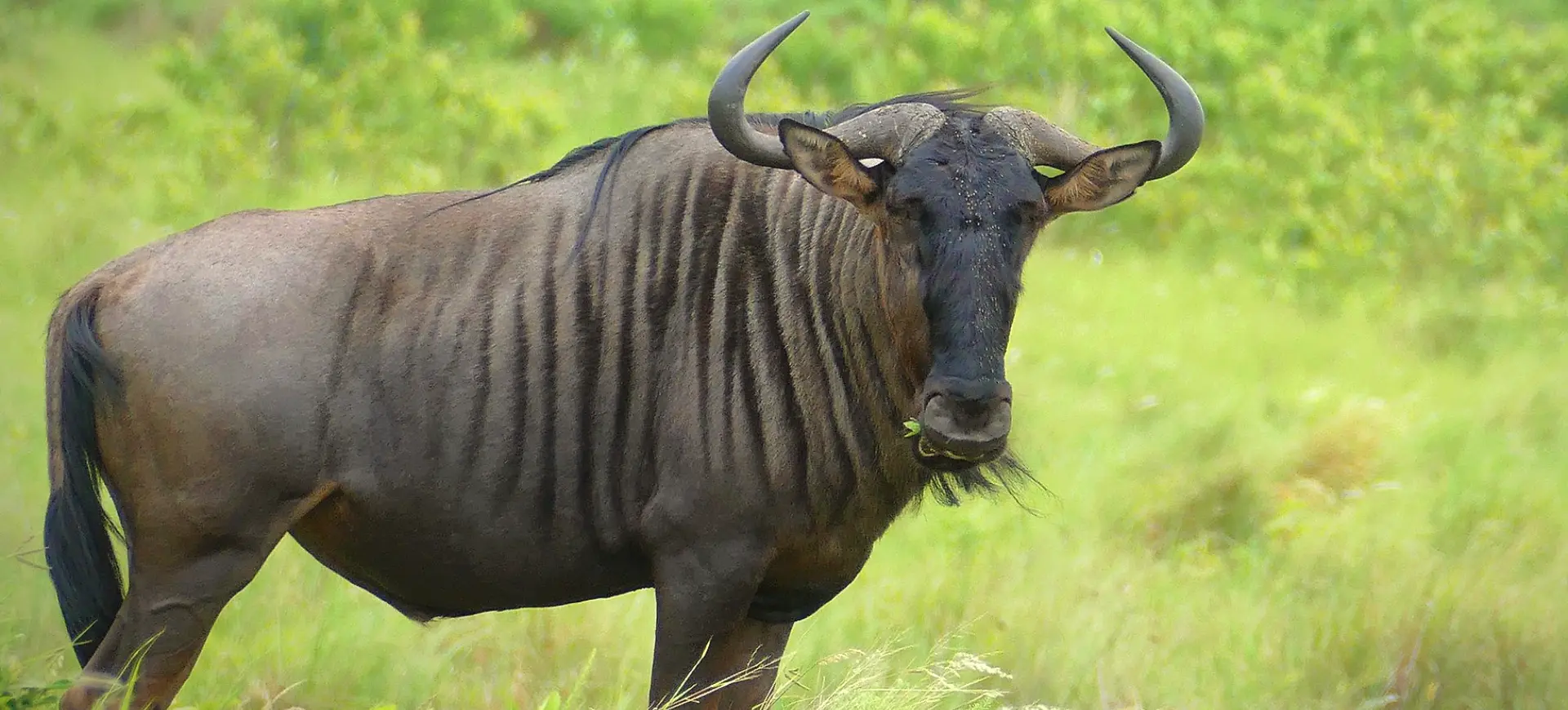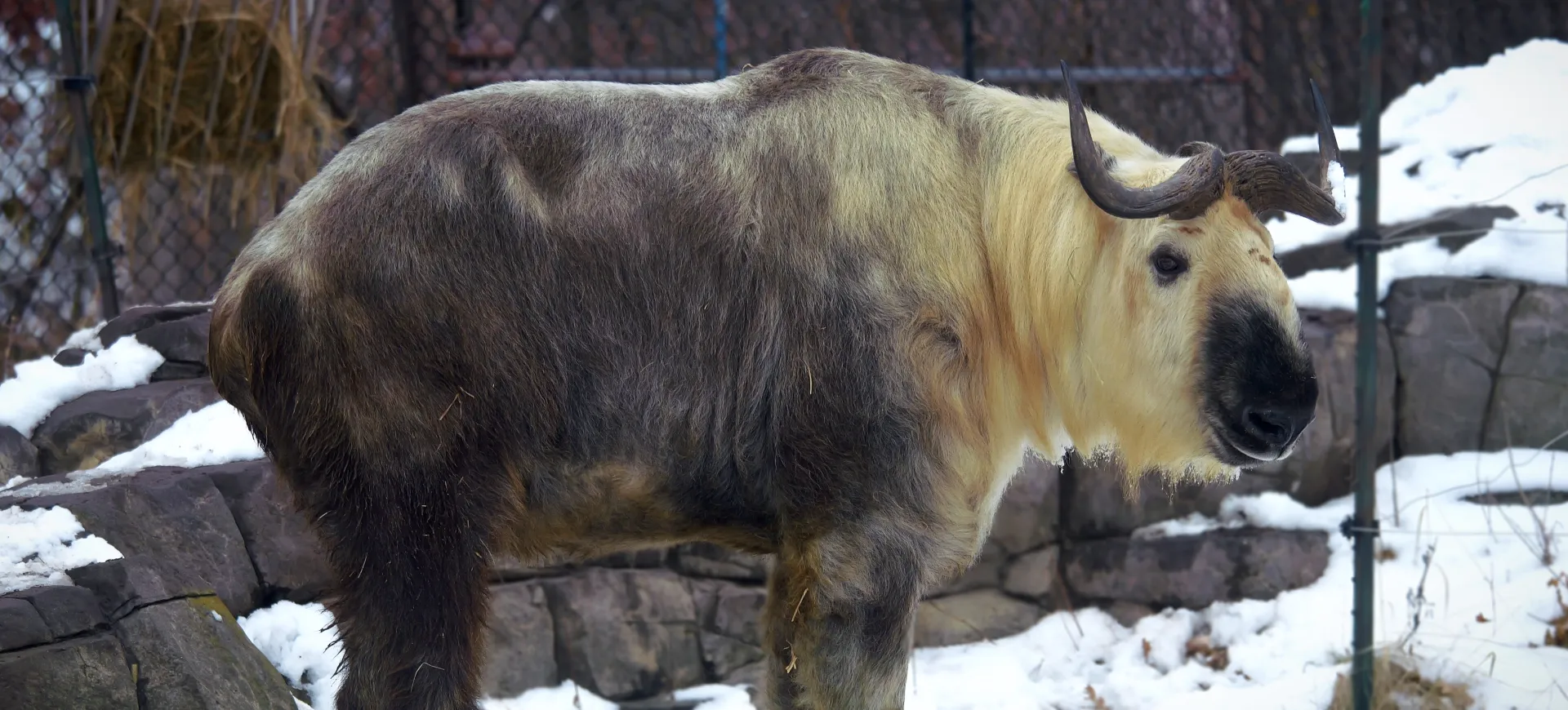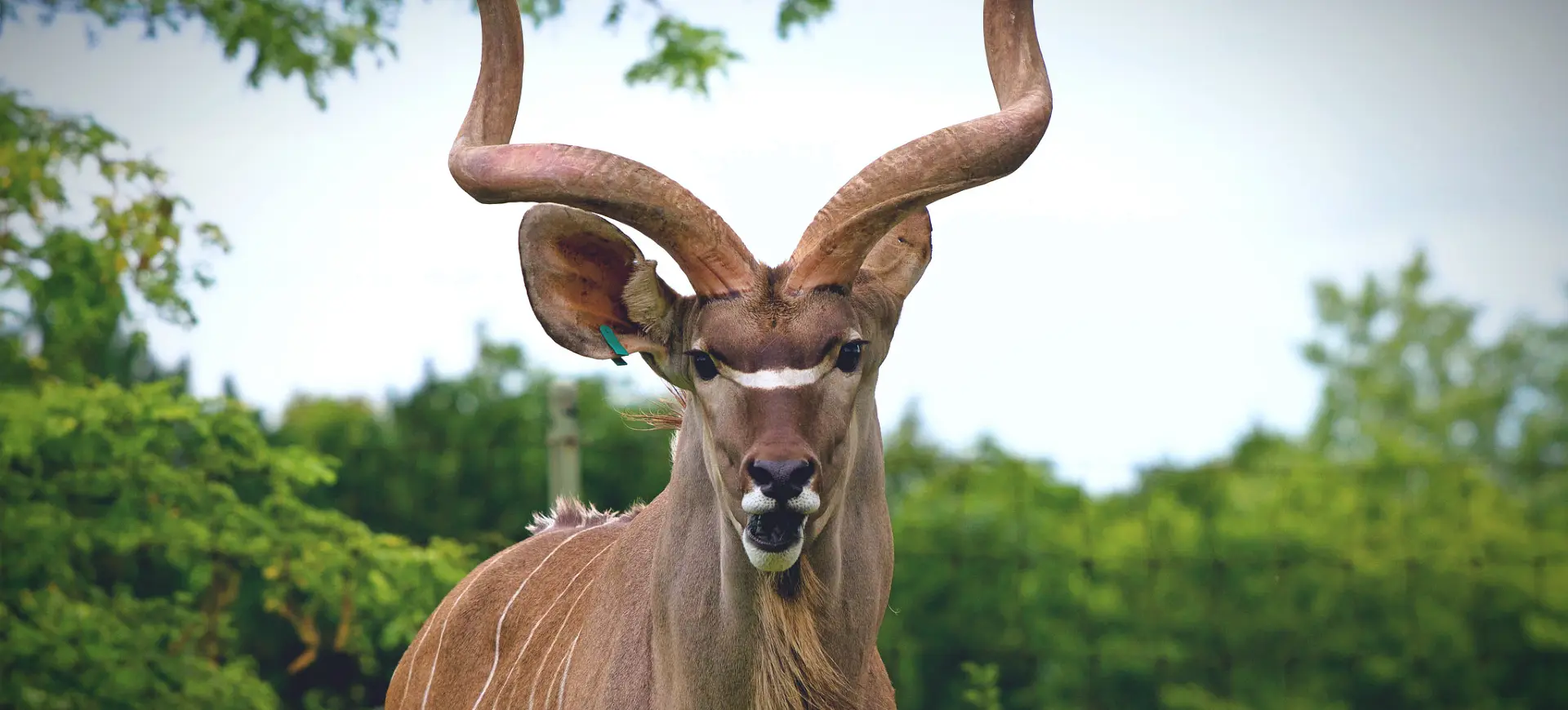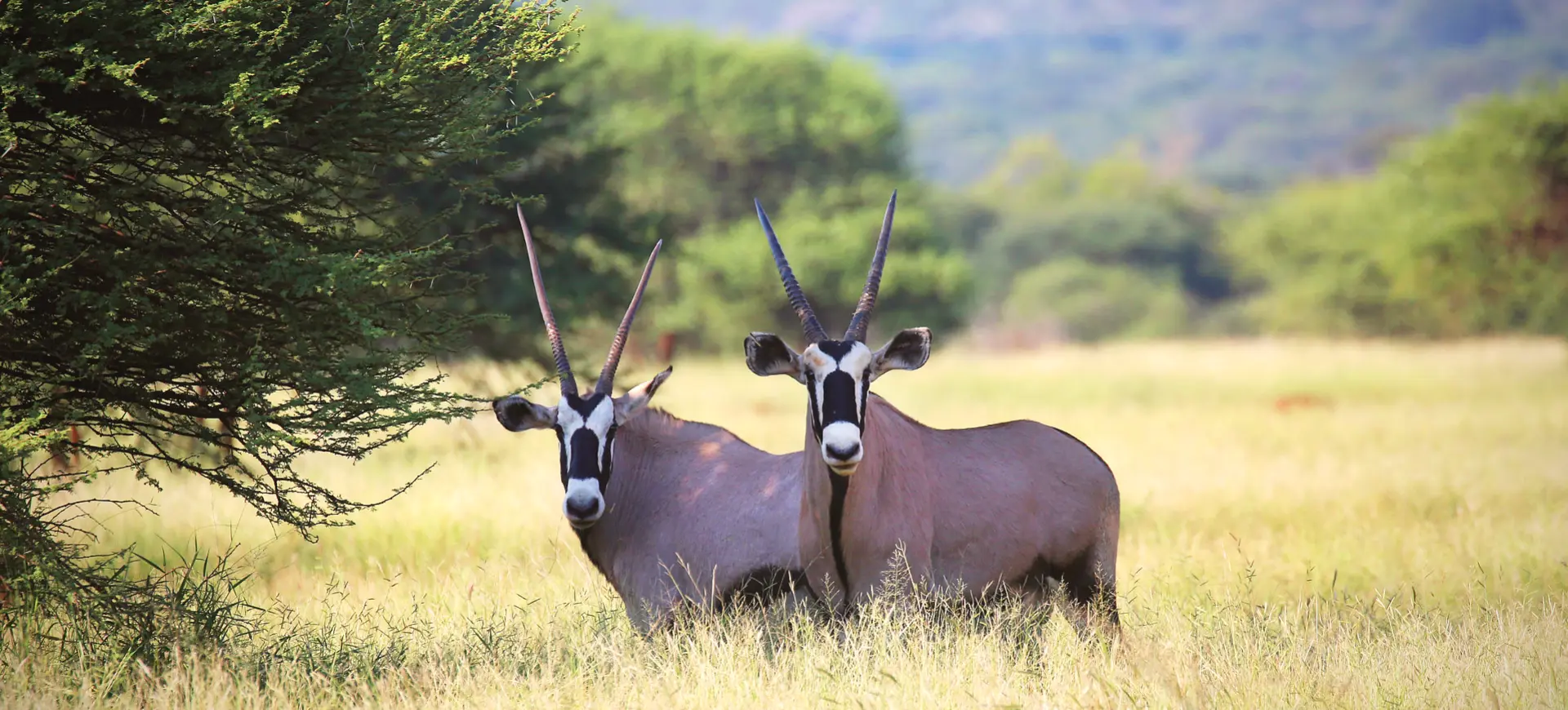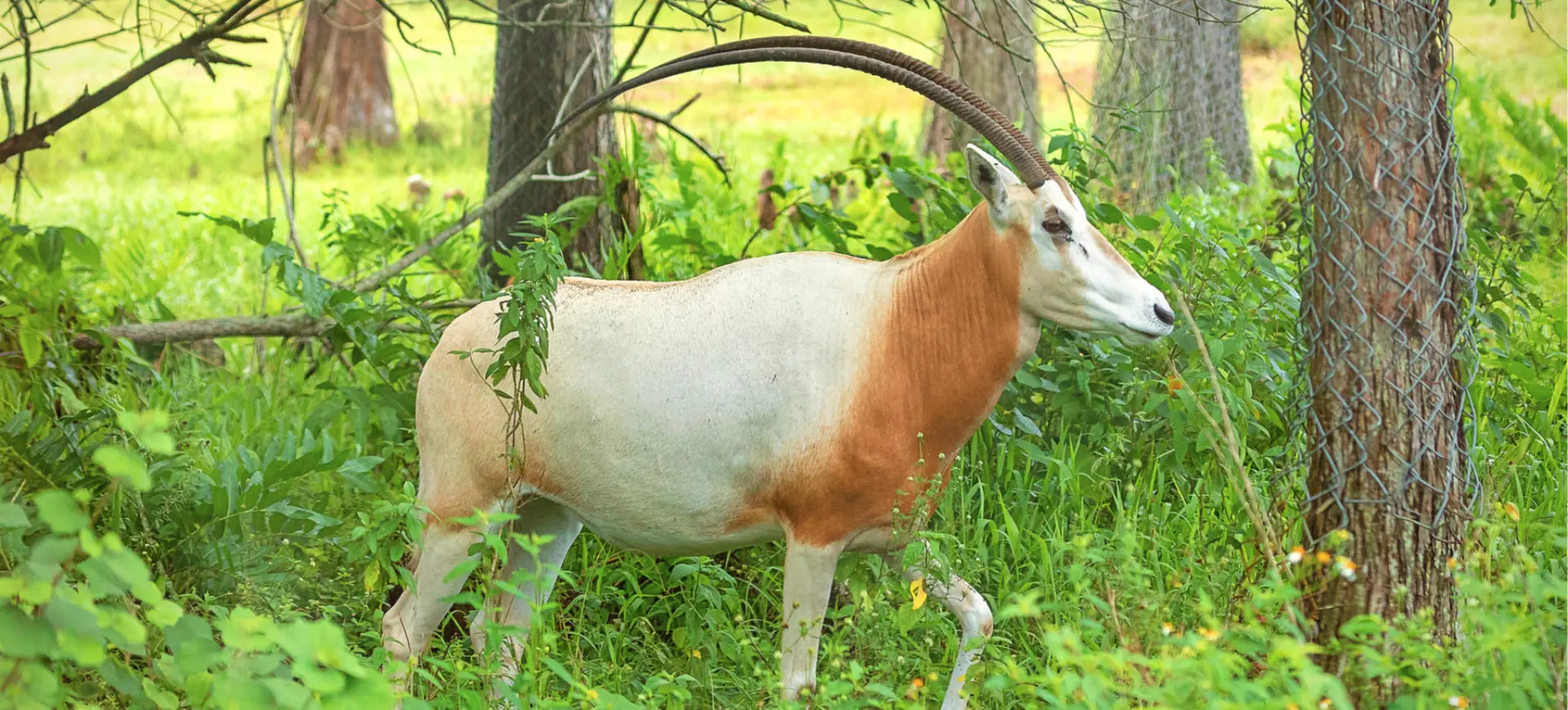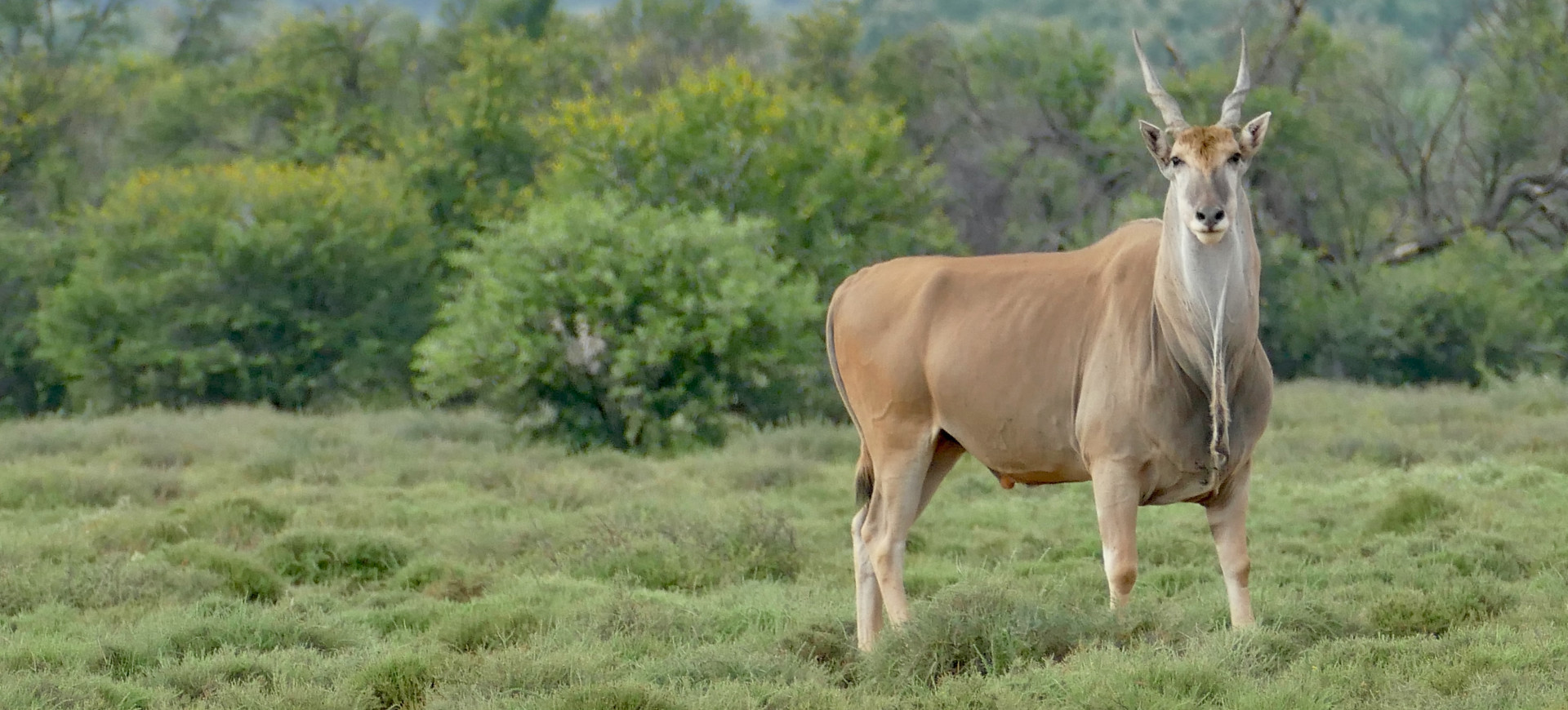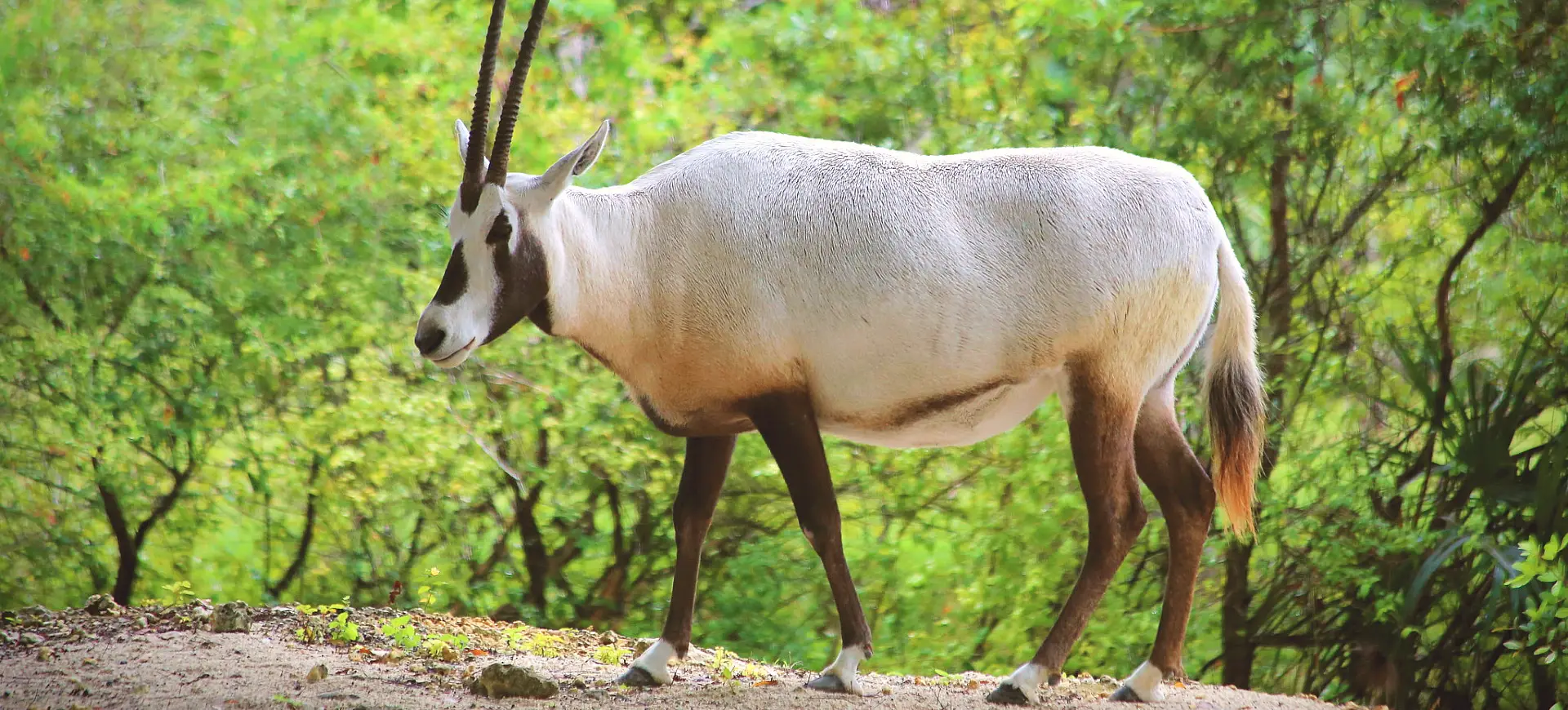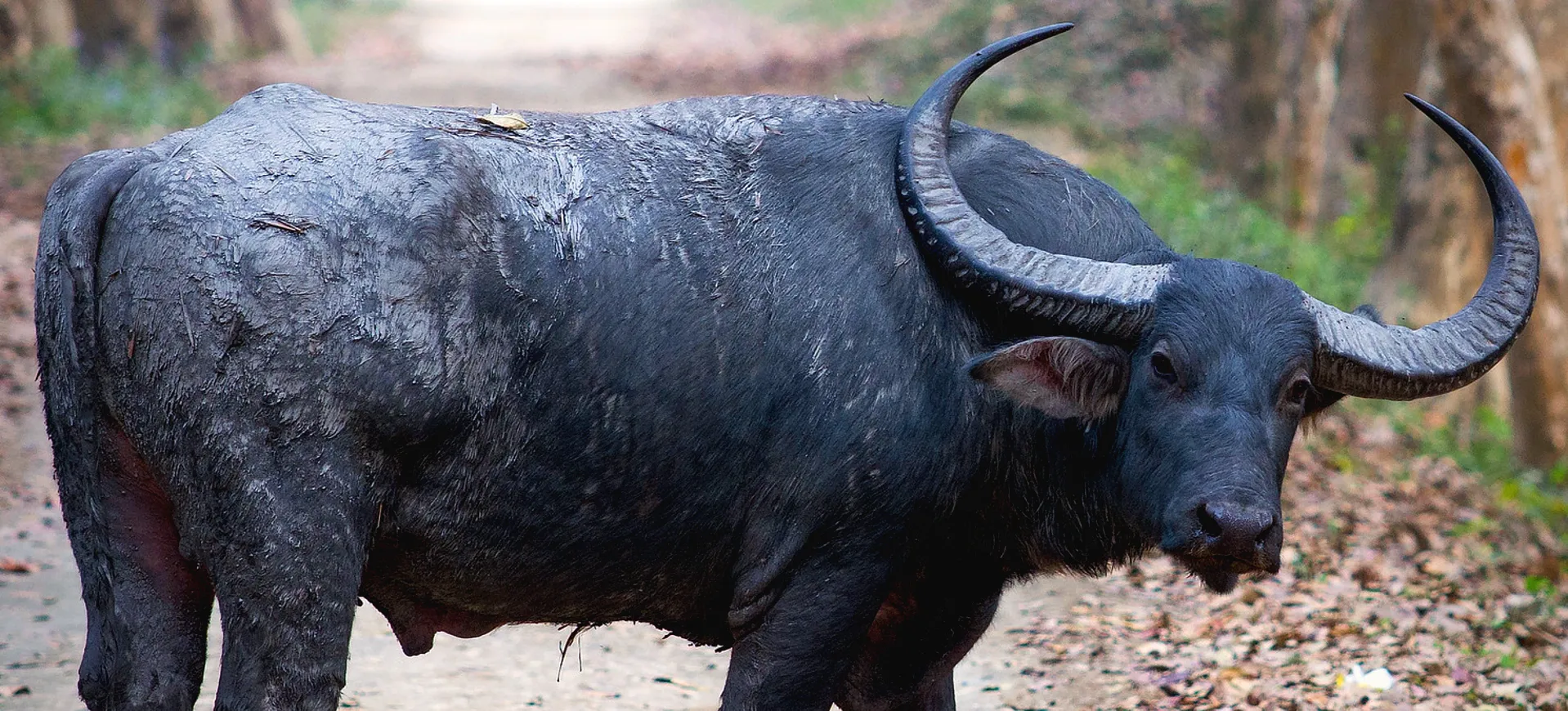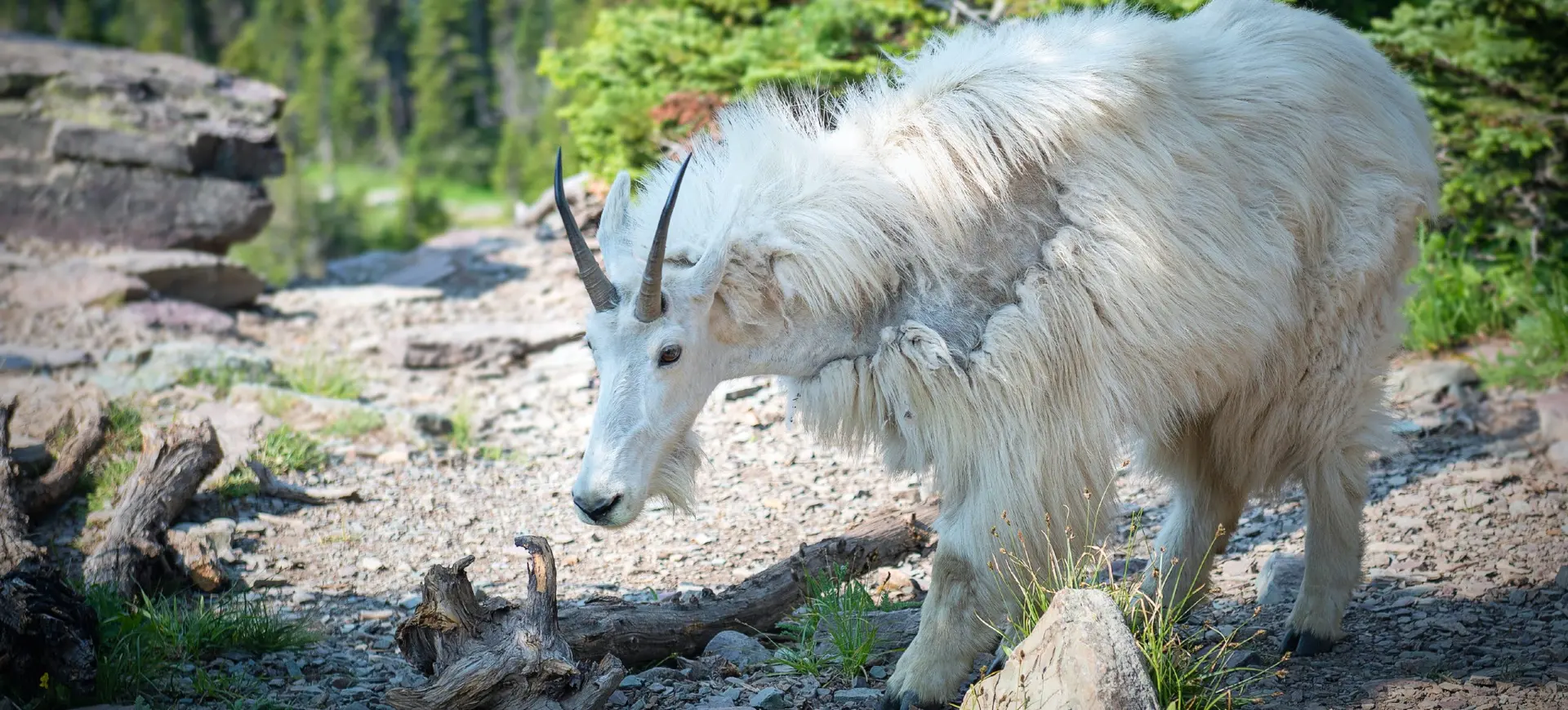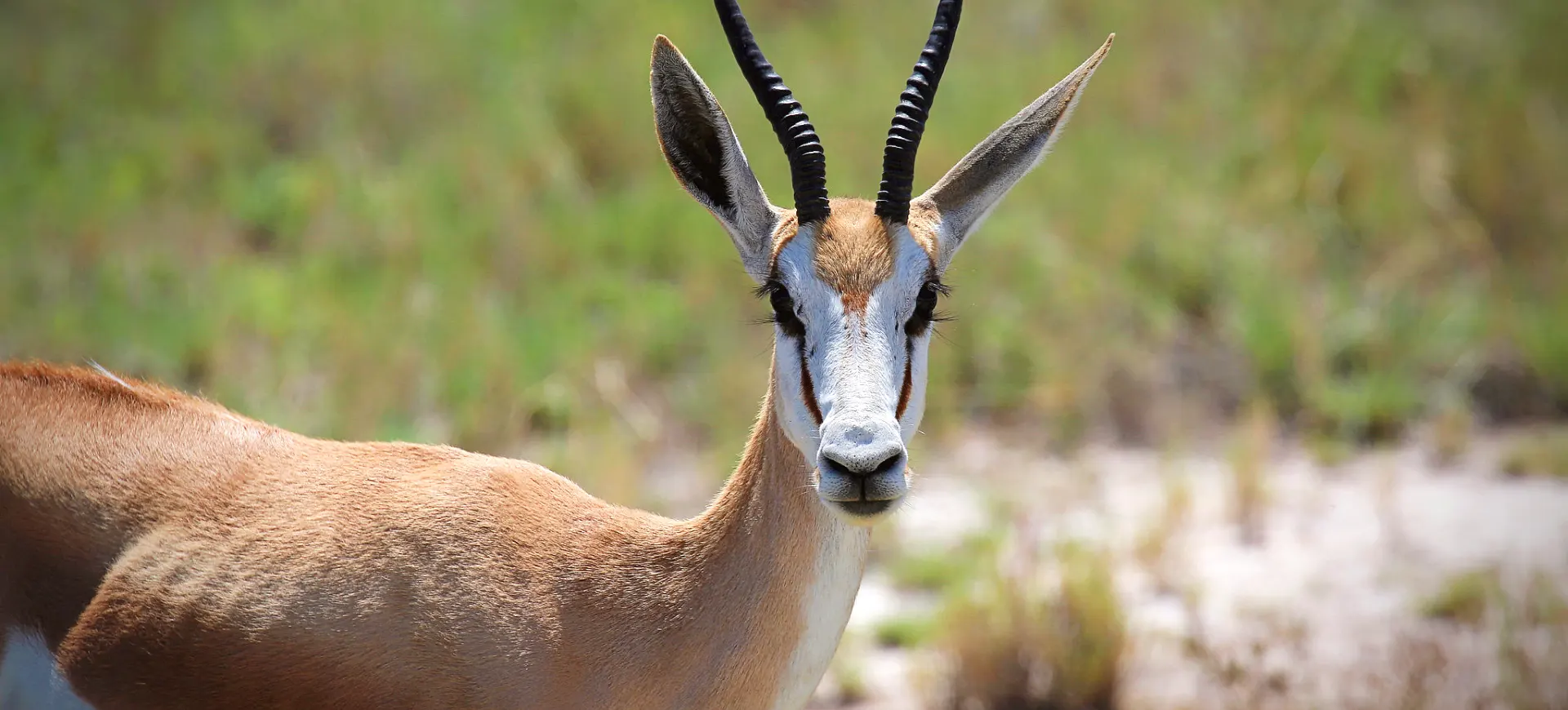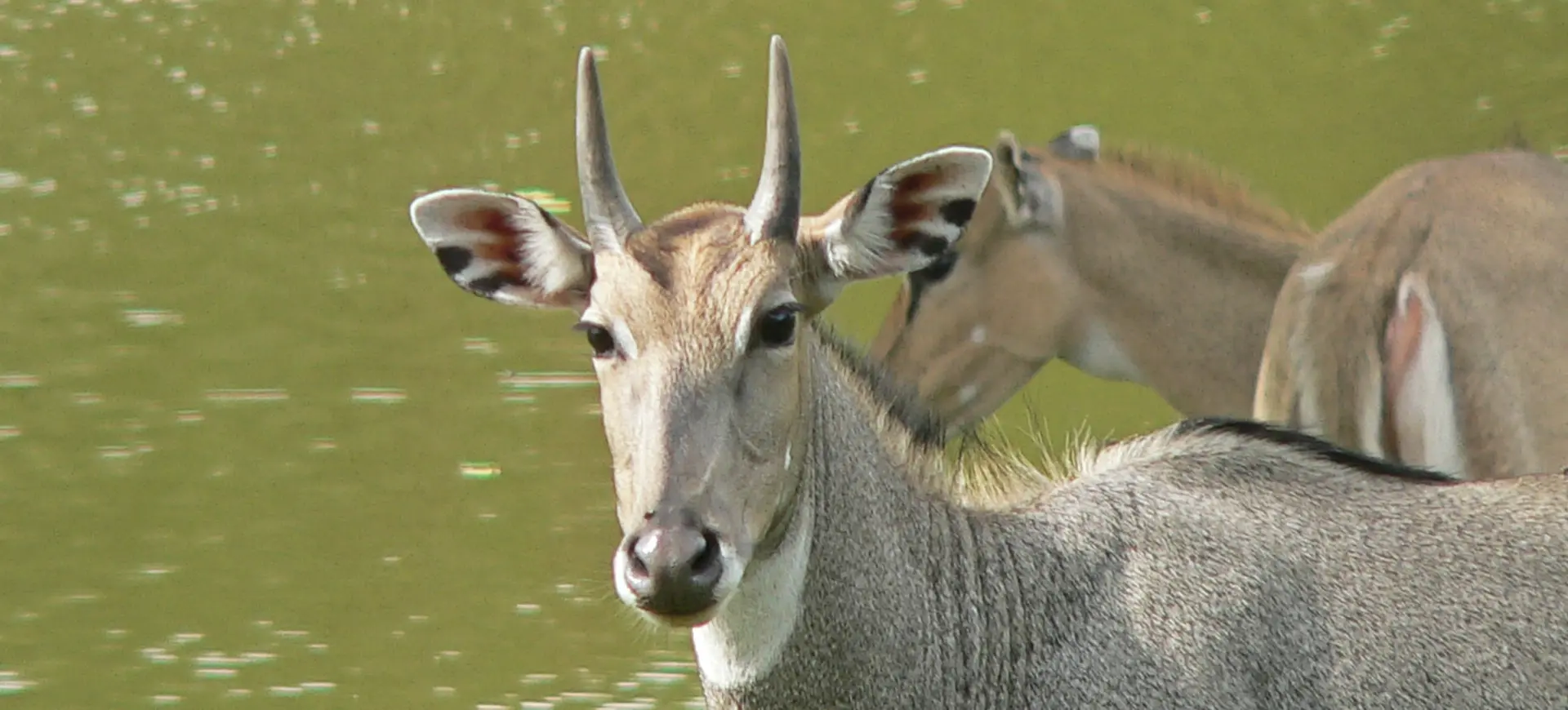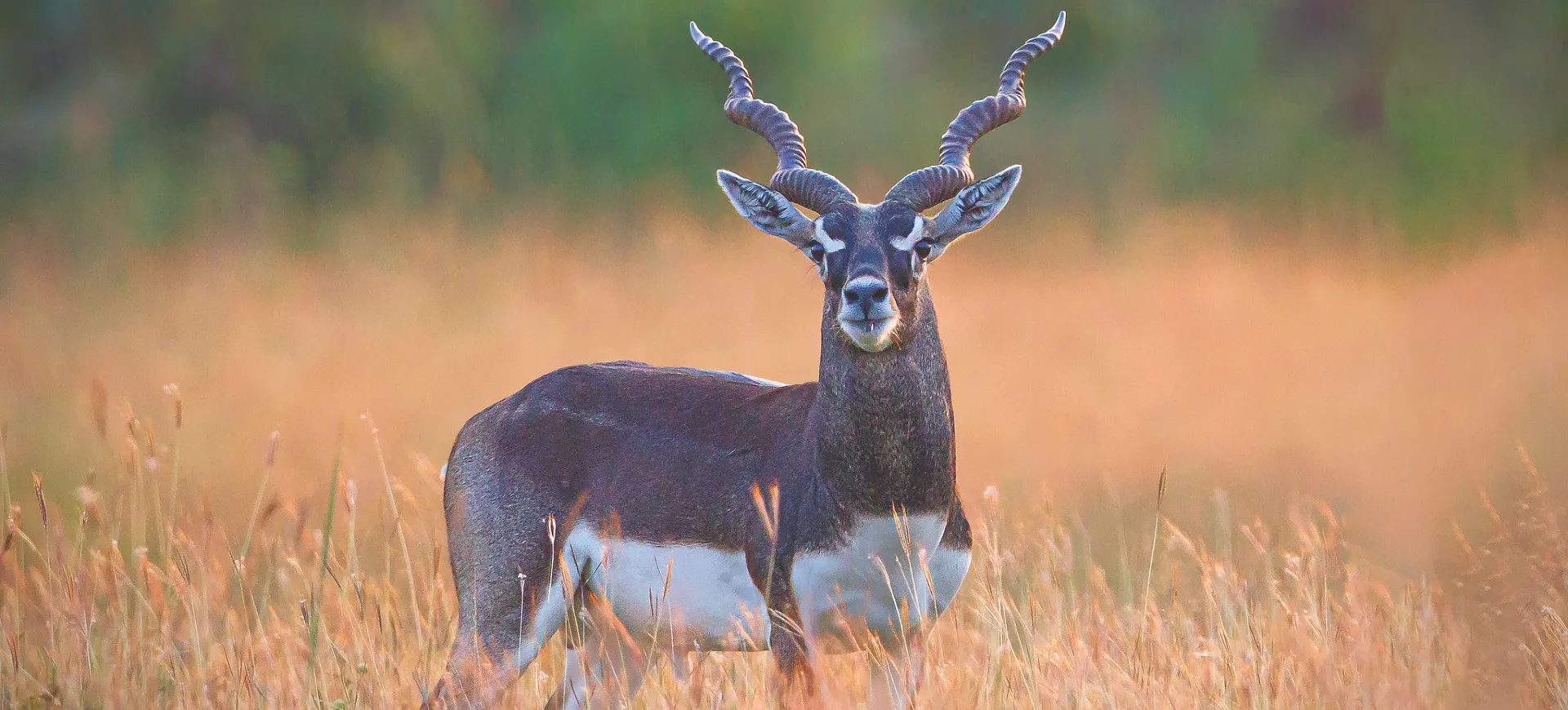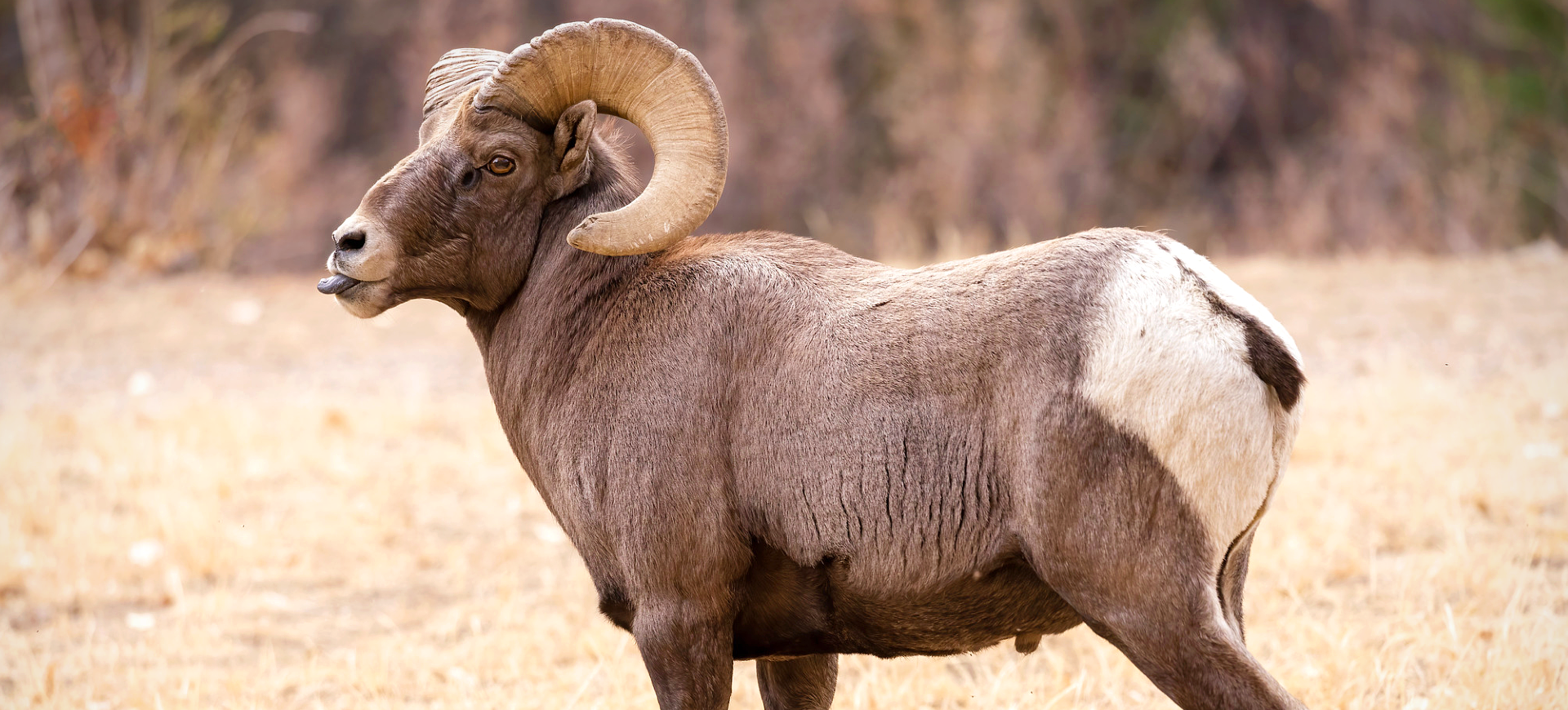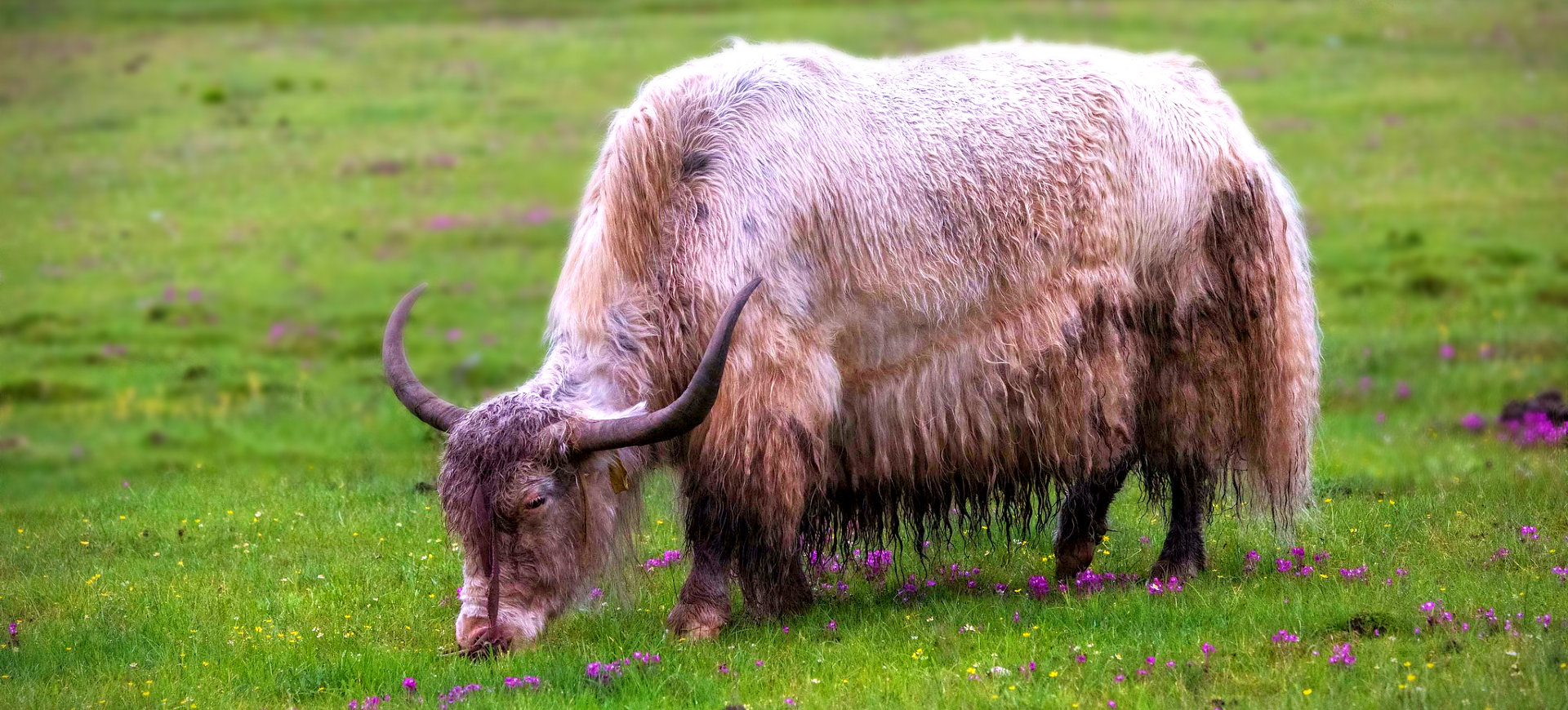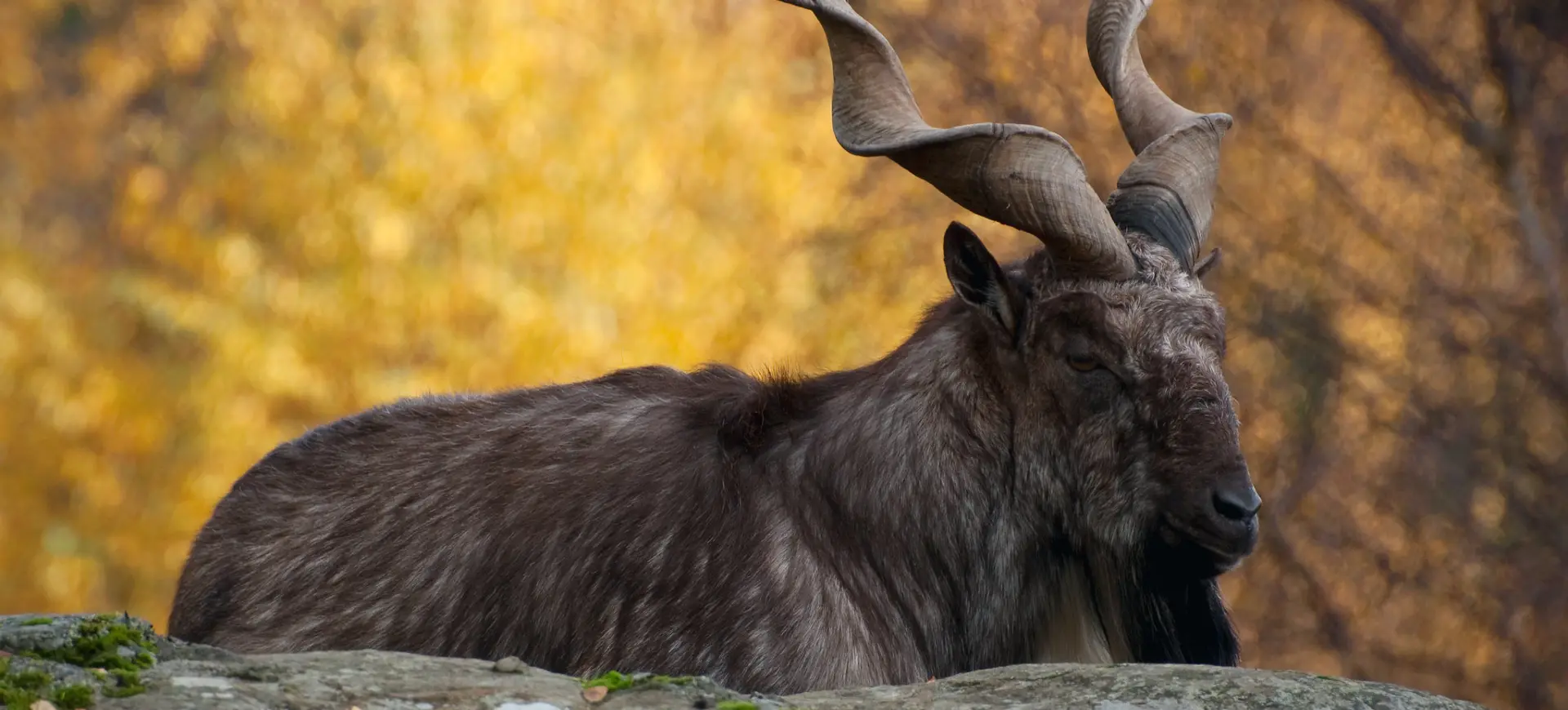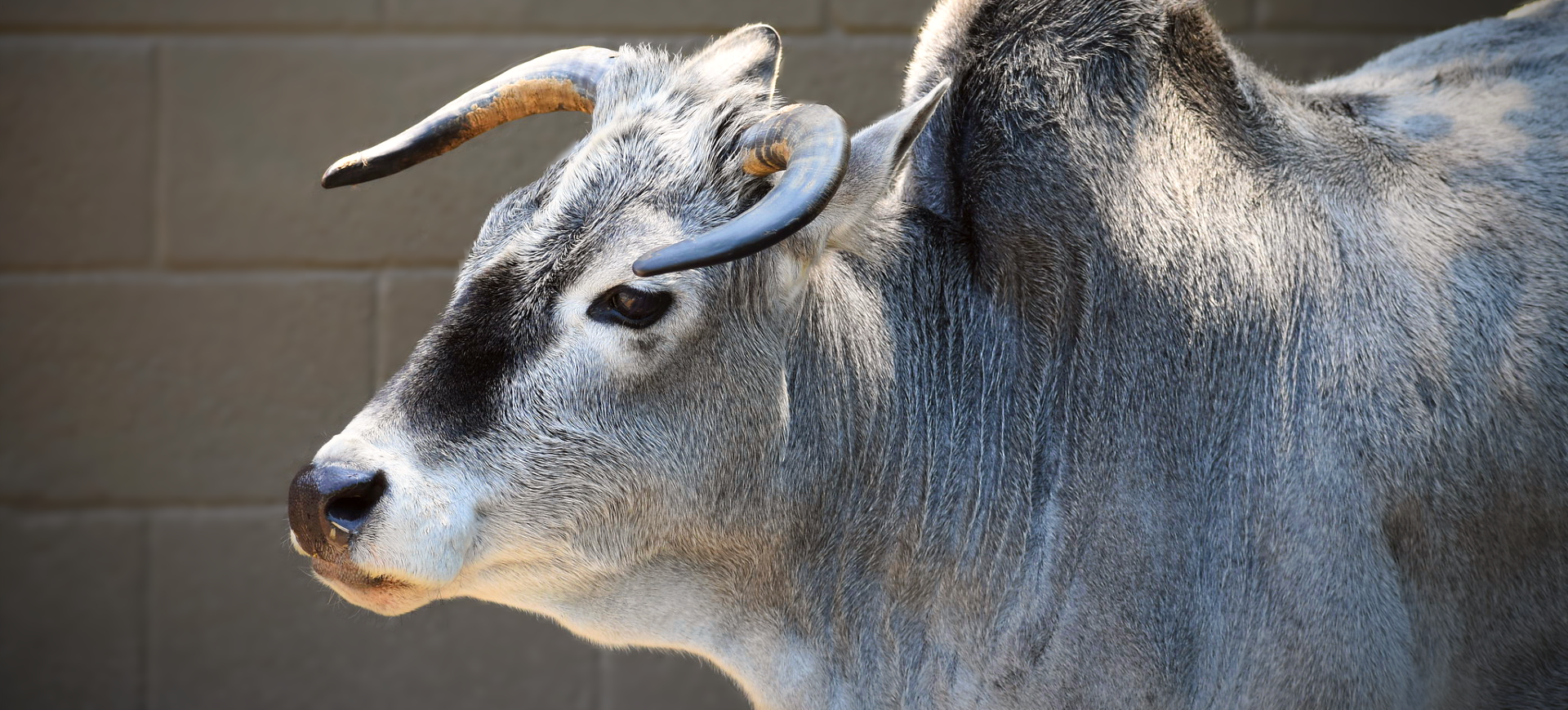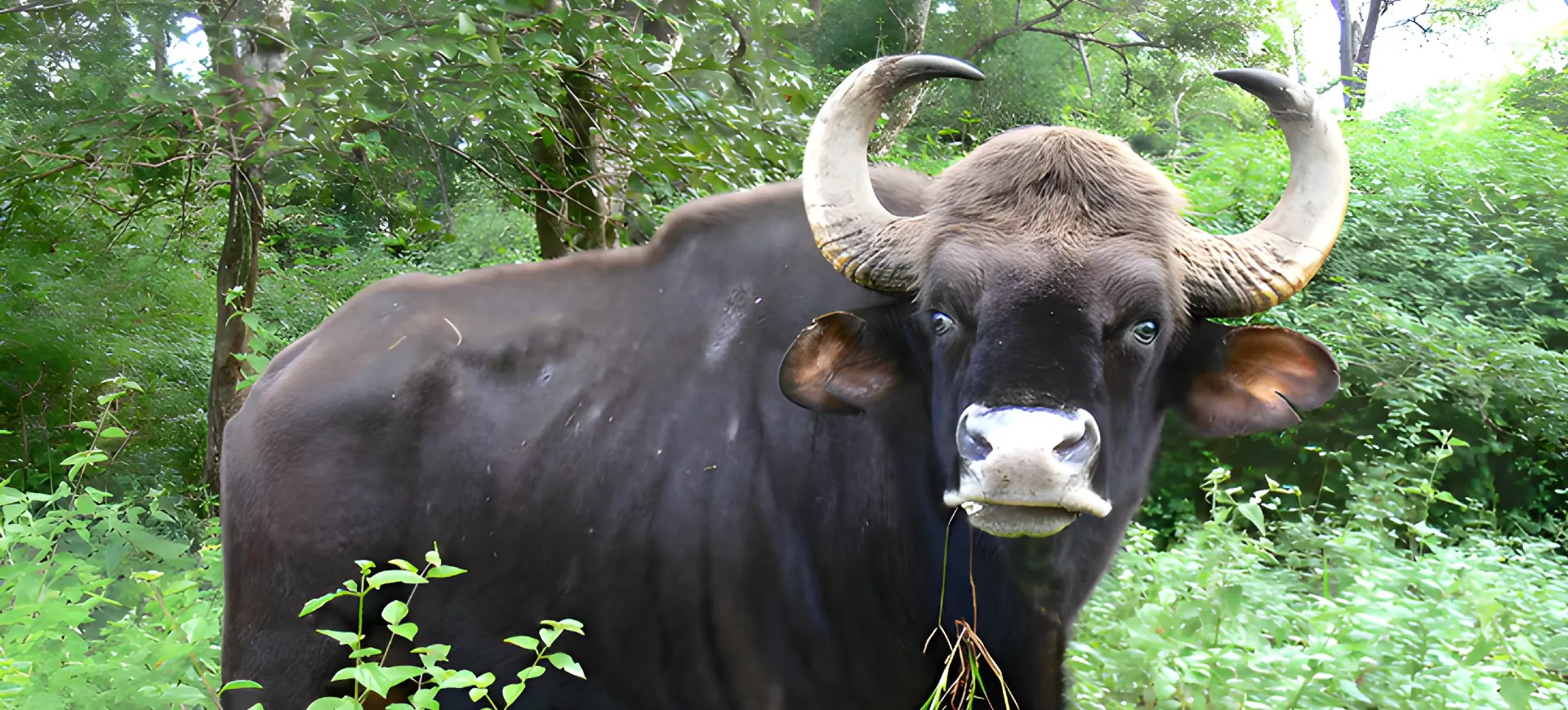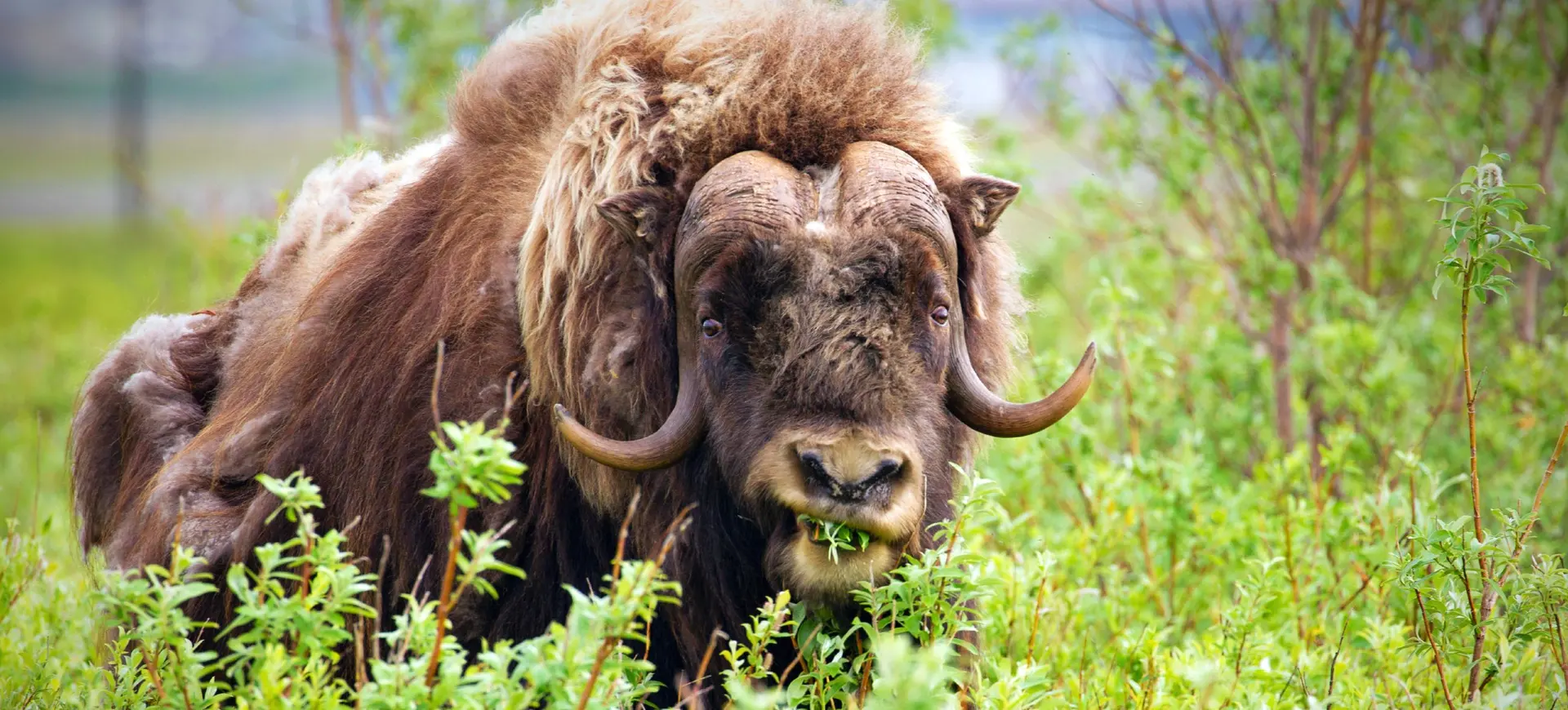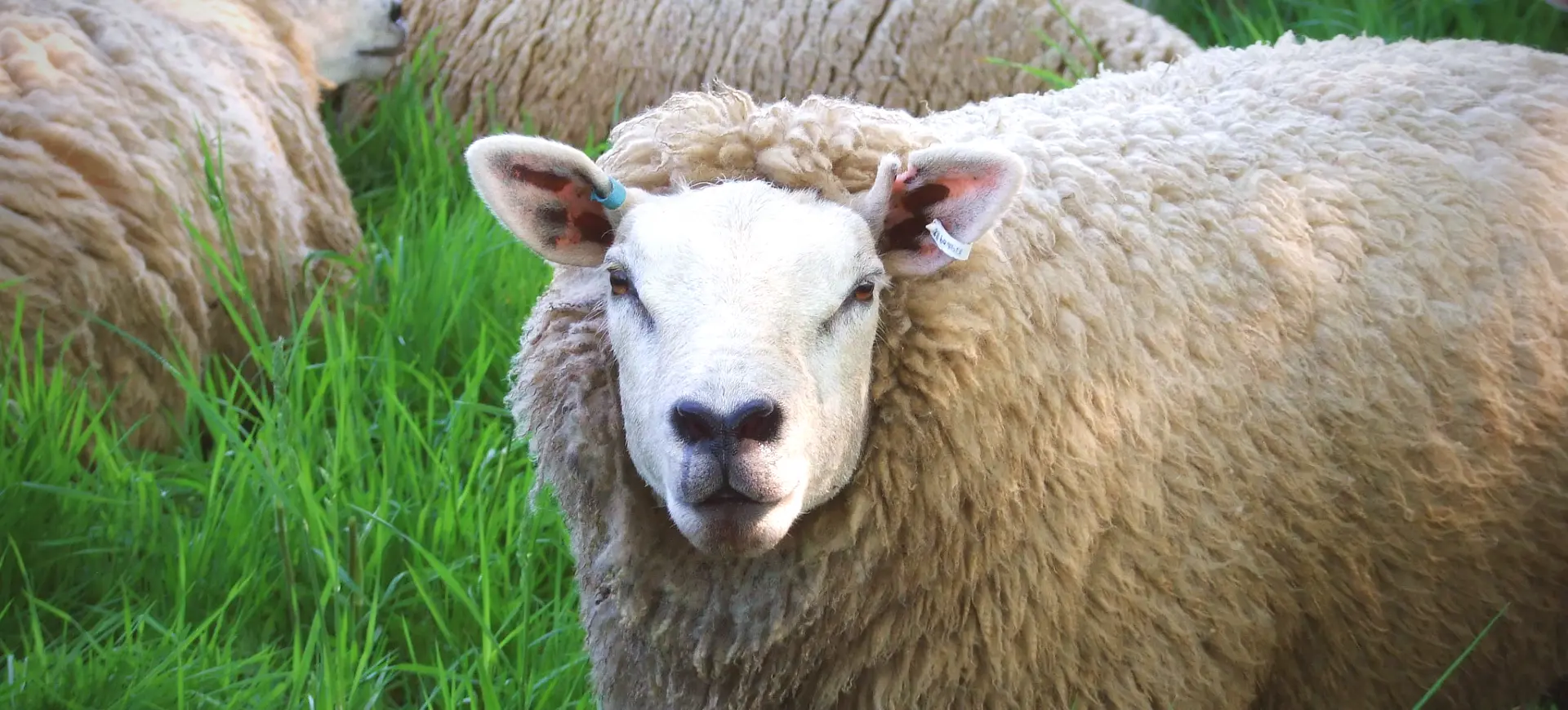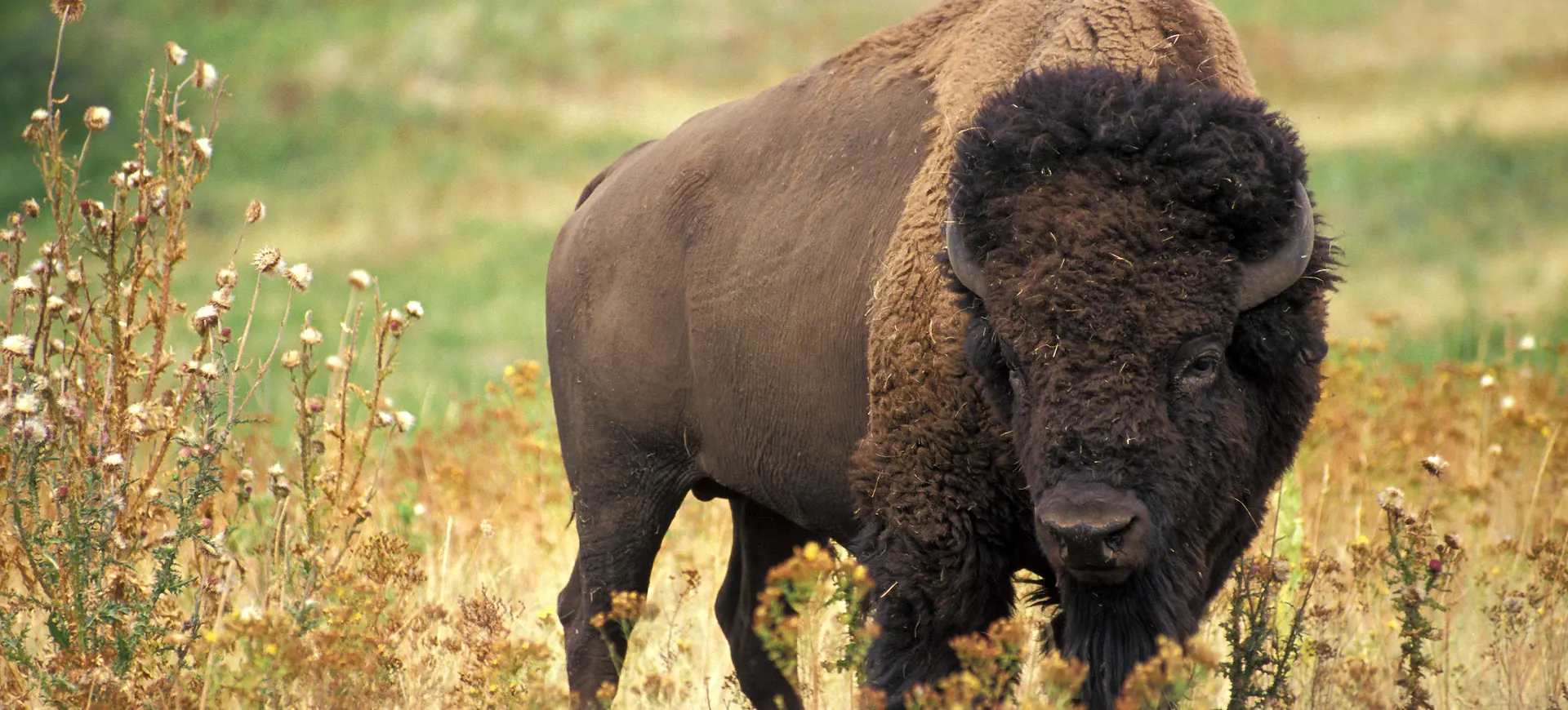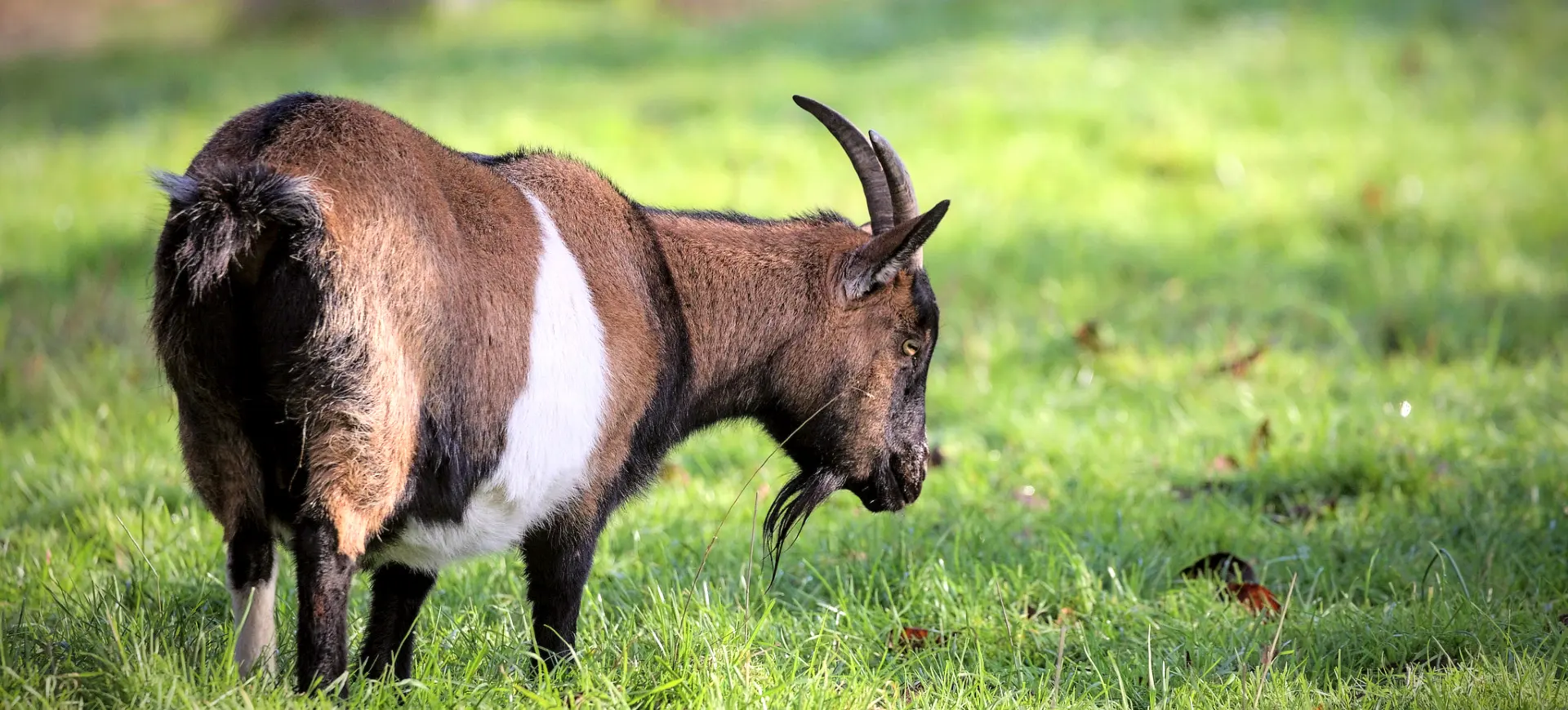Overview
The Common Waterbuck (Kobus ellipsiprymnus ellipsiprymnus) is a large, robust antelope noticeable for its distinctive fur and long, ringed horns. It is one of the two subspecies of waterbuck, the other being the Defassa. The Common Waterbuck is endemic to the grasslands and savannahs of sub-Saharan Africa and exhibits a preference for habitats near water sources. This trait has led to its name. The species is easily distinguishable by the distinctive white, elliptical ring or ‘target’ on its rump, a characteristic unique to this subspecies.
The Common Waterbuck is a large, heavy-set antelope. Males are larger than females, with thicker necks and heavier horns. The species’ coat is coarse and ranges from brown to gray. Males possess long, lyre-shaped, heavily ringed horns that can grow up to 40 inches long. While not known for their speed, waterbucks are capable swimmers who often take to water to escape predators.
Common Waterbucks are herbivorous and mainly graze on grasses. However, they have also been observed feeding on herbs, leaves, and shoots when grass is scarce. They tend to be more active during the cooler parts of the day, resting in the shade during the hotter hours. Social organization is both sex and age-specific, with adult males leading solitary lives while females and their offspring forming herds of varying sizes.
Taxonomy
Kingdom
Phylum
Class
Order
Family
Genus
Species
Sub Species
Type
Physical Description:
Common Waterbucks are large, robust antelopes. They have a strong, muscular build with a somewhat fuzzy appearance due to their coarse, shaggy coat that varies from reddish-brown to grayish. Males are larger and heavier than females, though not by much.
Males have long, curved, heavily ridged horns measuring up to 40 inches long. The horns have a forward curve and then sweep back and up. The females, on the other hand, are hornless. Both sexes have a mane of hair that runs from the top of the head down the back of the neck. Their eyes and nose are surrounded by white, while their ears are large and rounded. Most notably, both sexes have a white ring around their rump, which is how you can tell this subspecies apart.

Lifespan: Wild: ~18 Years || Captivity: ~23 Years

Weight: Males: 198-600 lbs (90-272 kg) || Females: 154-478 lbs (70-217 kg)

Length: Males: 82-102 inches (210-260 cm) || Females: 78-92 inches (198-234 cm)

Height: Males: 50-54 inches (127-137 cm) || Females: 45-50 inches (114-127 cm)

Top Speed: 30 mph (48 km/h)
Characteristic:
Native Habitat:
Common Waterbucks are native to the savannahs and grasslands of sub-Saharan Africa. They prefer areas with access to water and are often found in areas with a combination of grassland and woodland. While they can survive in various habitats, from dry savannahs to wet marshes, they avoid dense forests and deserts.
Their range includes floodplains, grasslands, and woodland savannahs near rivers and lakes. They need a constant drinking water supply and seldom wander far from water sources. They are typically found at low altitudes but occasionally at higher altitudes in some of their range.
Climate Zones:
Biomes:
Biogeographical Realms:
Continents:
Countries:
Diet:
Diet & Feeding Habits:
Common Waterbucks are grazers, and their diet primarily consists of grasses. They prefer tall, coarse grasses and are known to select grasses with high protein content. They supplement their diet with herbs, shrubs, and leaves, particularly during the dry season when grass is scarce.
The availability and quality of grass largely influence their grazing behavior. They typically graze in the early morning and late afternoon, avoiding the midday heat. During the wet season, when grass is abundant, they tend to be more selective, feeding on the most nutritious grasses. However, during the dry season, they become less selective and consume a wider variety of plant material.
Mating Behavior:
Mating Description:
The mating system of the Common Waterbuck is primarily polygynous, with males competing for access to females. Males establish territories that they defend against other males. These territories are usually located in prime habitats with abundant resources, which attract females.
Males perform a variety of behaviors to attract females and deter rivals, including vocalizations, scent marking, and displays of their horns. Once a female is receptive, the male will court her by following her closely and performing a series of behaviors, such as sniffing and licking. After mating, the female will leave the male’s territory.
Reproduction Season:
Birth Type:
Pregnancy Duration:
Female Name:
Male Name:
Baby Name:
Social Structure Description:
Common Waterbucks have a complex social structure. Adult males are typically solitary and territorial, defending prime habitats against rivals. Females and their offspring form herds of varying sizes, ranging from a few individuals to over thirty. A dominant female typically leads these herds.
Male herds are also common, particularly among young males who have not yet established a territory. These herds are temporary, and the members eventually leave to establish their territories. During the mating season, males become more aggressive, and there is an increase in interactions between males.
Groups:
Conservation Status:
Population Trend:
The Common Waterbuck population is currently stable, with an estimated 80,000 individuals in the wild. Populations are primarily concentrated in protected areas, safeguarded from habitat loss and hunting threats. However, populations outside protected areas are vulnerable and may decline due to these threats.
While the species is currently listed as Least Concern by the IUCN, recent trends have shown this subspecies population has been decreasing. This is particularly important in regions where habitat loss and hunting are prevalent, as these could potentially lead to population declines in the future.
Population Threats:
The main threats to the Common Waterbuck include habitat loss, hunting, and competition with livestock. Habitat loss due to agricultural expansion, deforestation, and human settlement is reducing the availability of suitable habitats. Hunting for meat and trophies also poses a threat, particularly in weak law enforcement areas.
Competition with livestock can lead to reduced availability of food and water, particularly during the dry season. Diseases transmitted by livestock can also pose a threat. However, the impact of these threats varies across their range and is generally lower in protected areas.
Conservation Efforts:
Conservation efforts for the Common Waterbuck primarily focus on habitat protection and law enforcement to prevent hunting. Protected areas play a crucial role in conserving the species, providing refuge from habitat loss and hunting threats. Enhancing the management of these areas is a key conservation strategy.
Community-based conservation initiatives are also important. These initiatives involve local communities in conservation efforts and provide benefits such as income from wildlife tourism. This helps to reduce hunting and habitat destruction, promoting coexistence between people and wildlife.
Additional Resources:
Fun Facts
- Common Waterbucks are known for their distinctive white ring on their rump, which has led to the Afrikaan’s name “ringgit,” meaning “circle bottom.”
- Despite their name, waterbucks do not spend much time in the water. However, they are good swimmers and will take to water to escape from predators.
- Male waterbucks’ long, curved horns are used in fights for dominance. They can also be used for defense against predators.
- Waterbucks have a strong musky odor, which is believed to be a deterrent against predators.
- Unlike many other antelopes, waterbucks do not have a seasonal breeding season. Instead, they can breed year-round.
- Waterbucks have a gestation period of 8-9 months, after which a single calf is born. The calf is then hidden in vegetation for a few weeks before joining the herd.
- Despite their size, waterbucks are not particularly fast runners. However, their endurance and ability to swim mean they can often escape predators.
- Waterbucks are not migratory and have a small home range. They usually stay within 2km of a water source.
- Waterbucks have a lifespan of up to 18 years in the wild and 20 years in captivity.
- The waterbuck is one of the largest antelopes in Africa, with males reaching up to 600 lbs.









